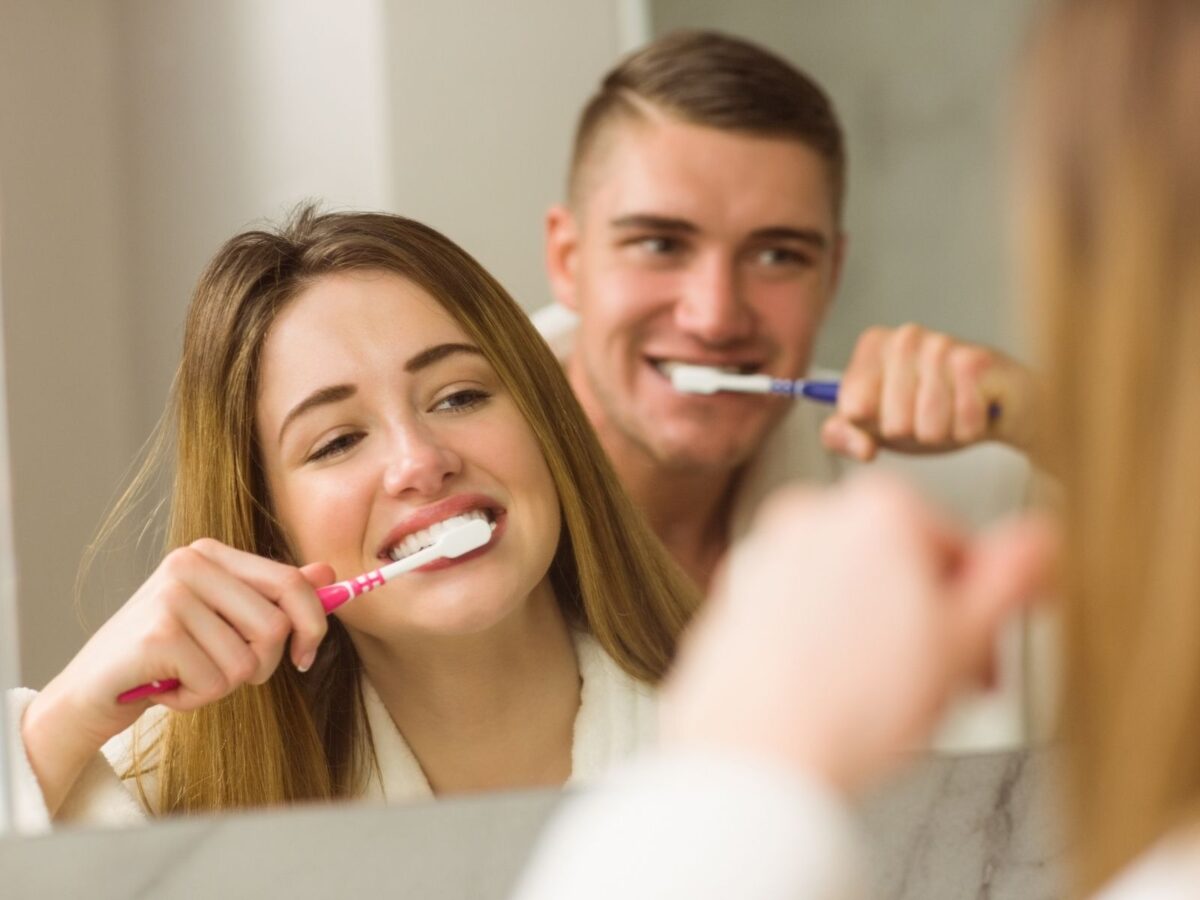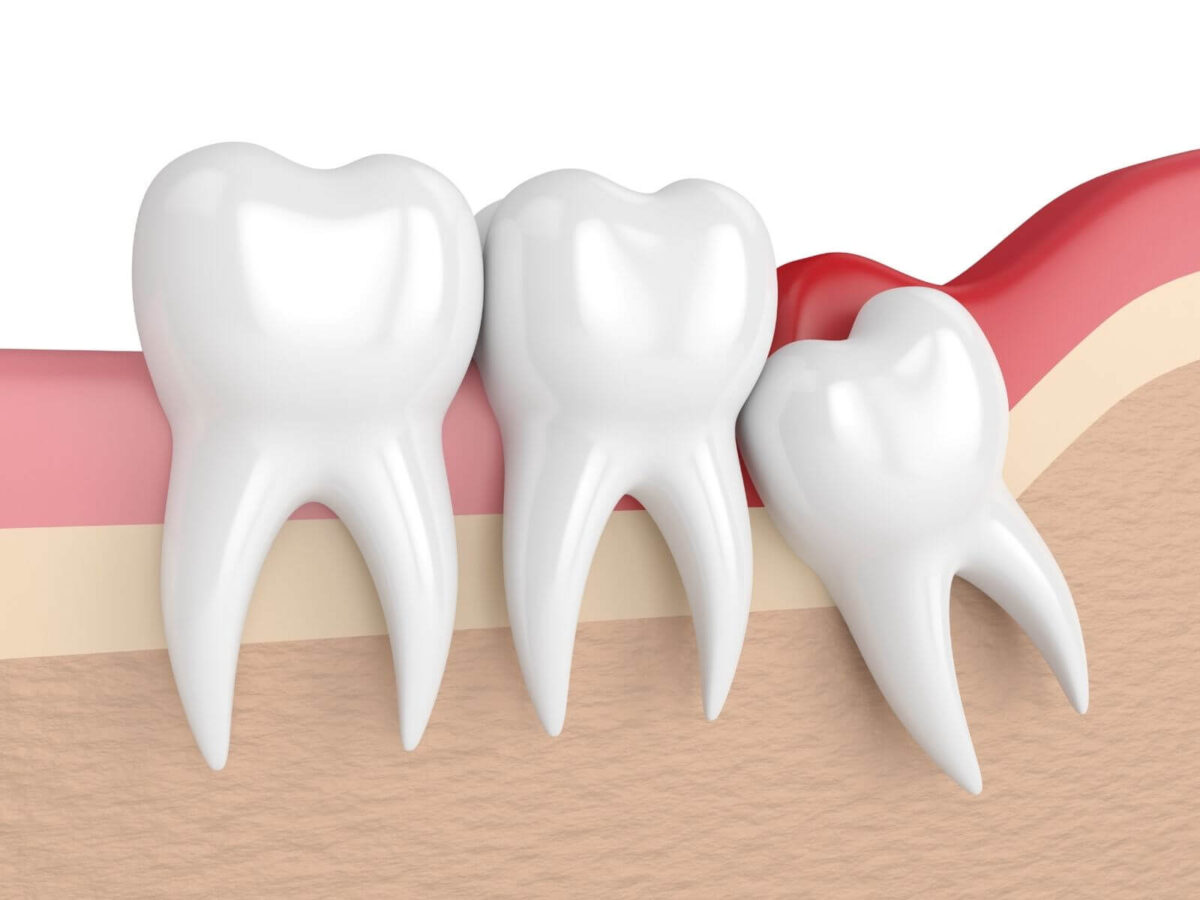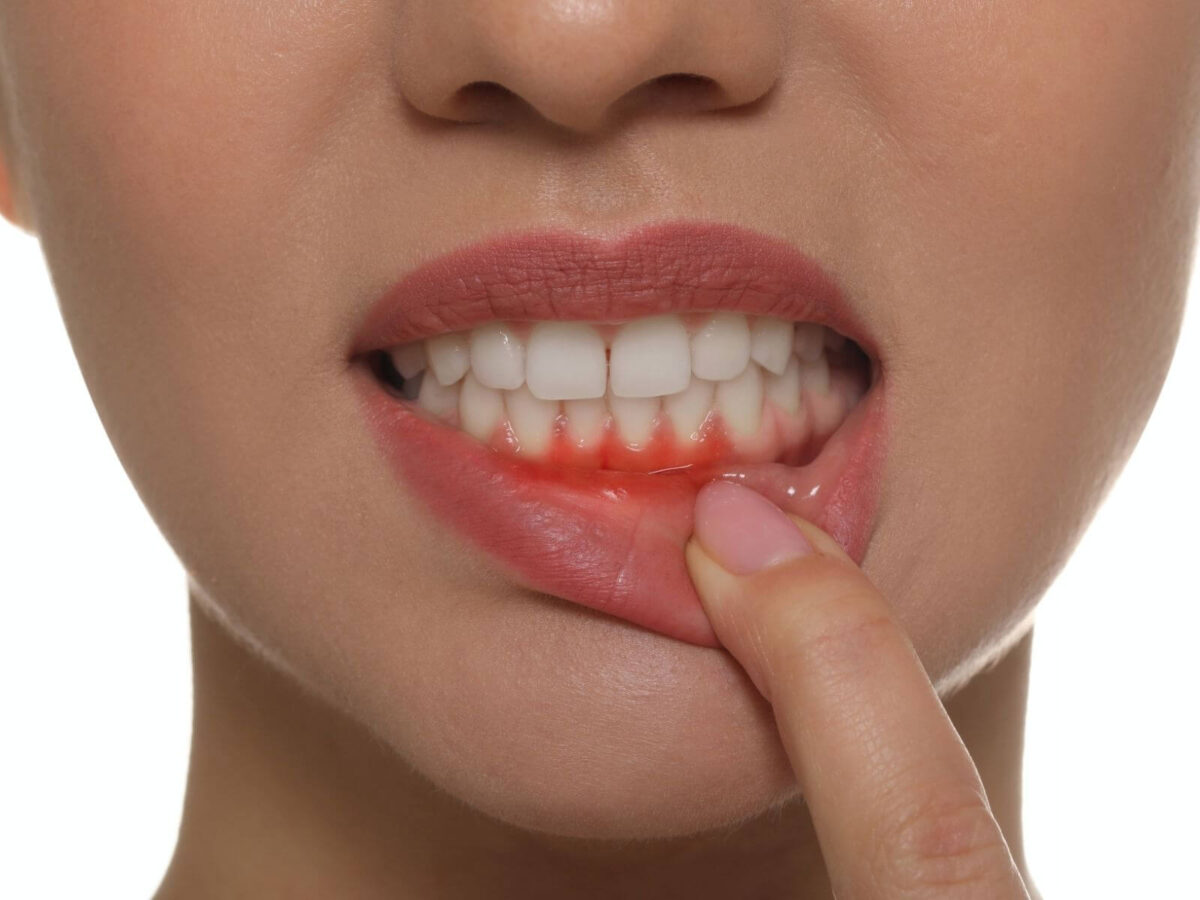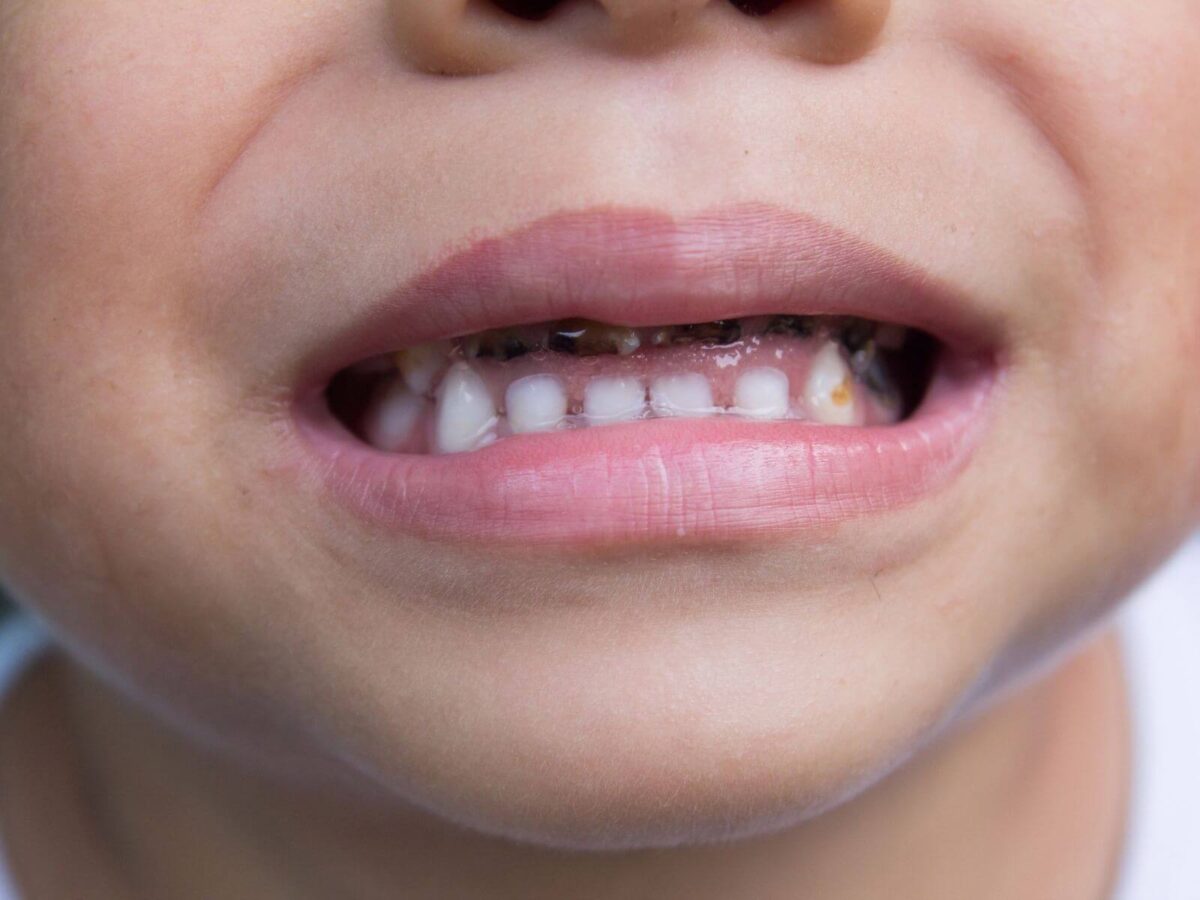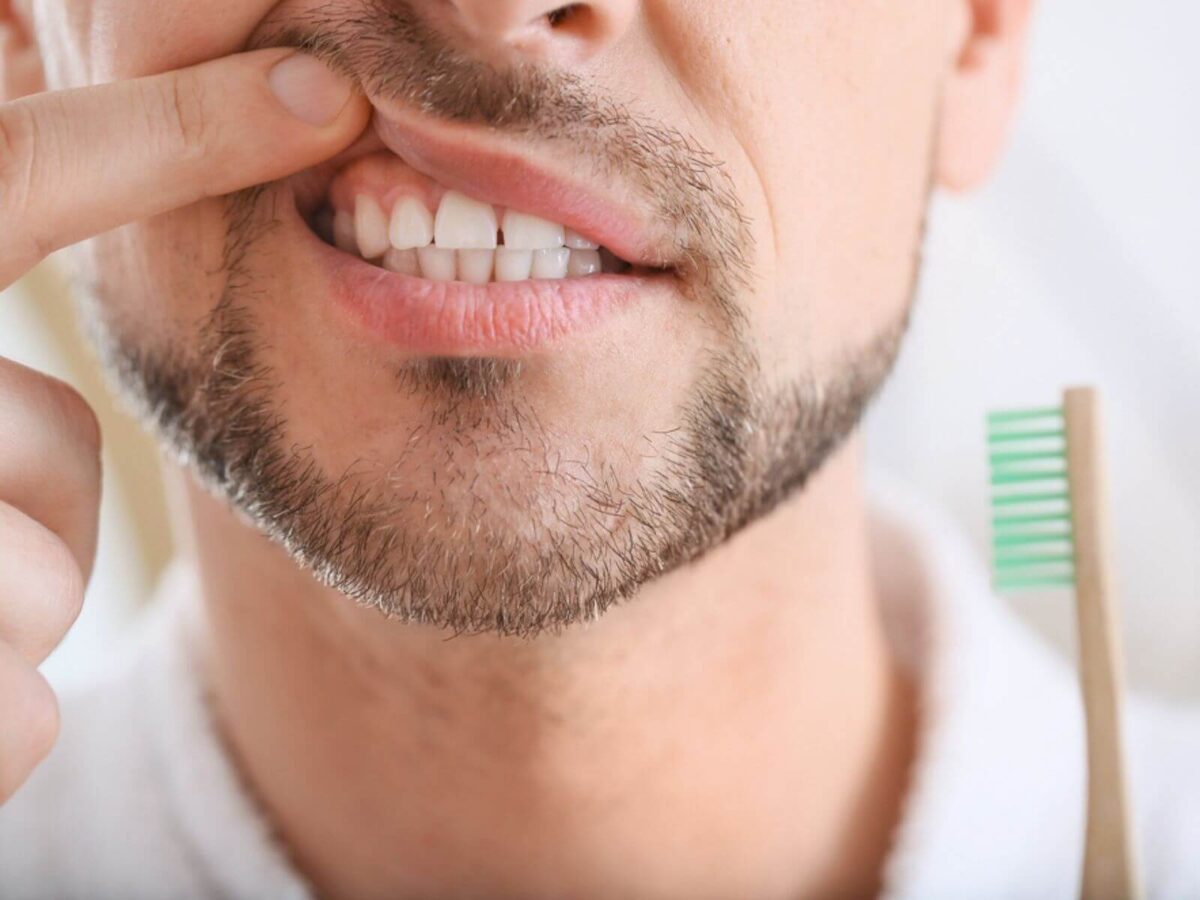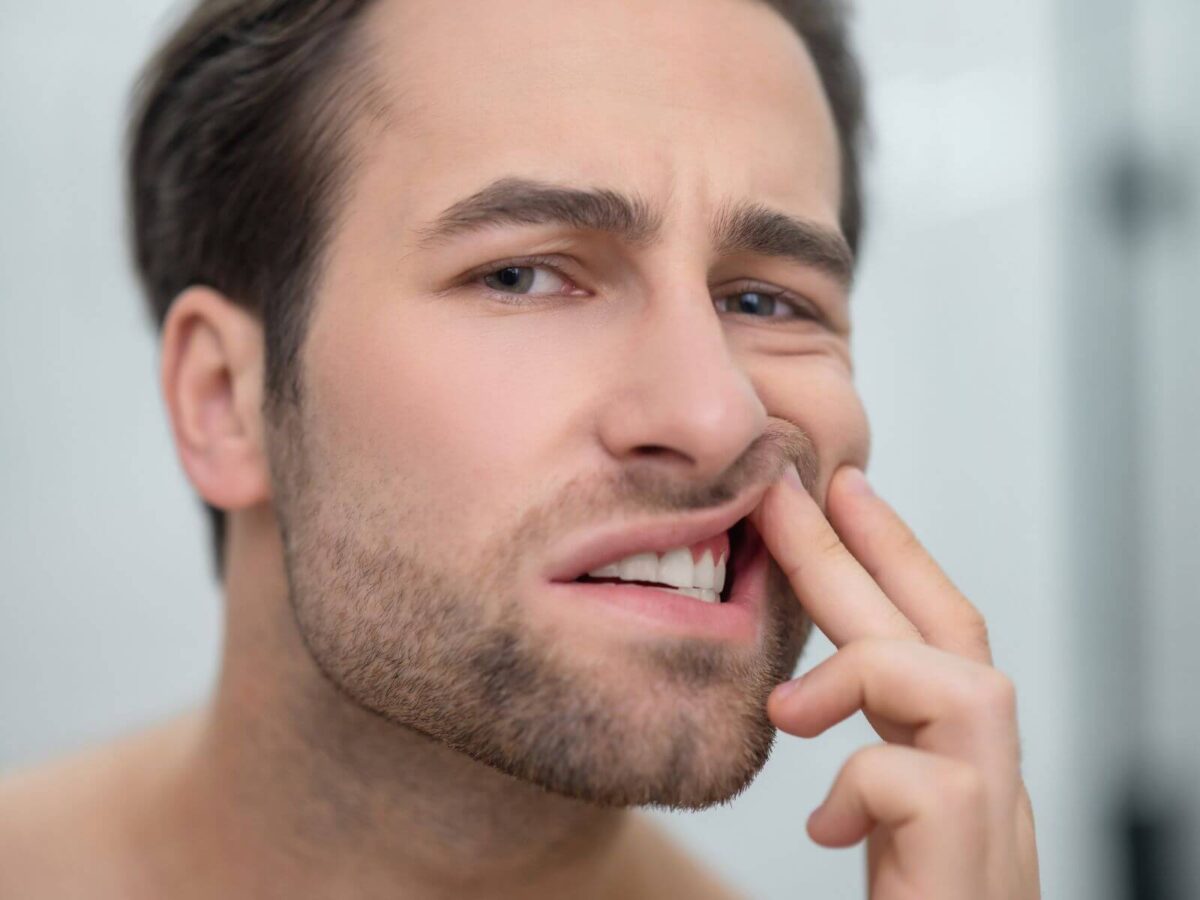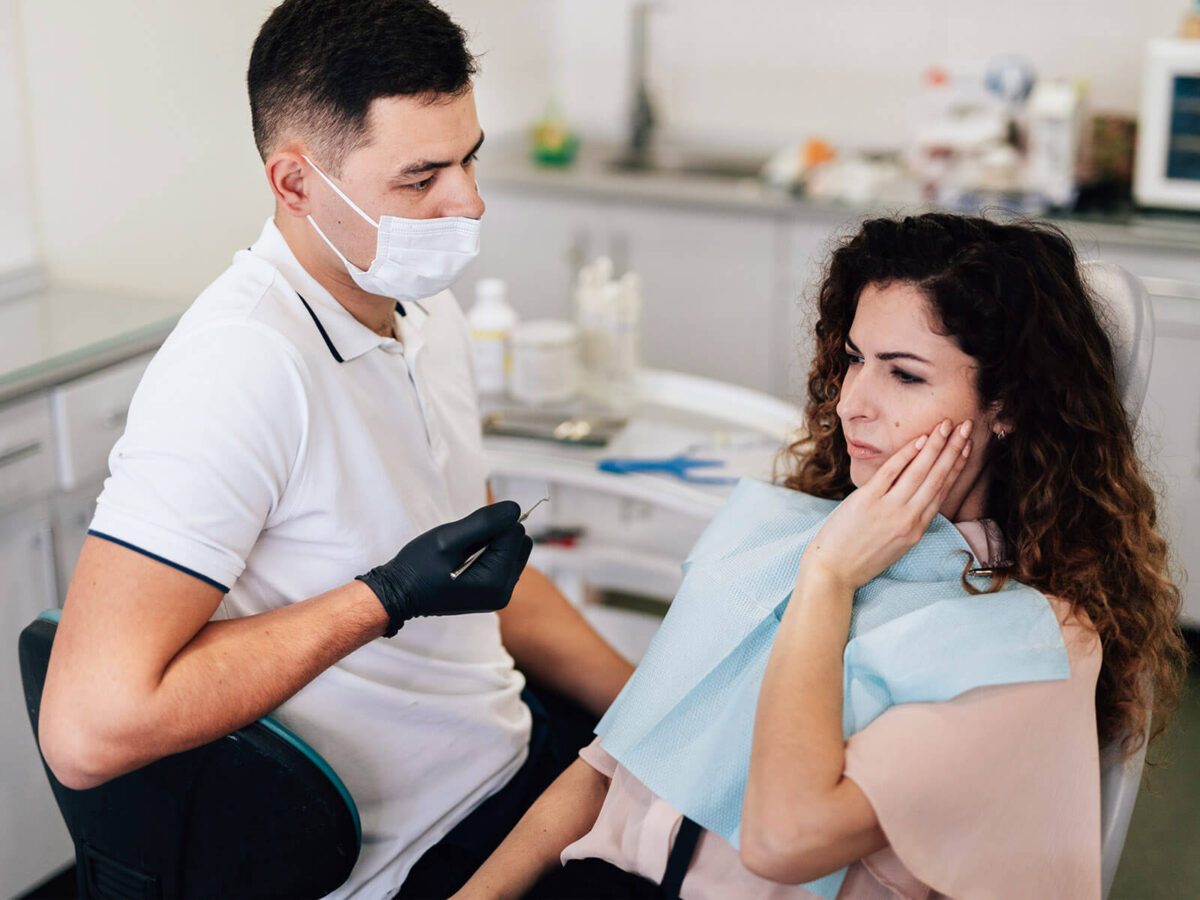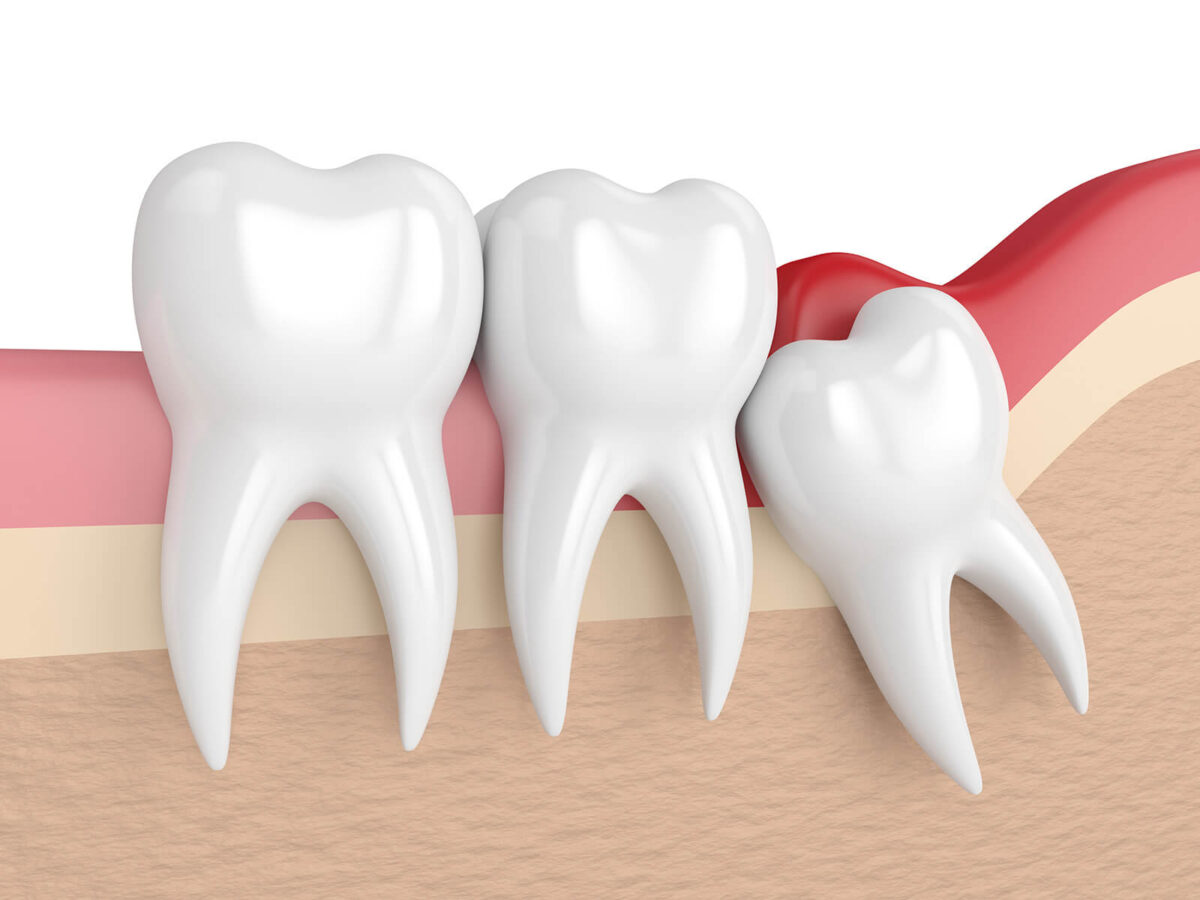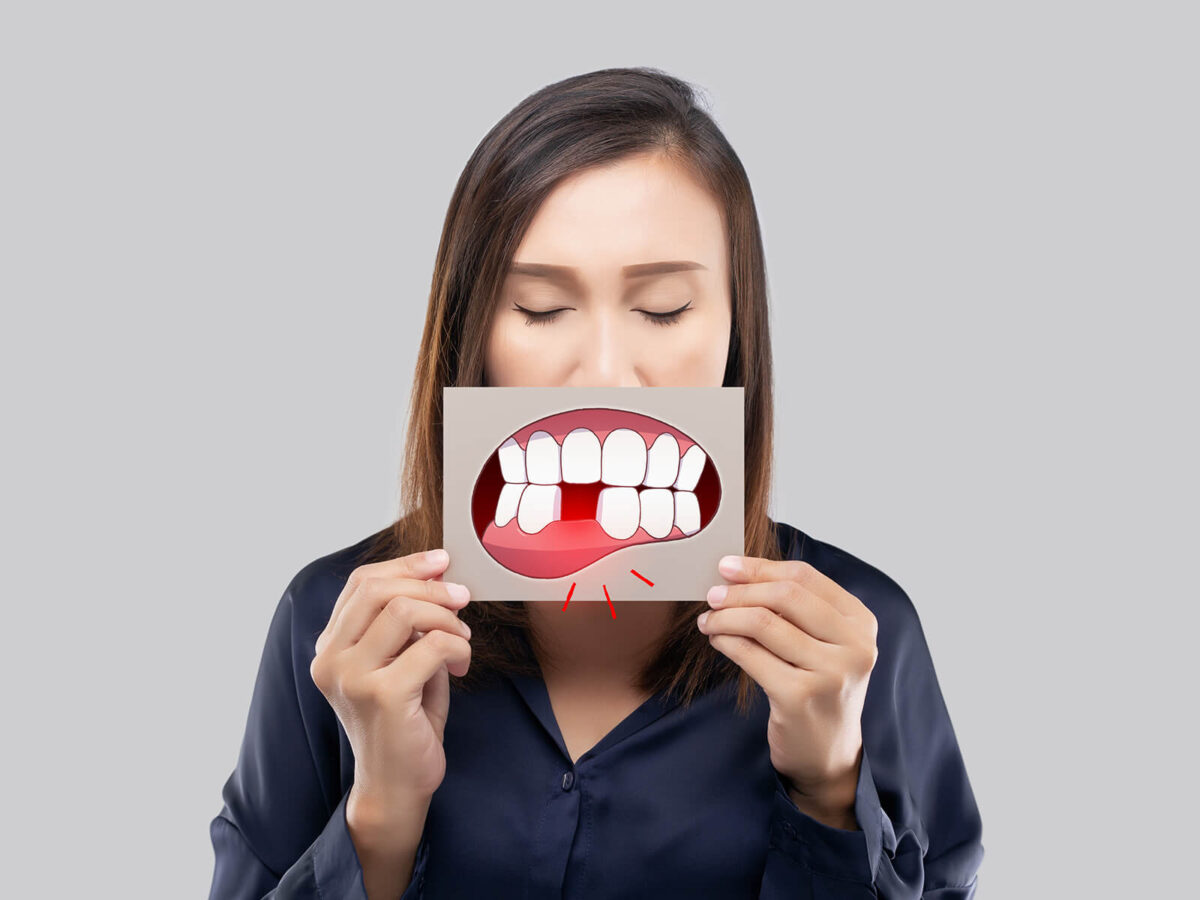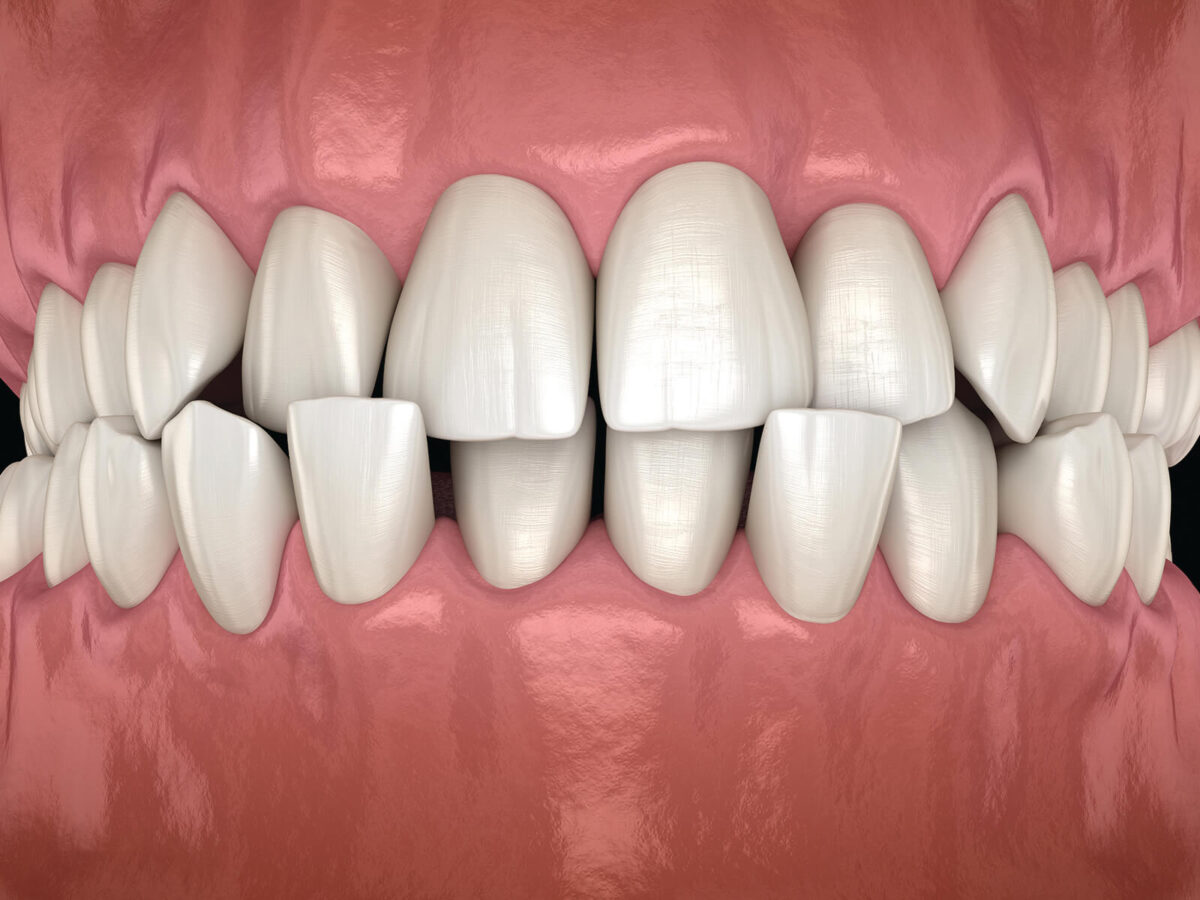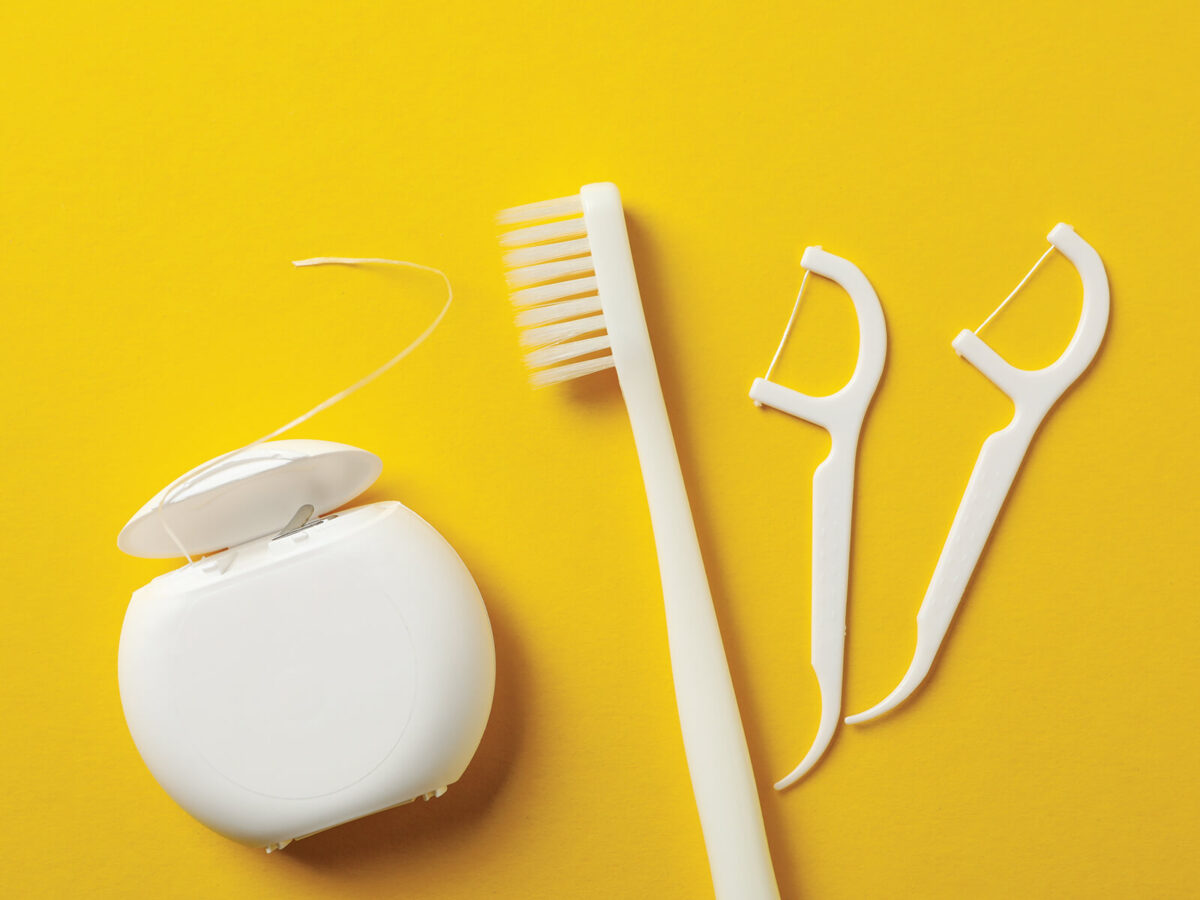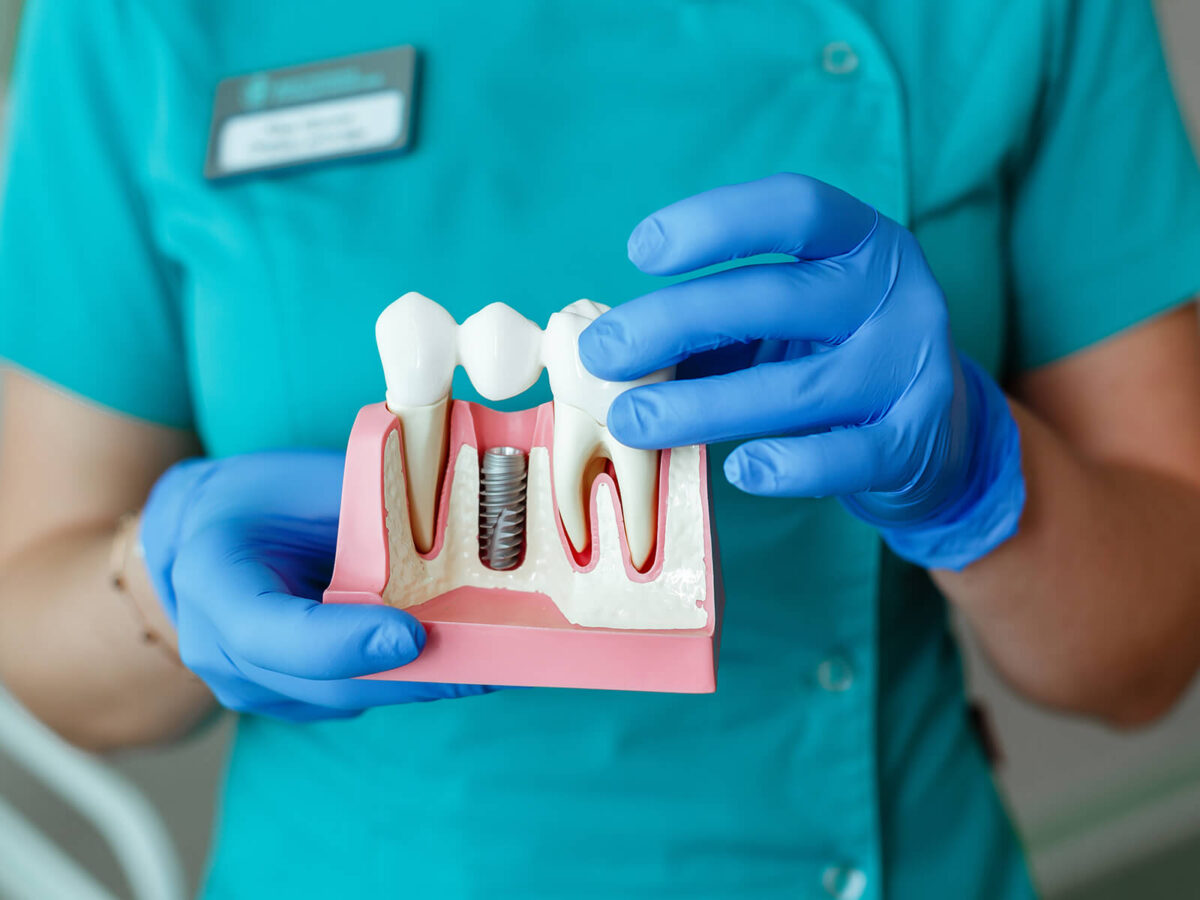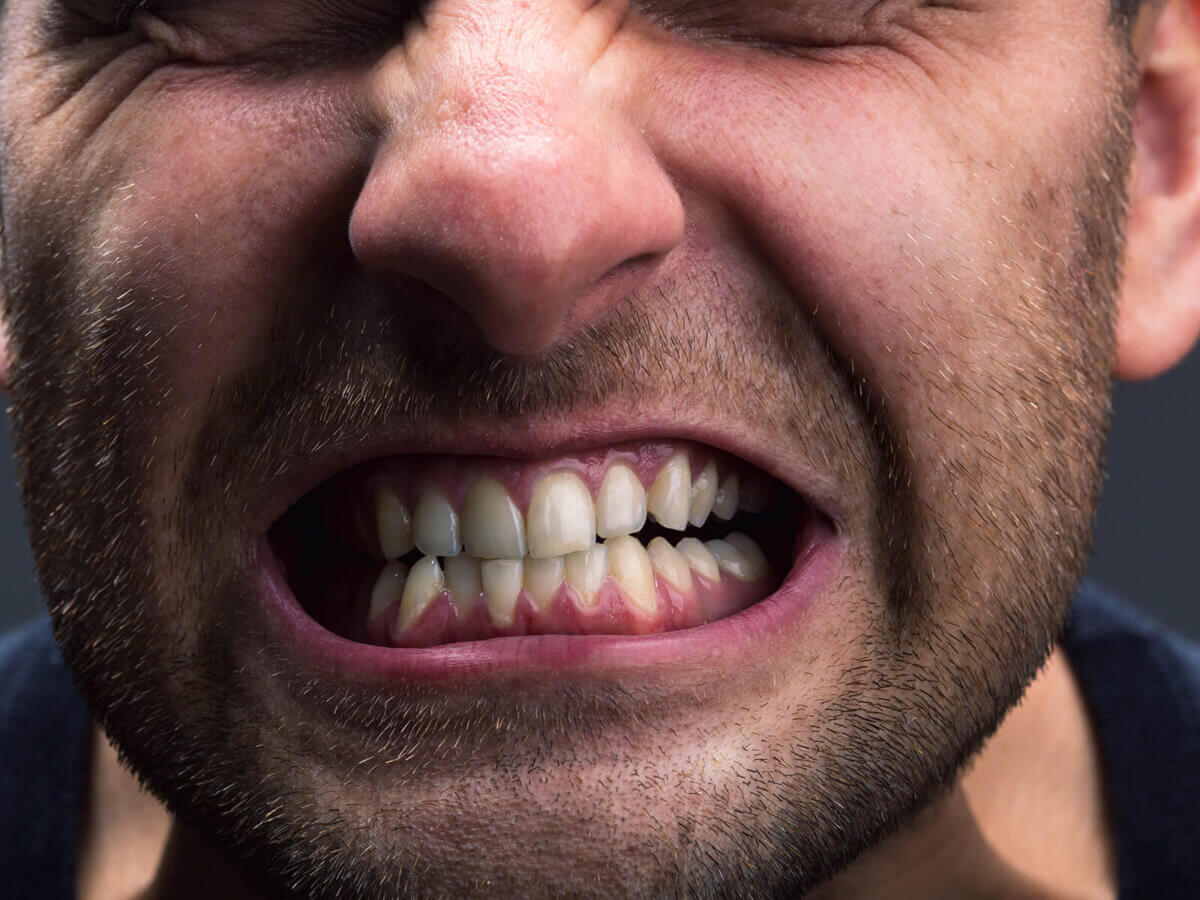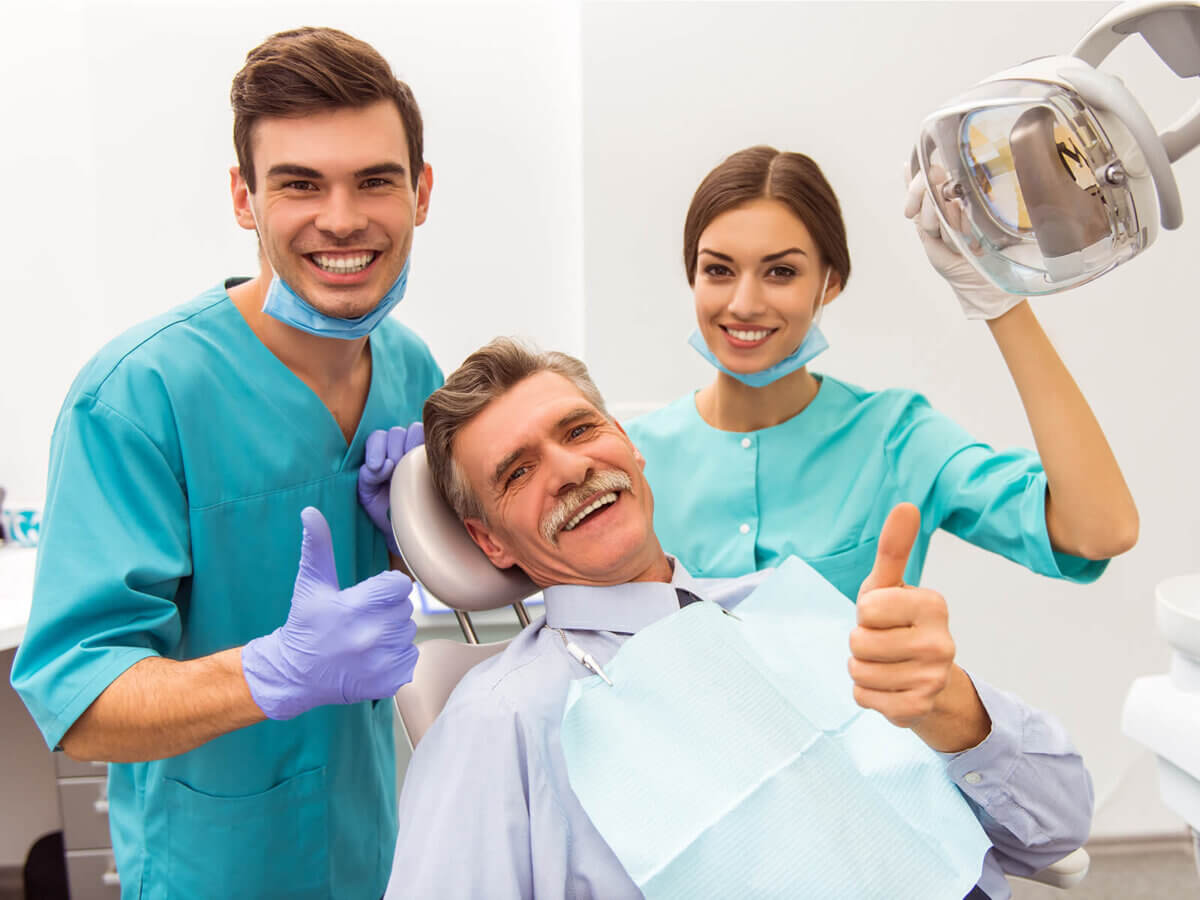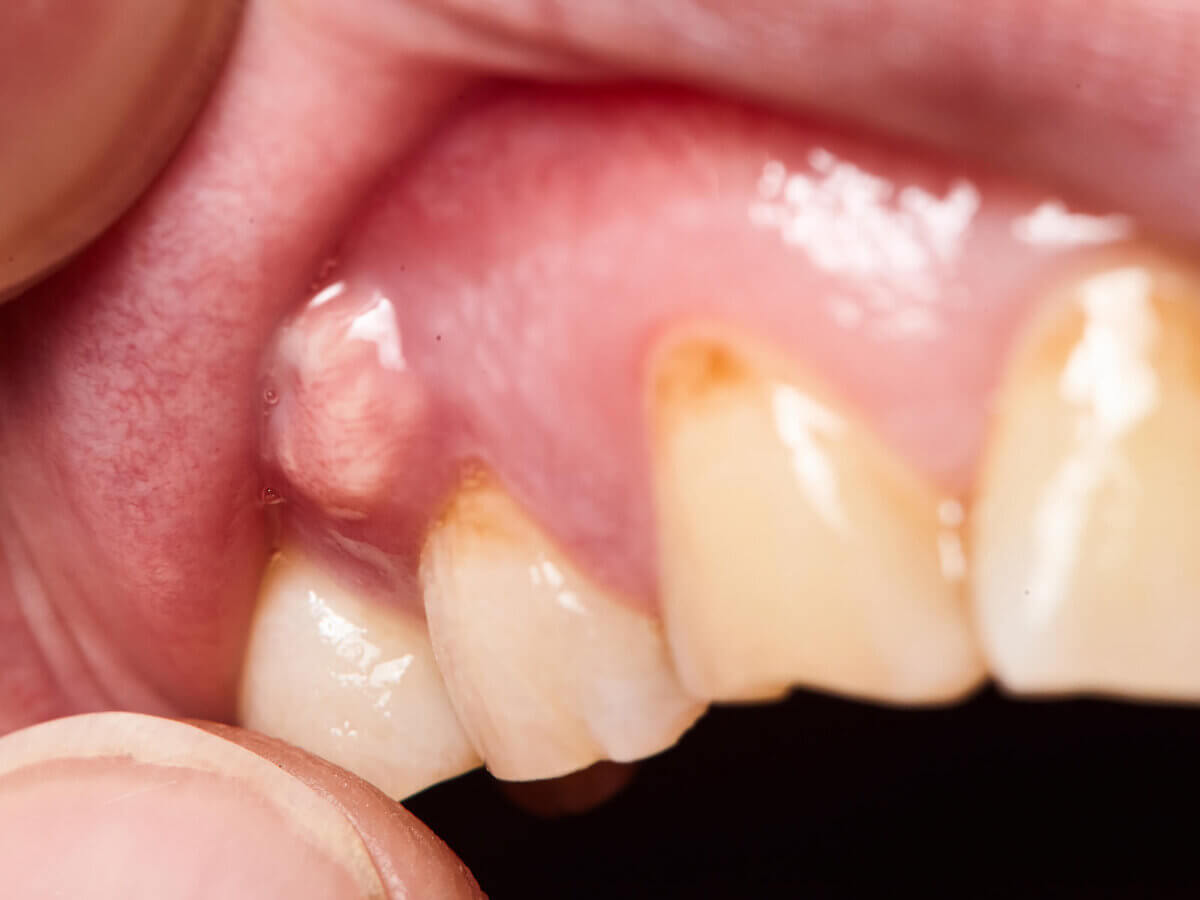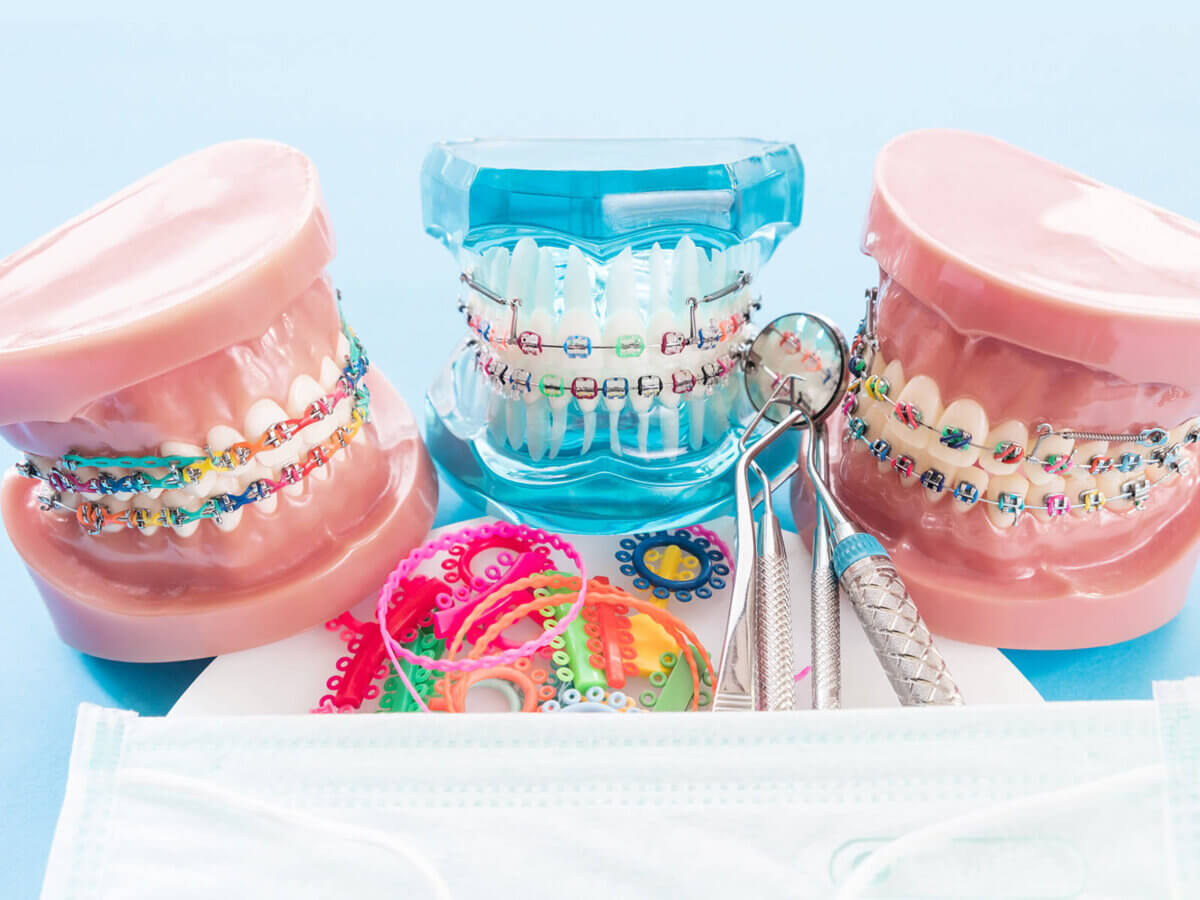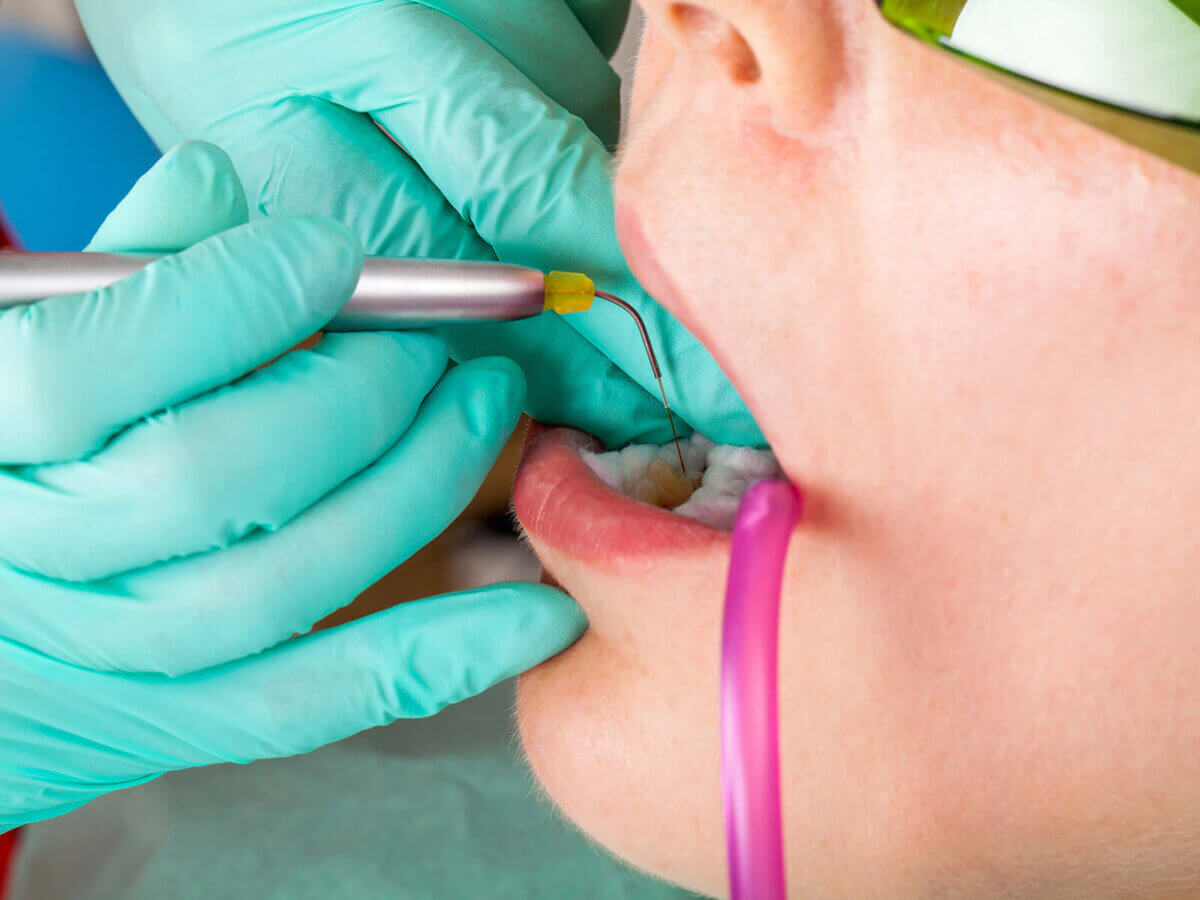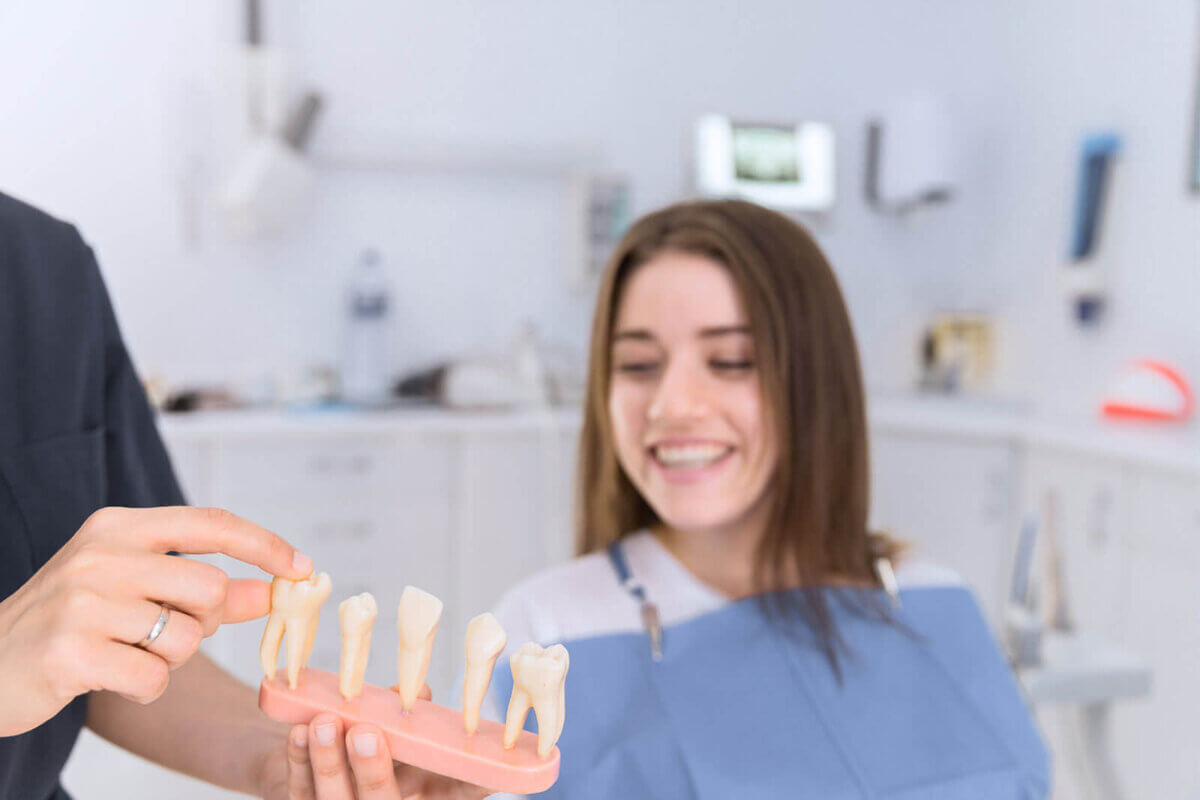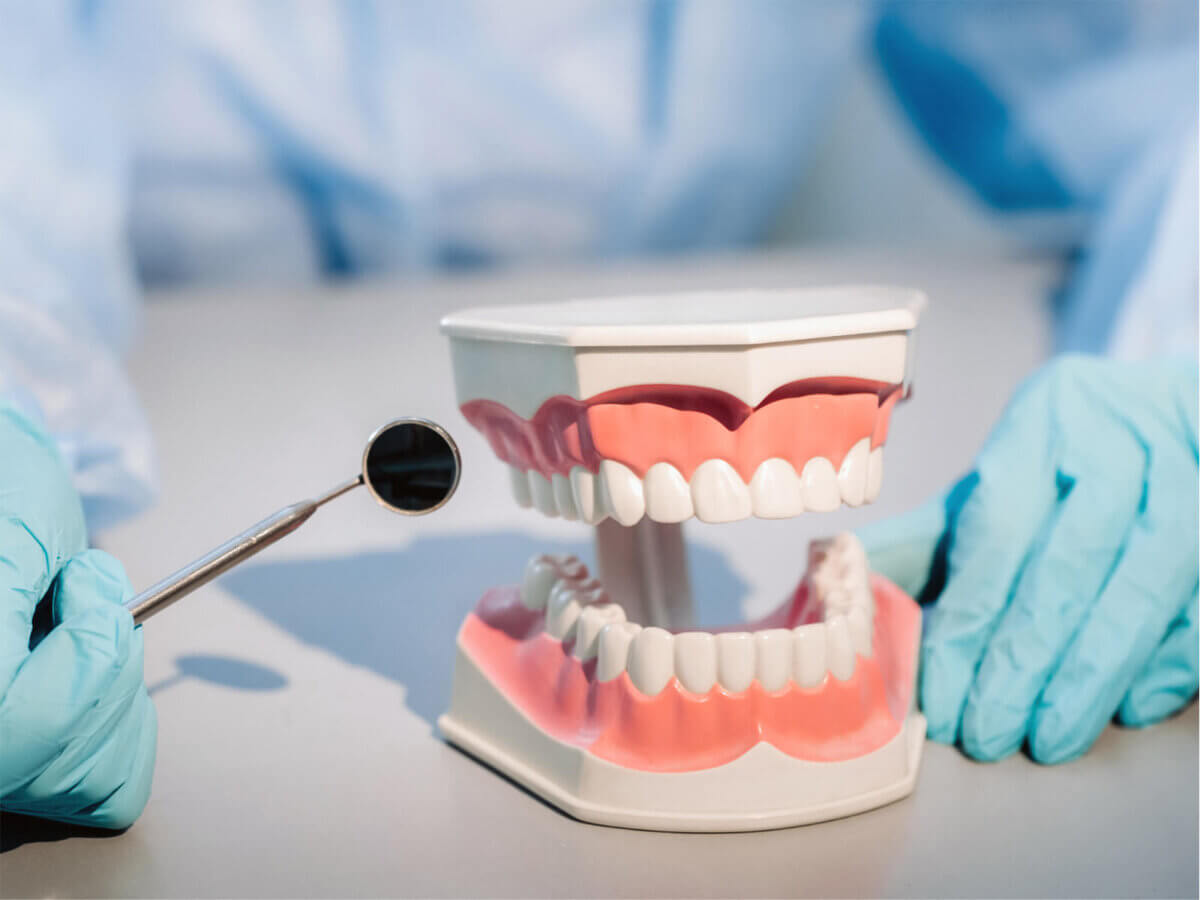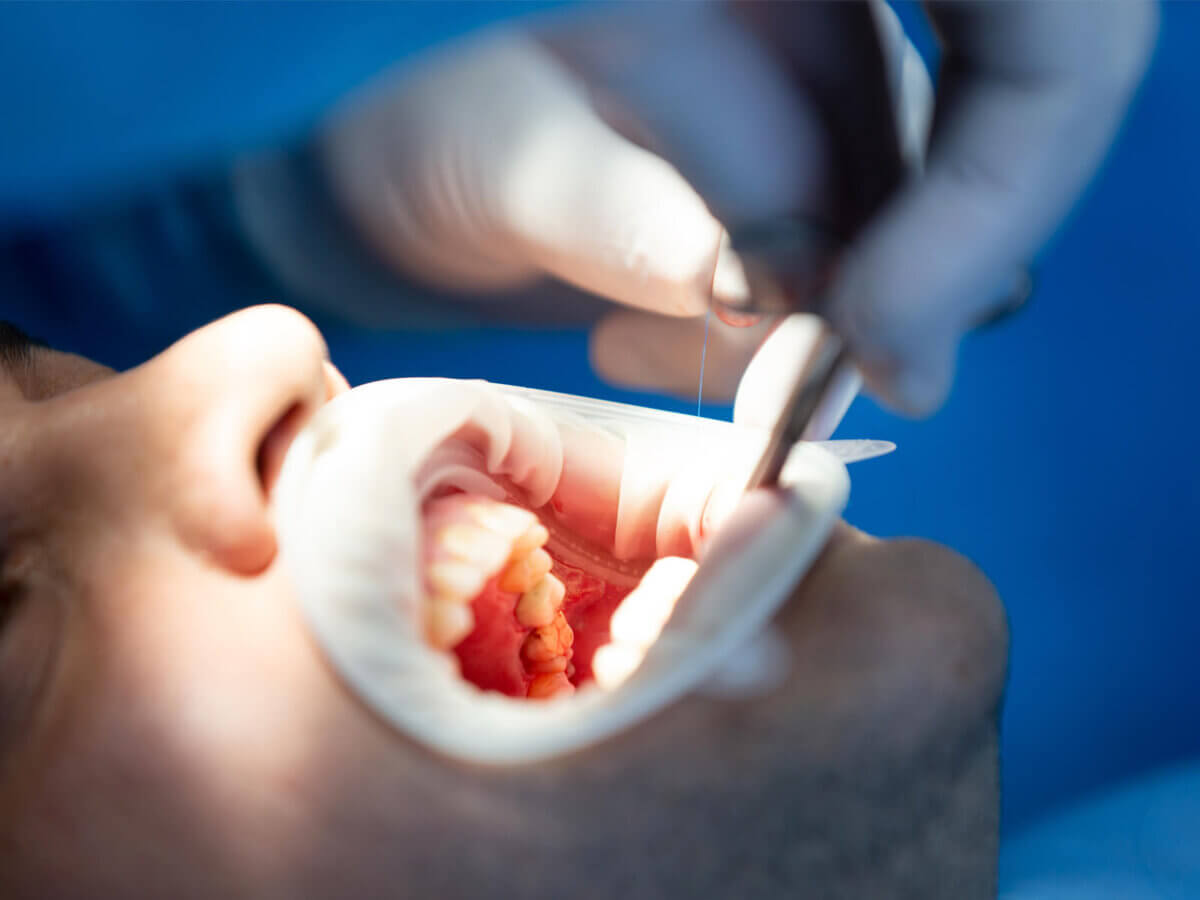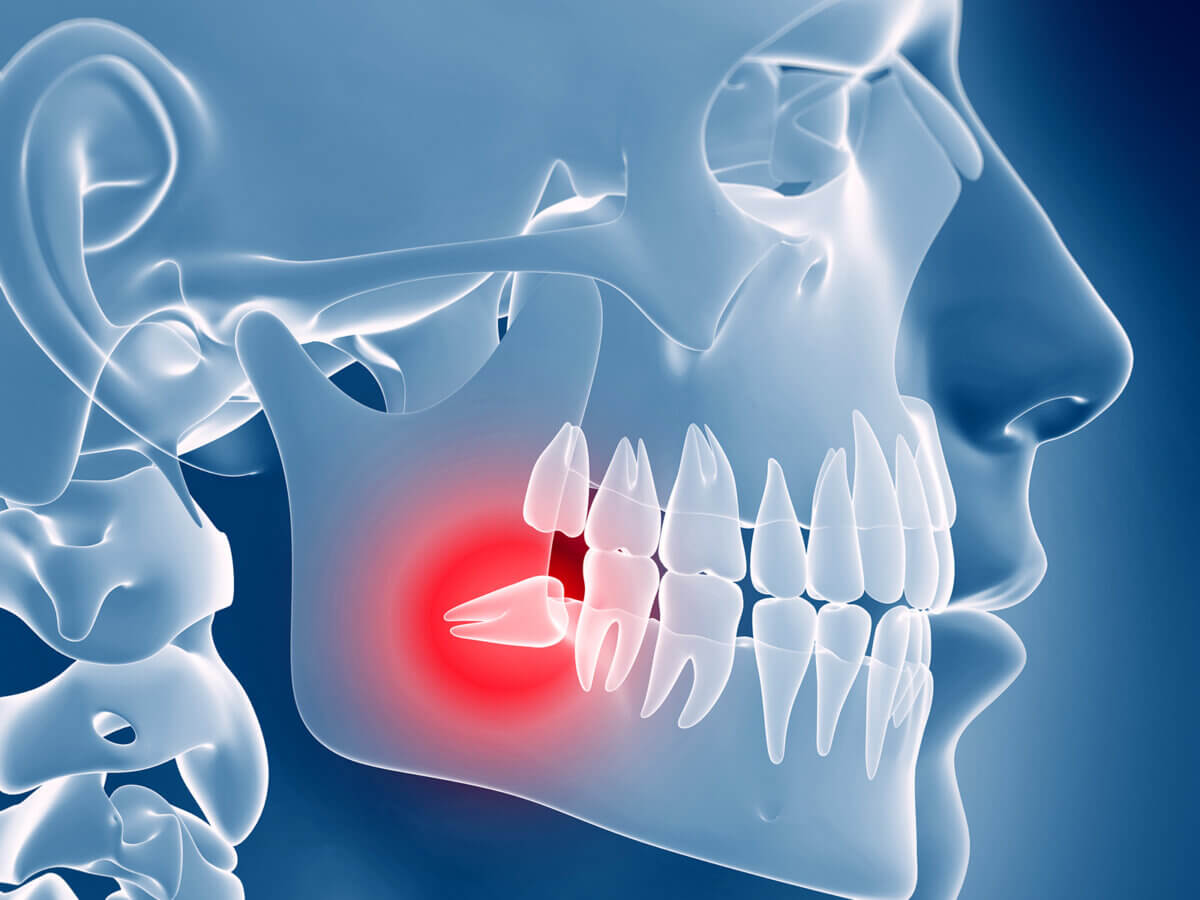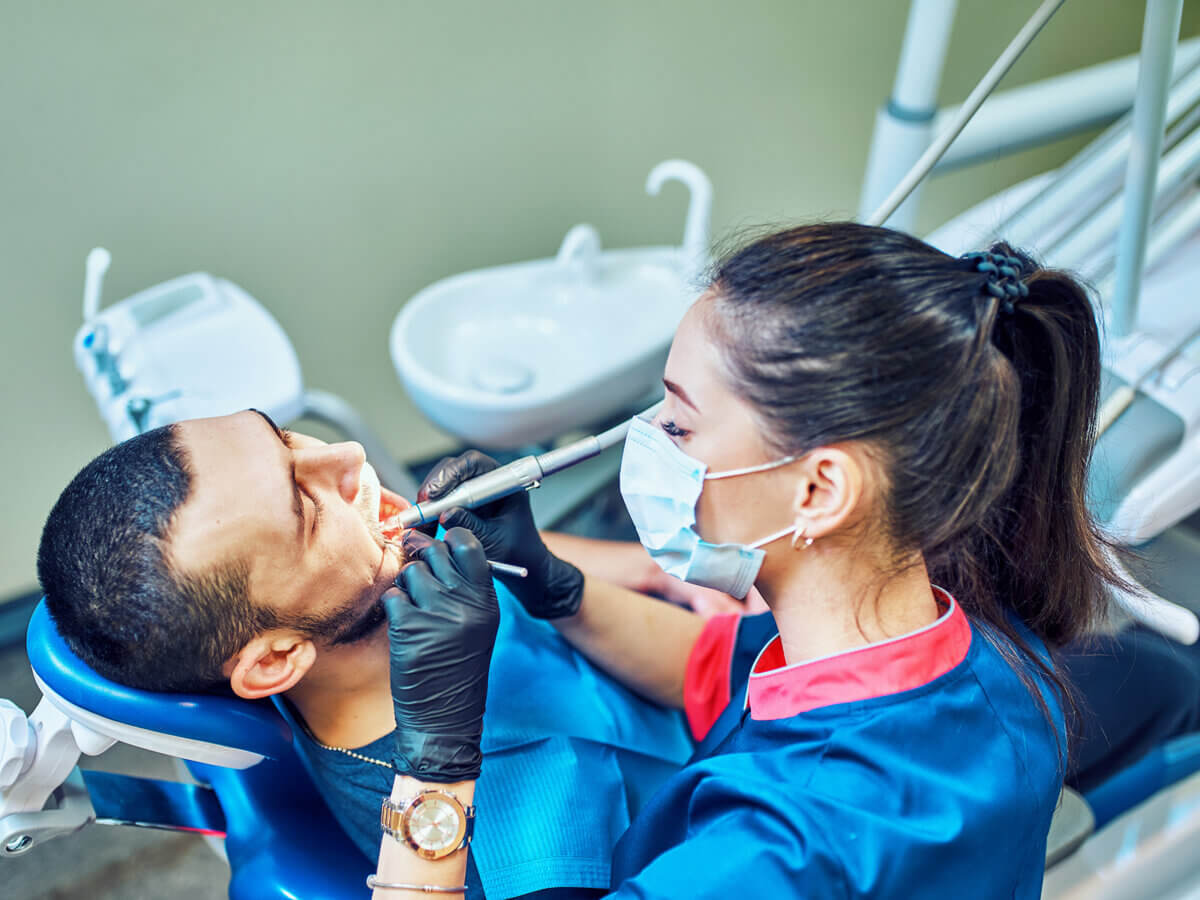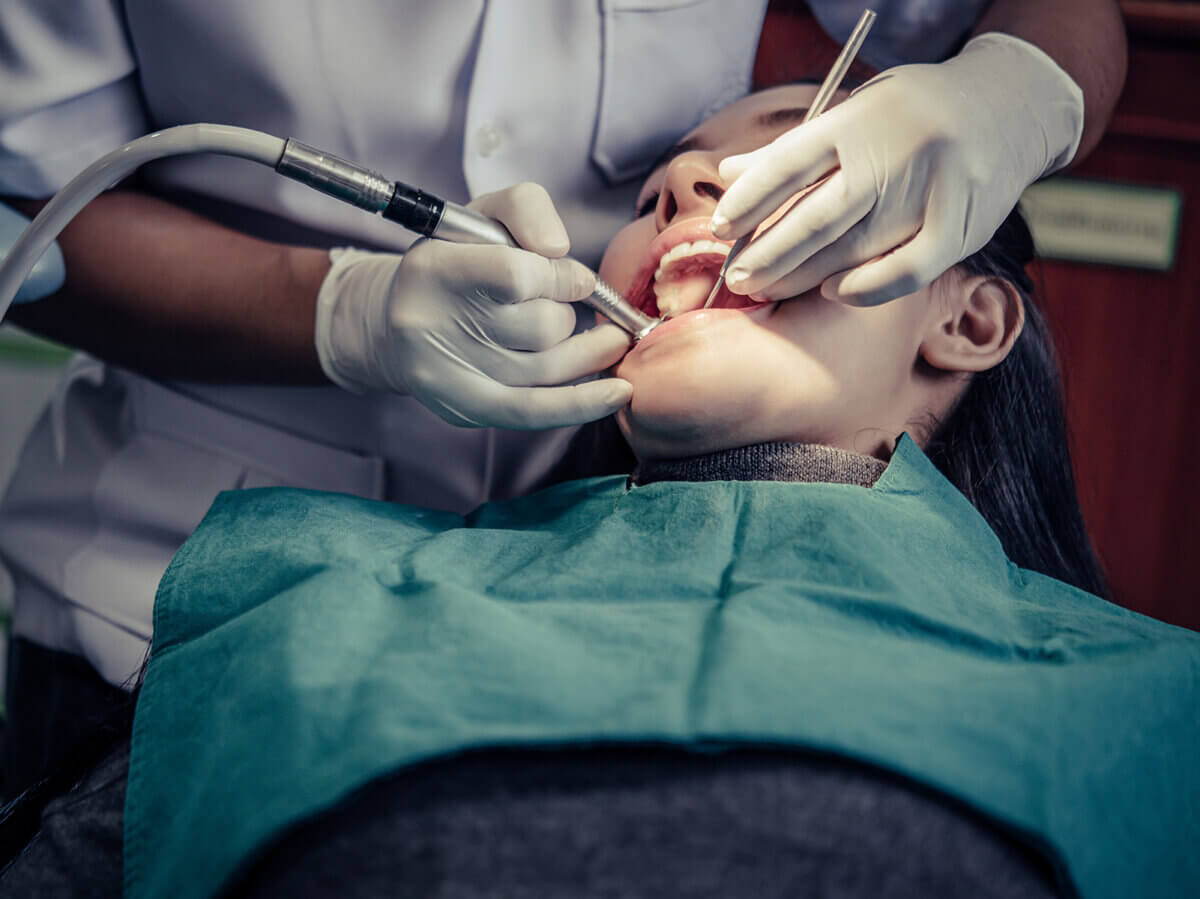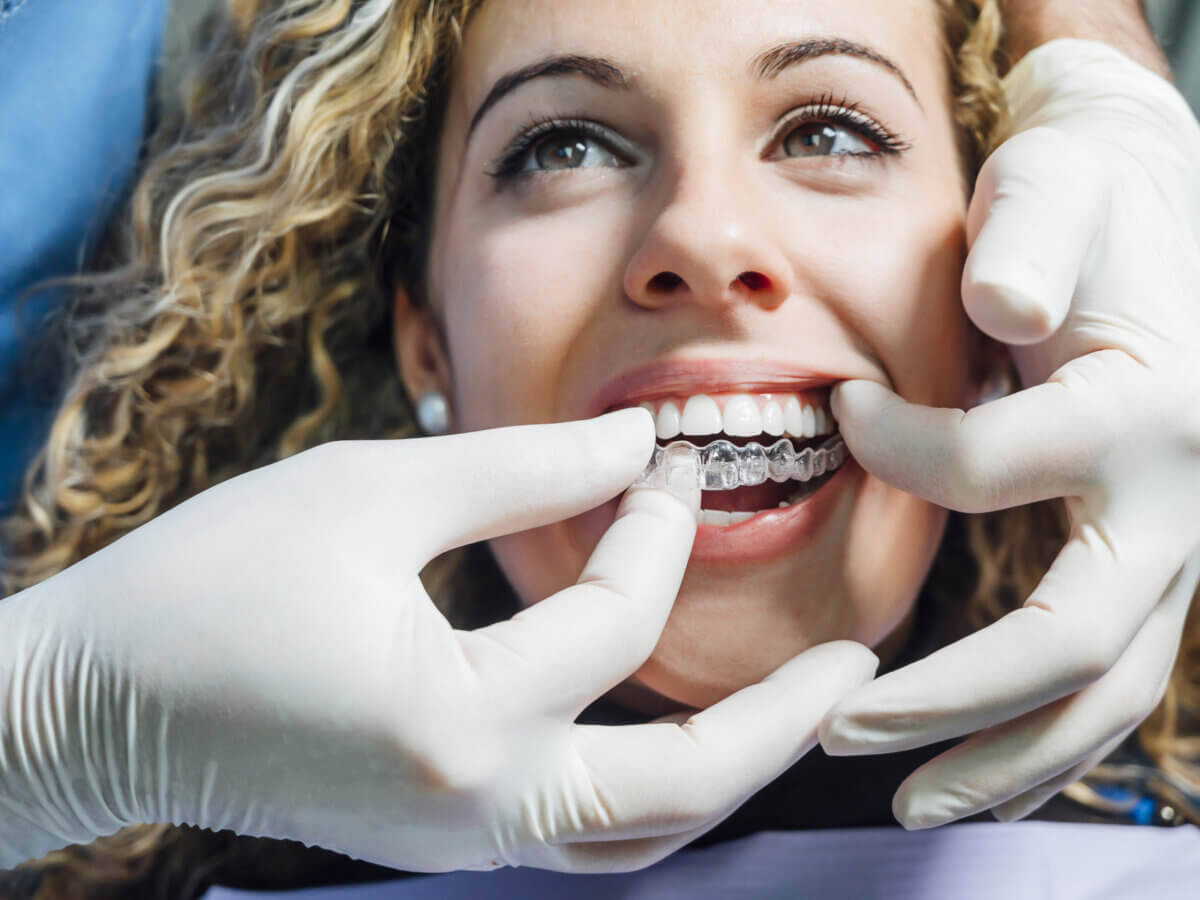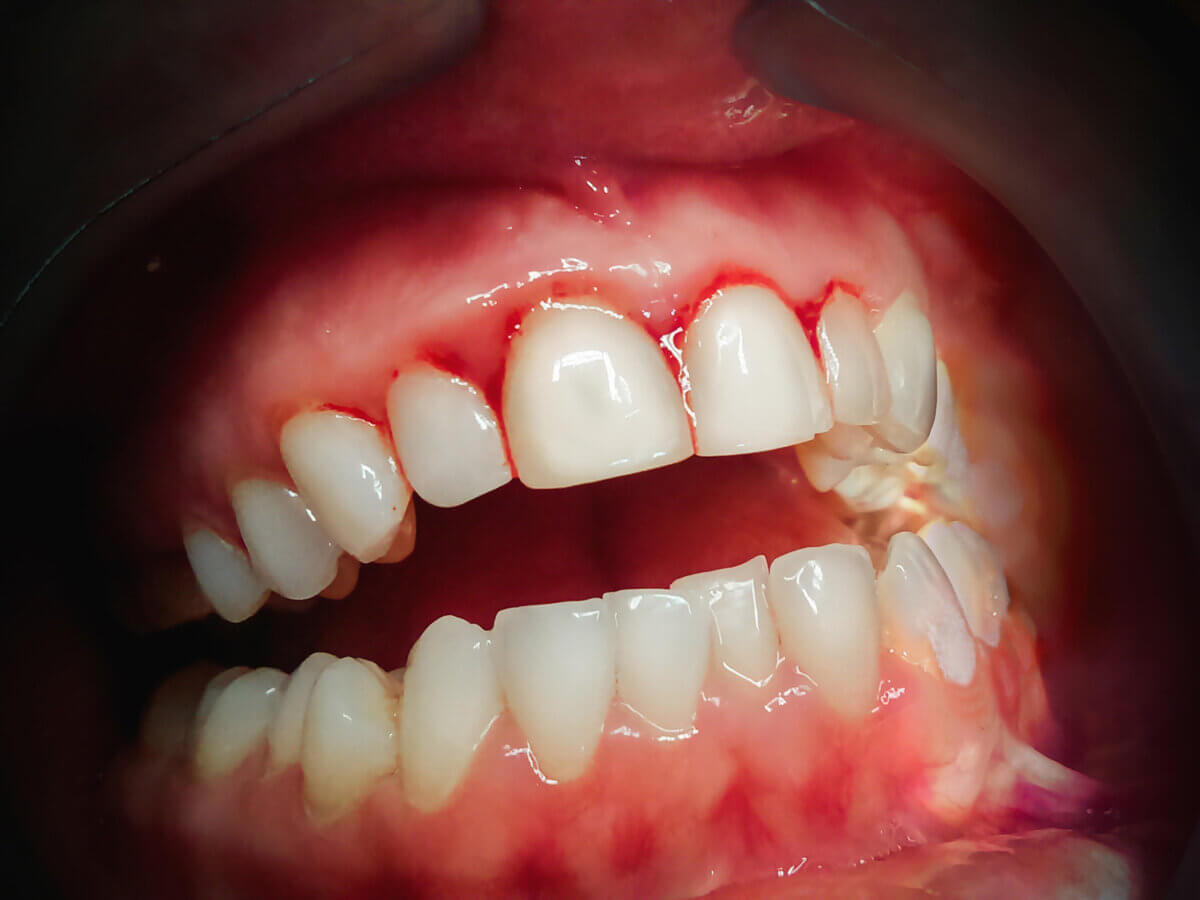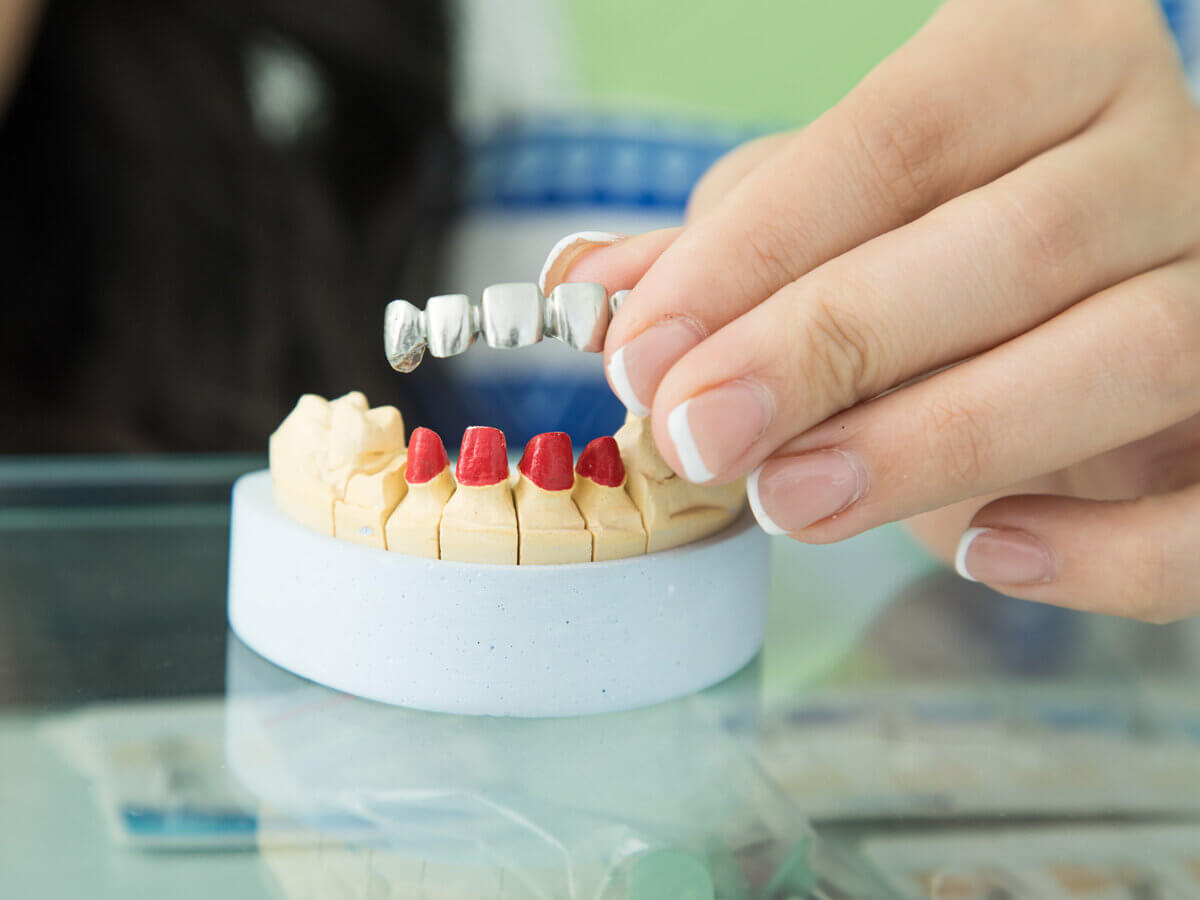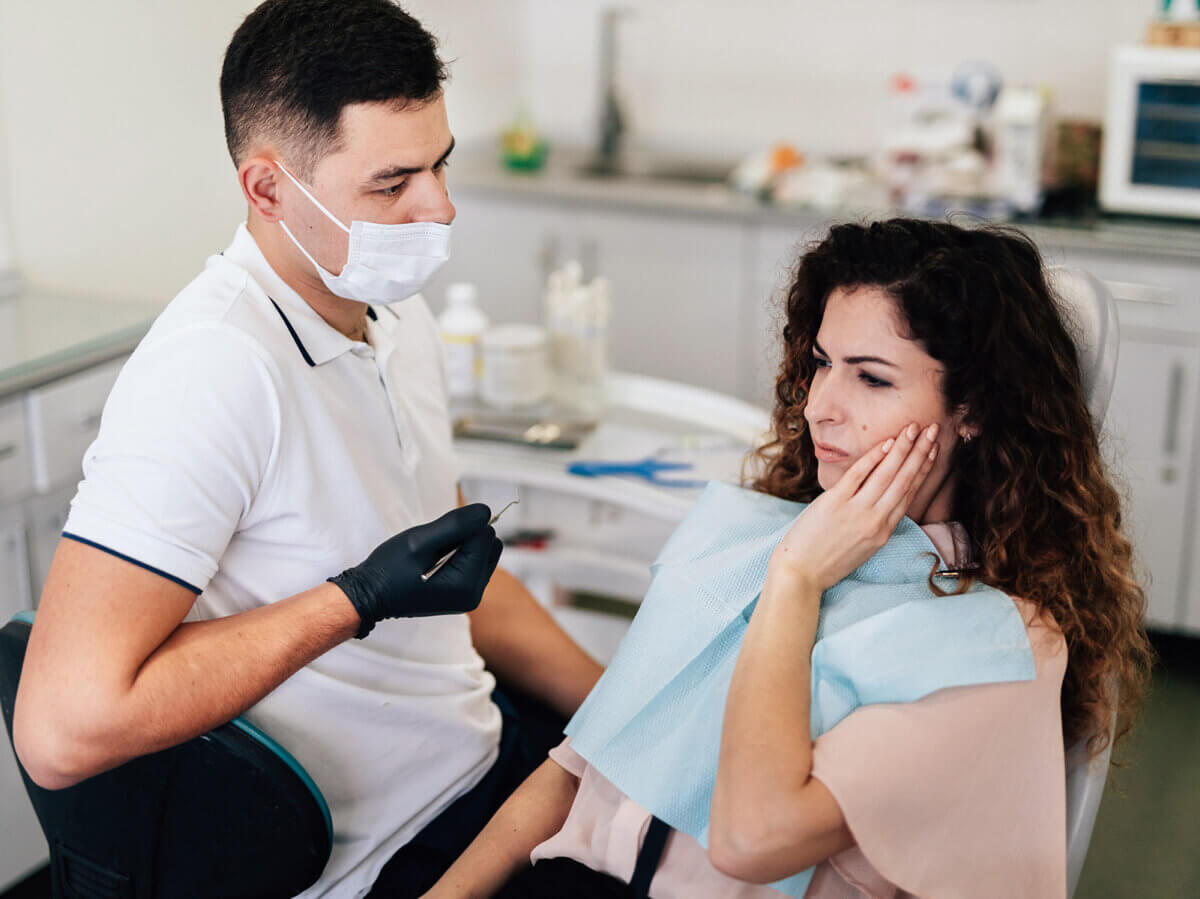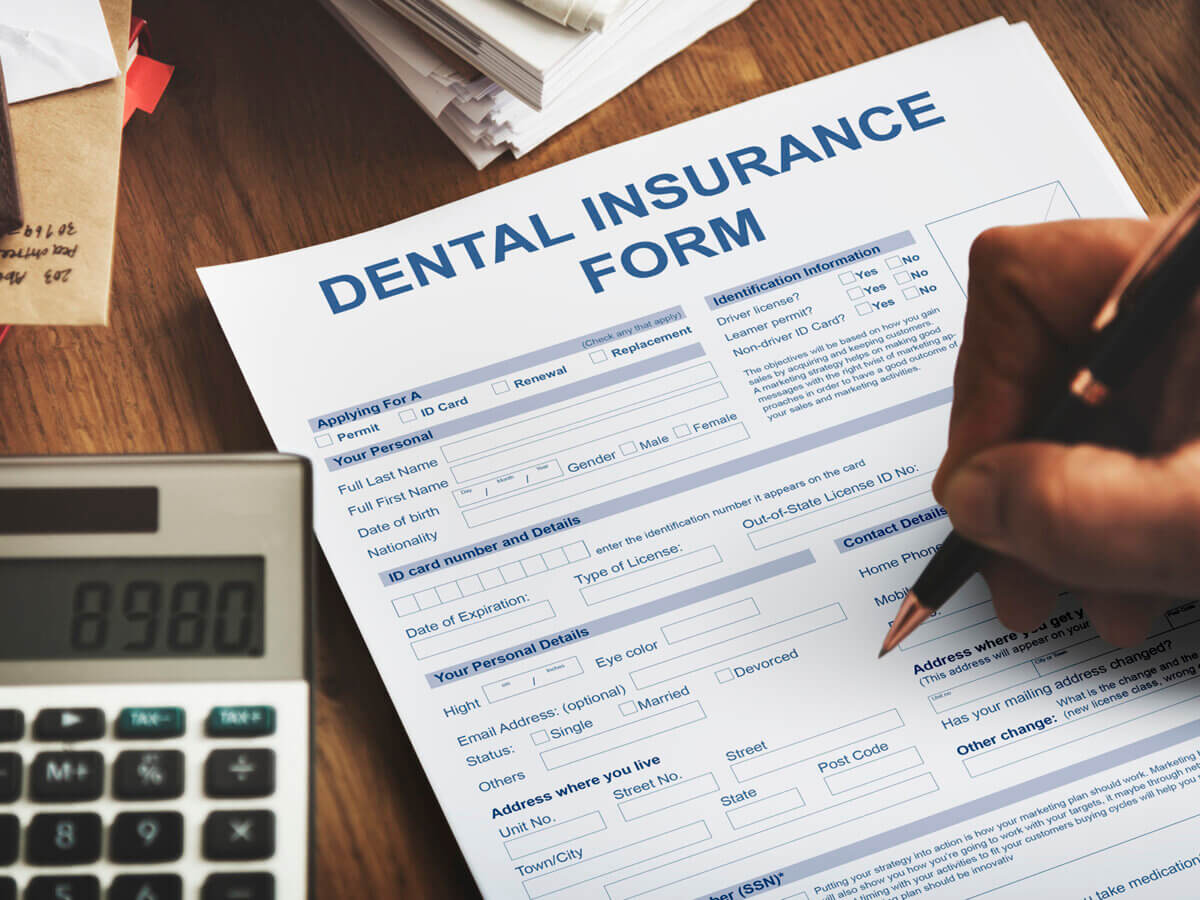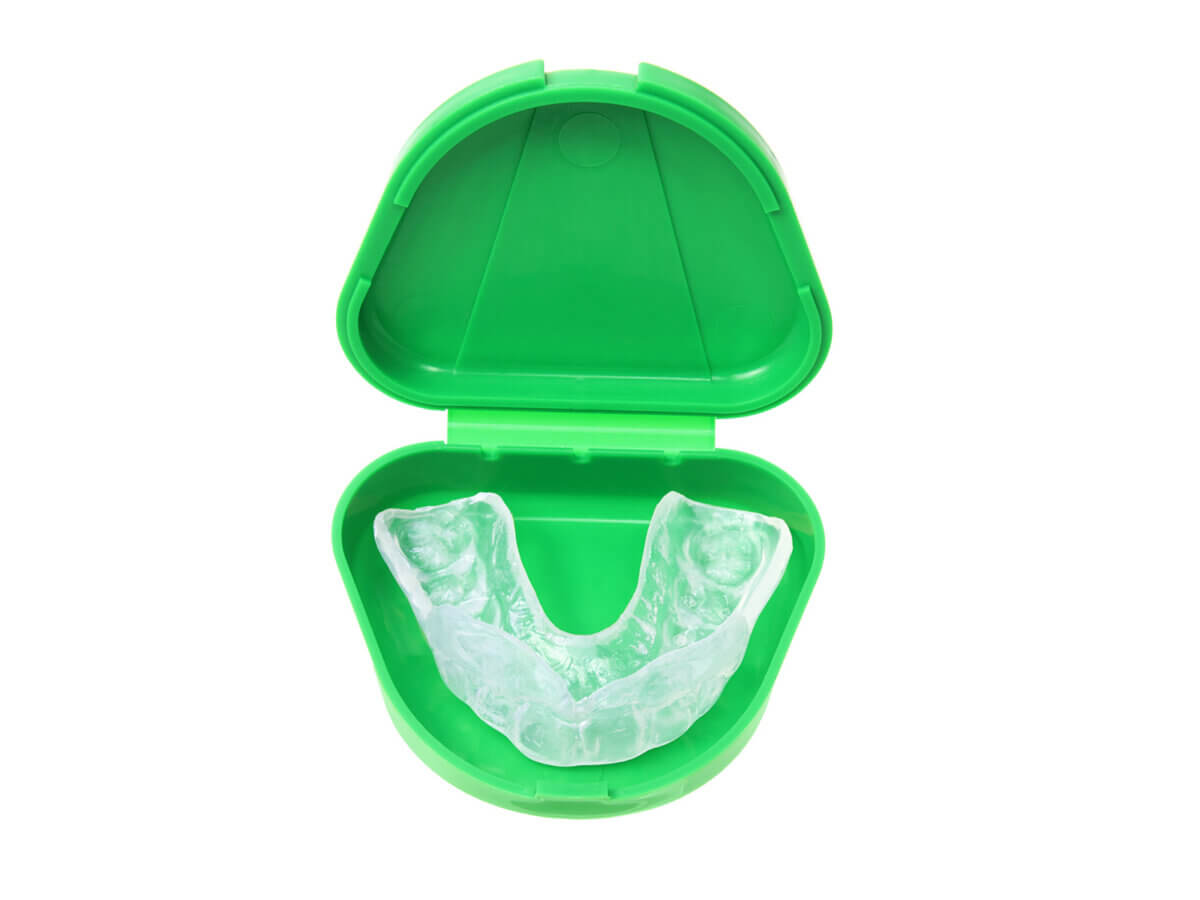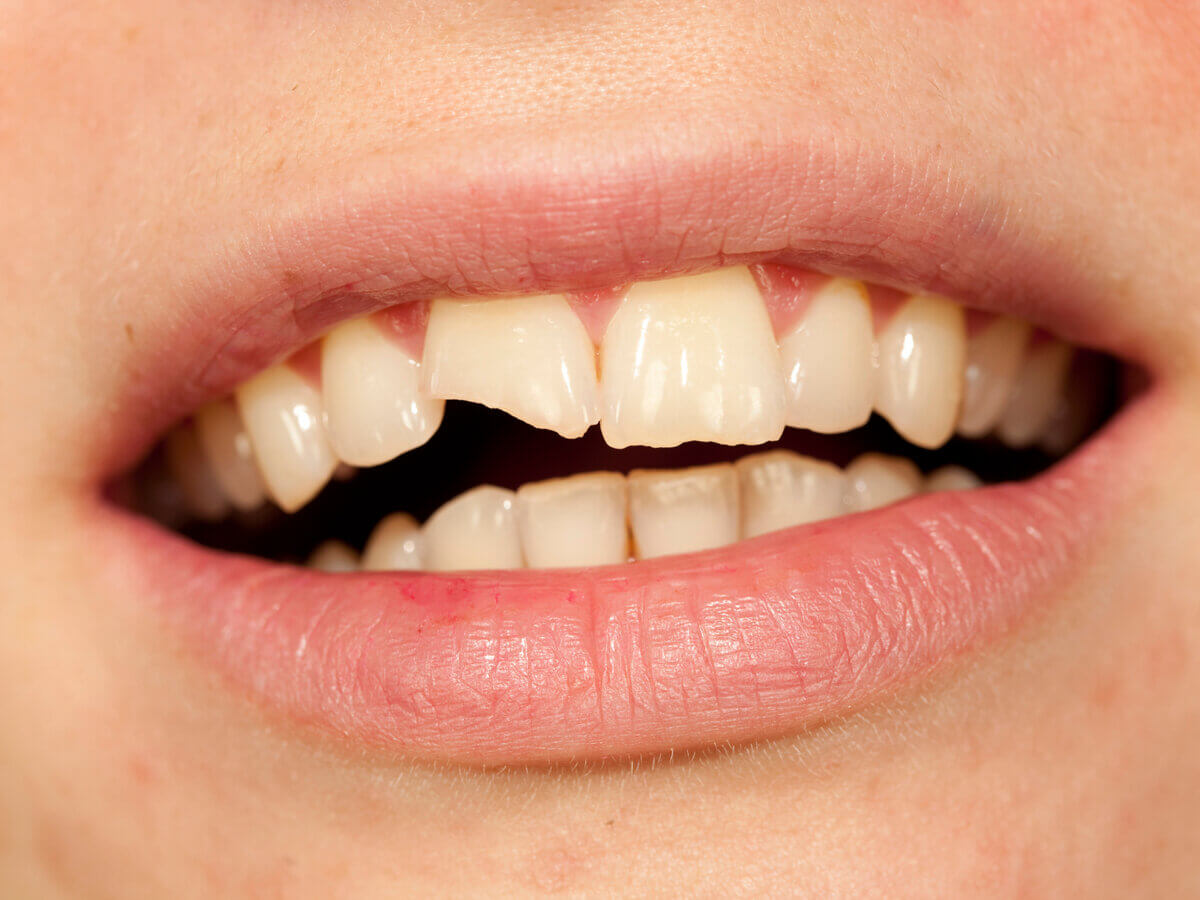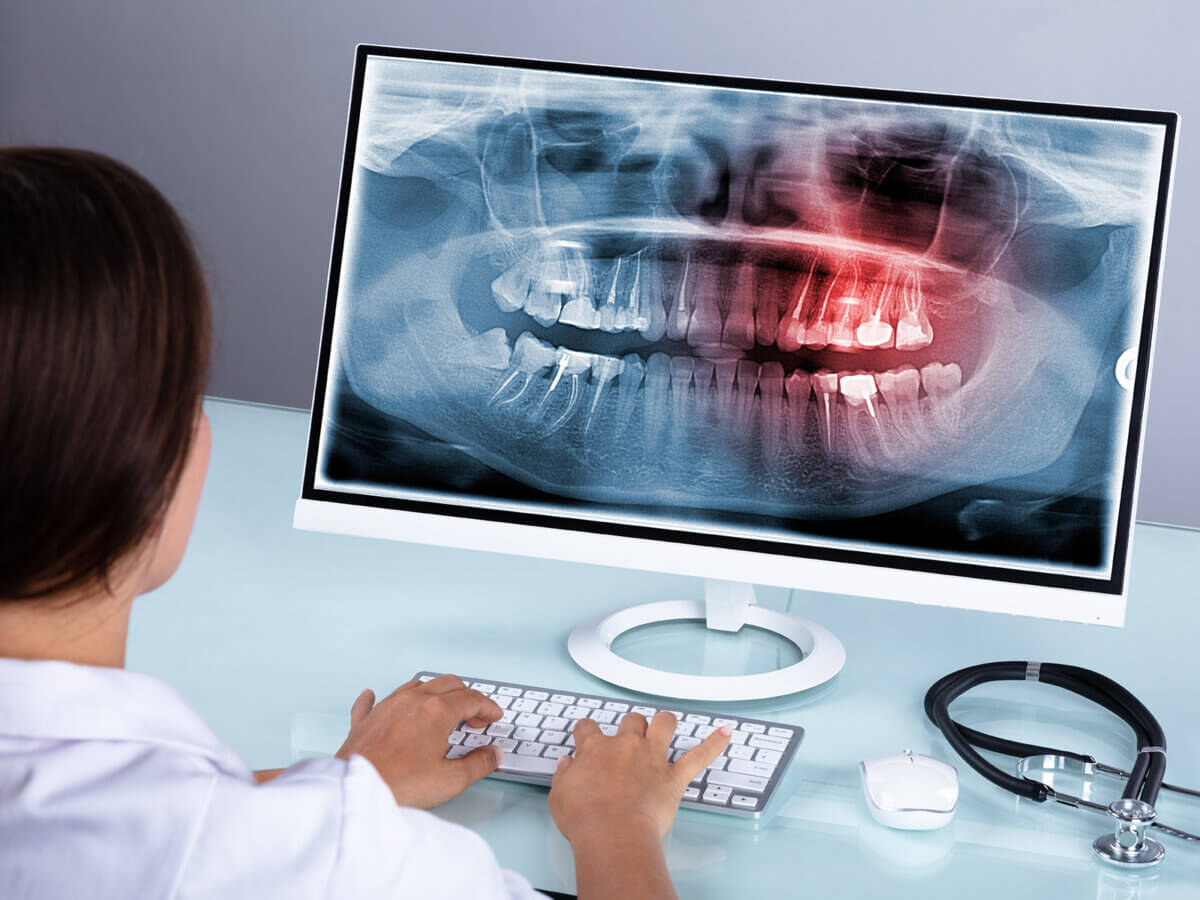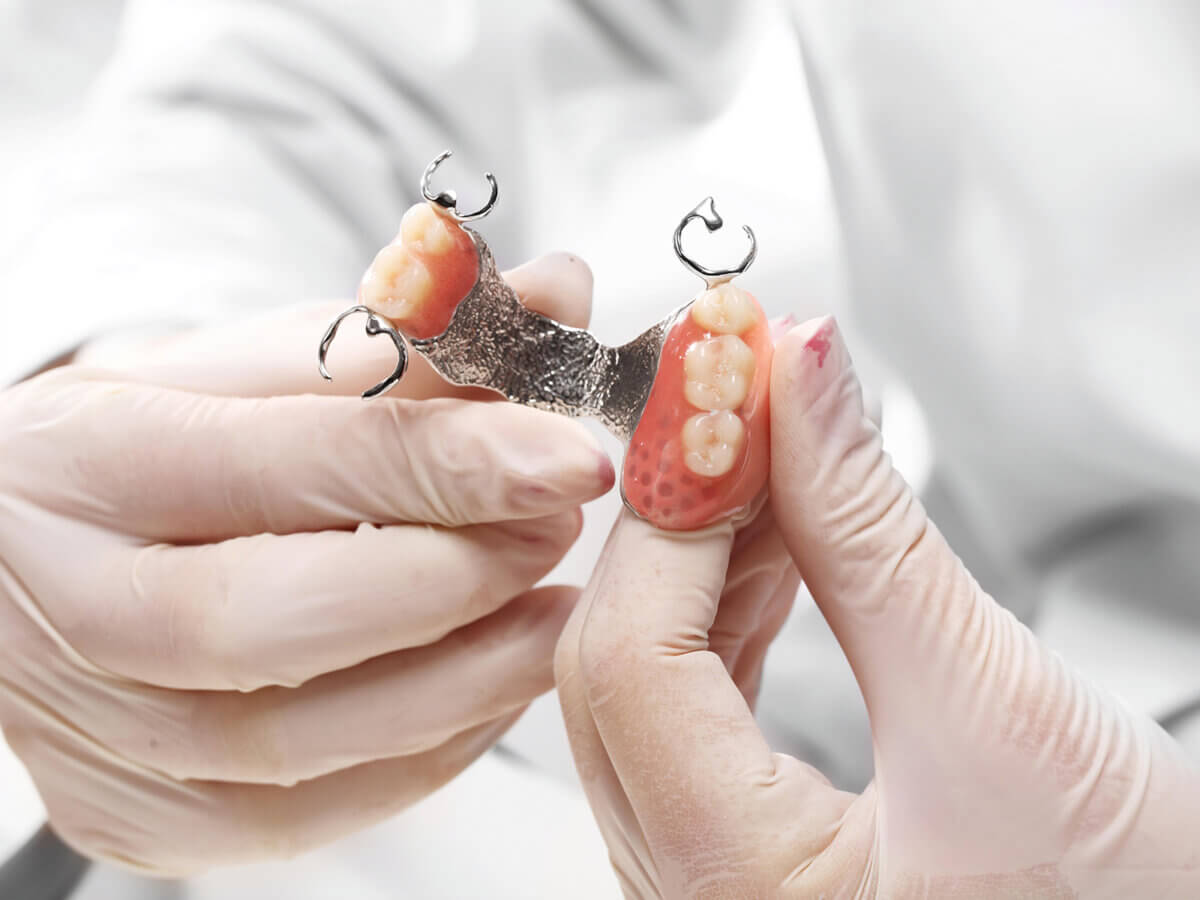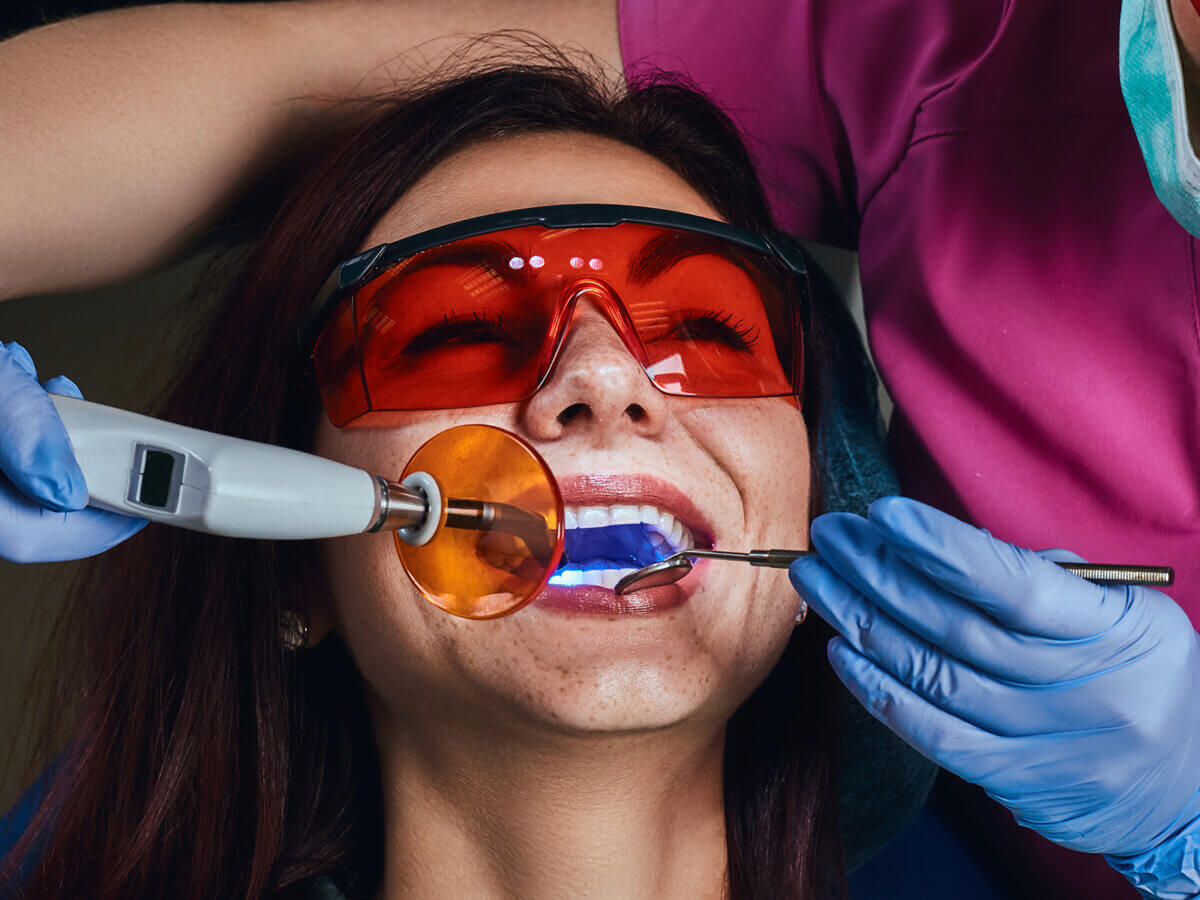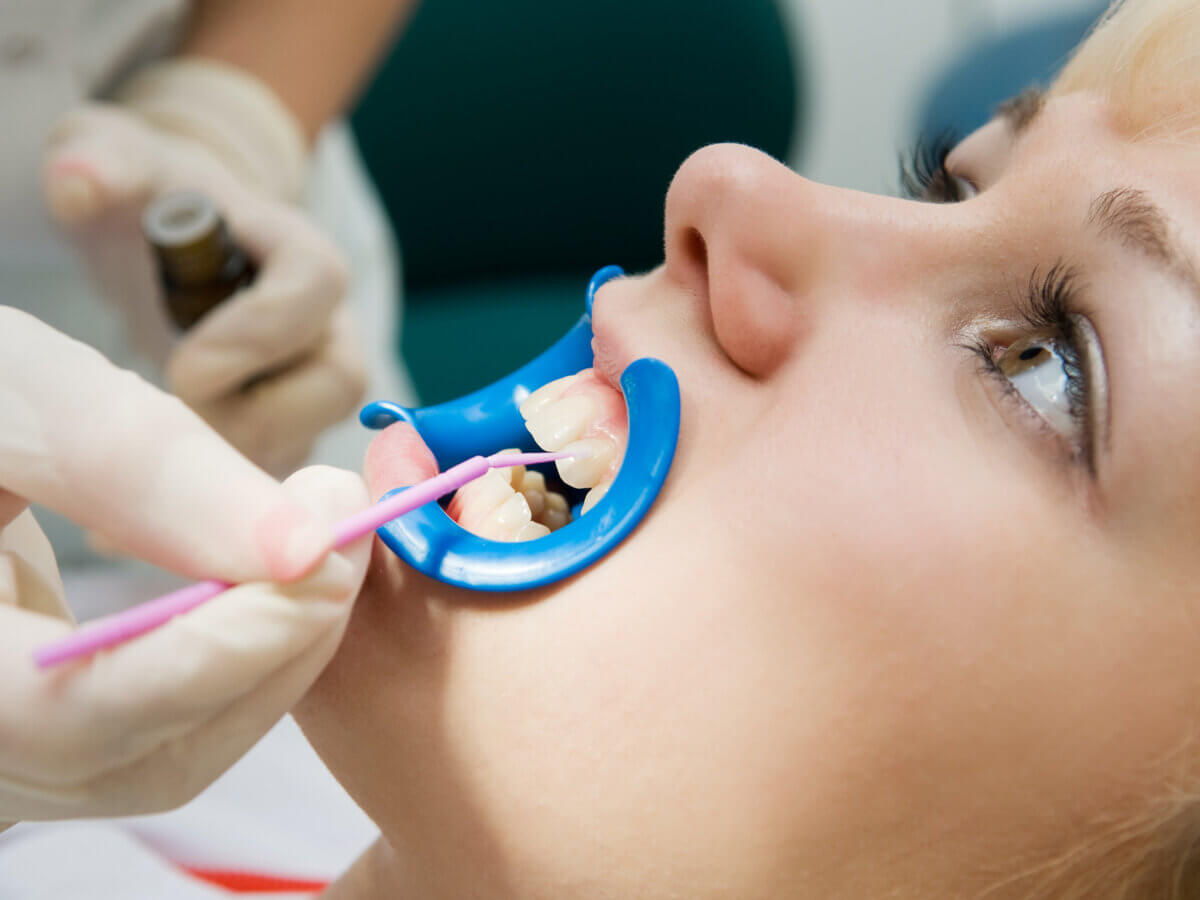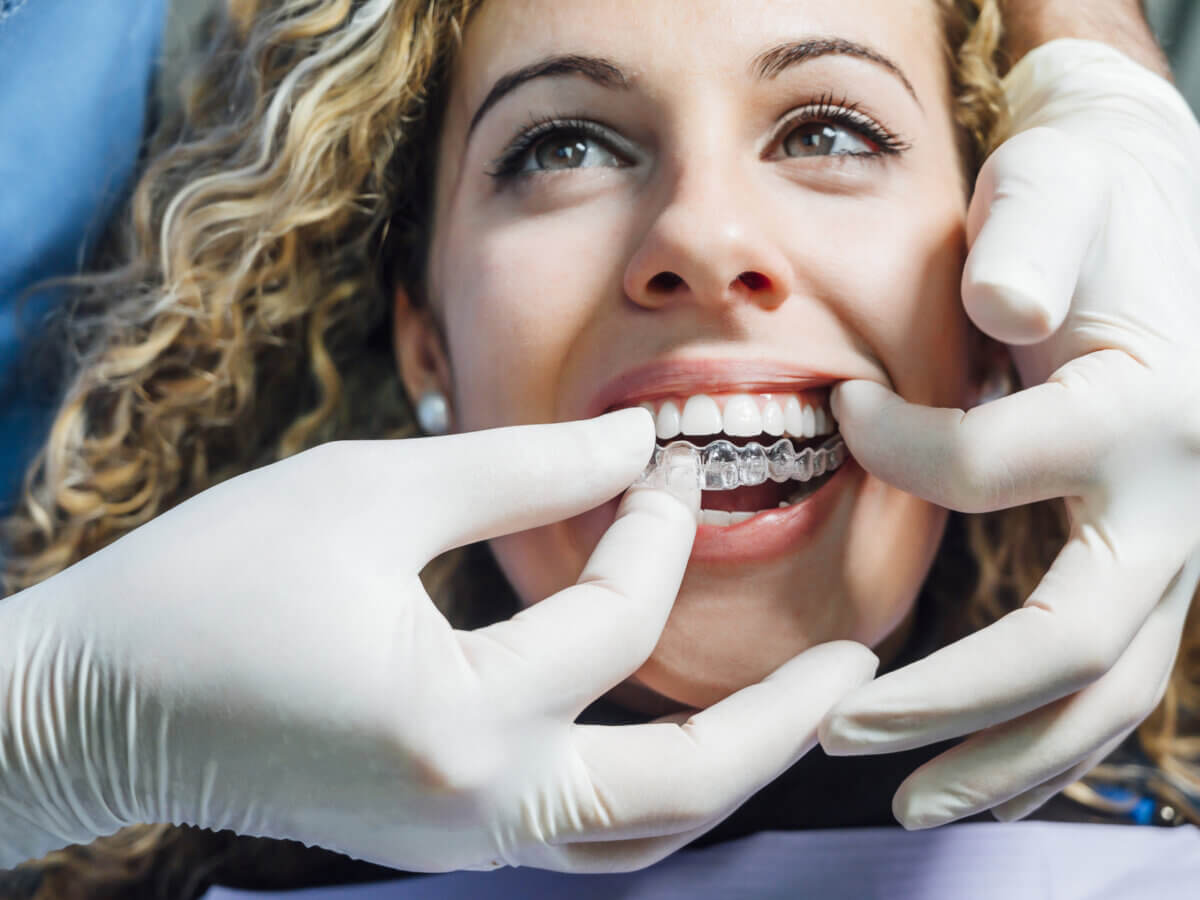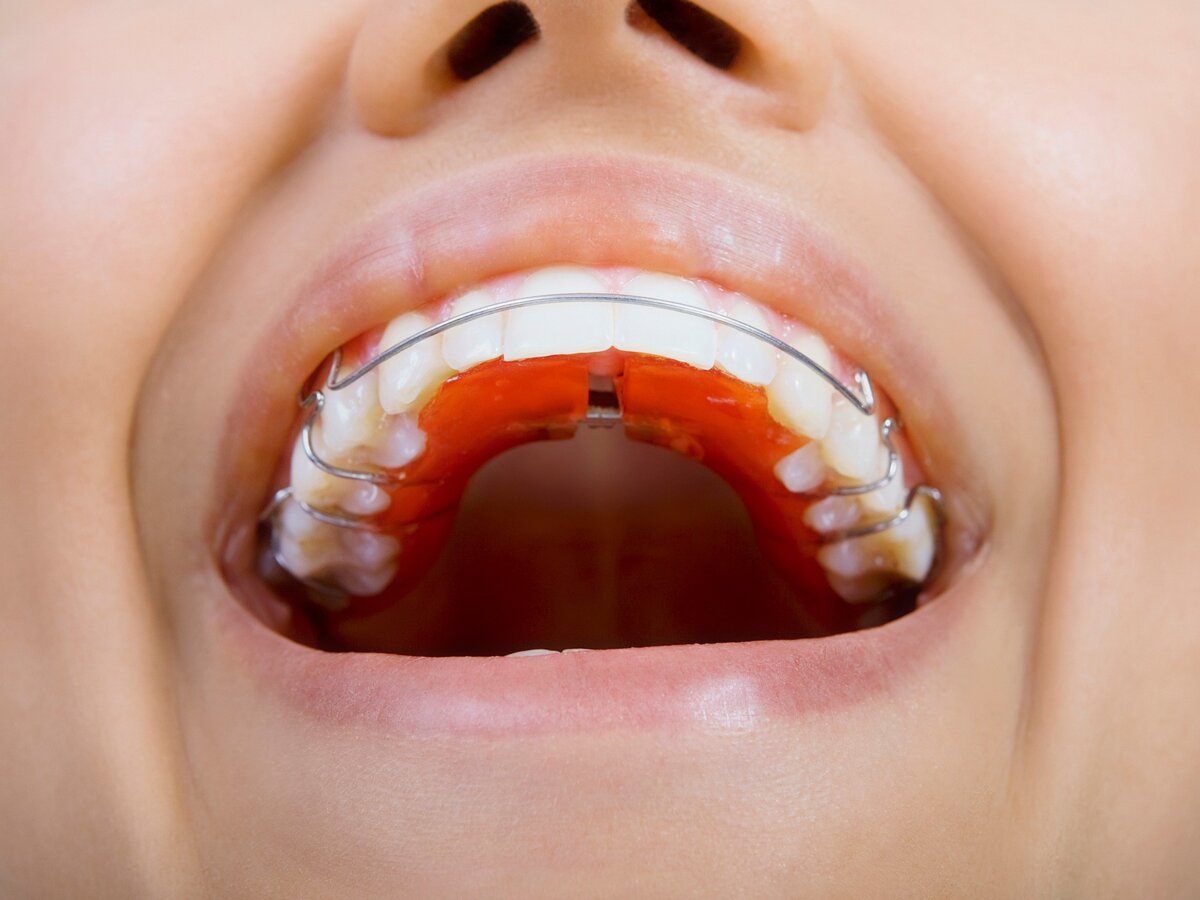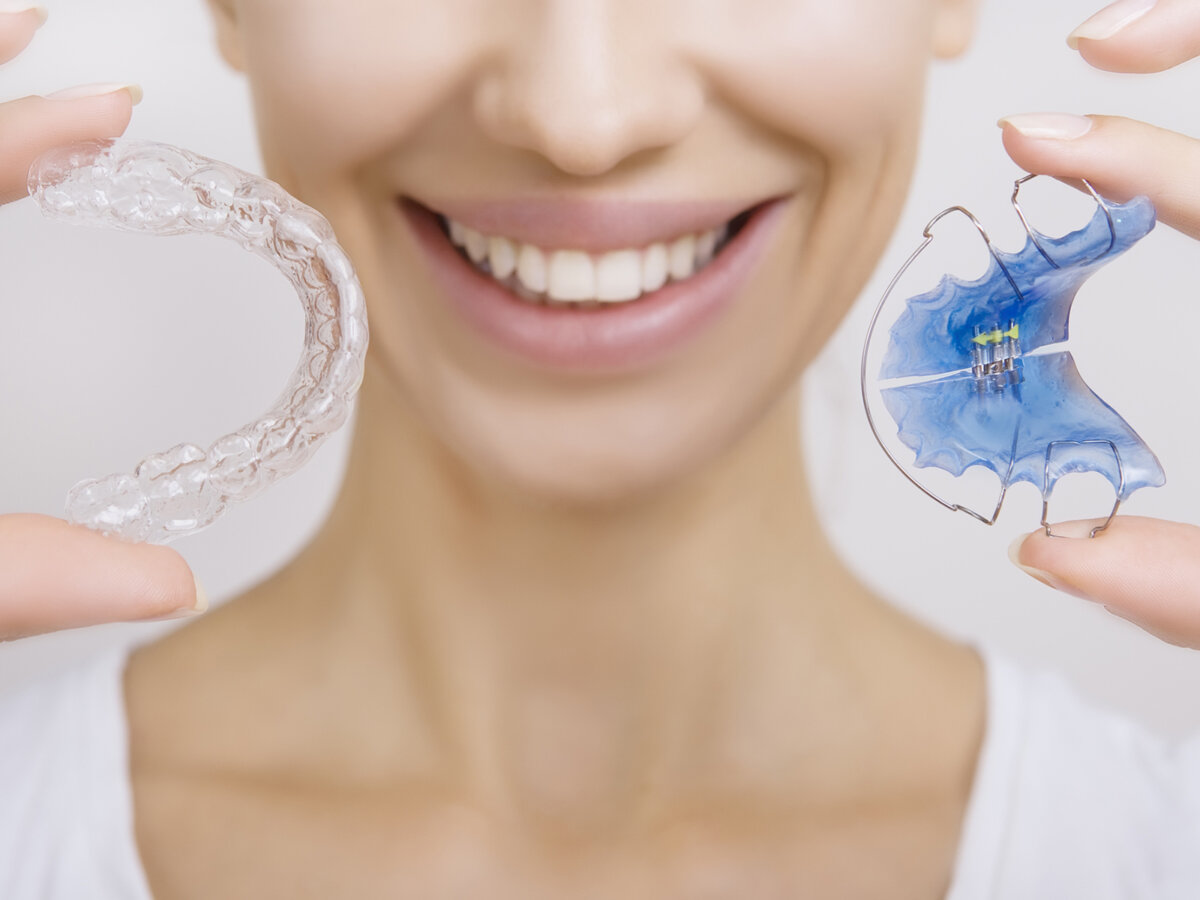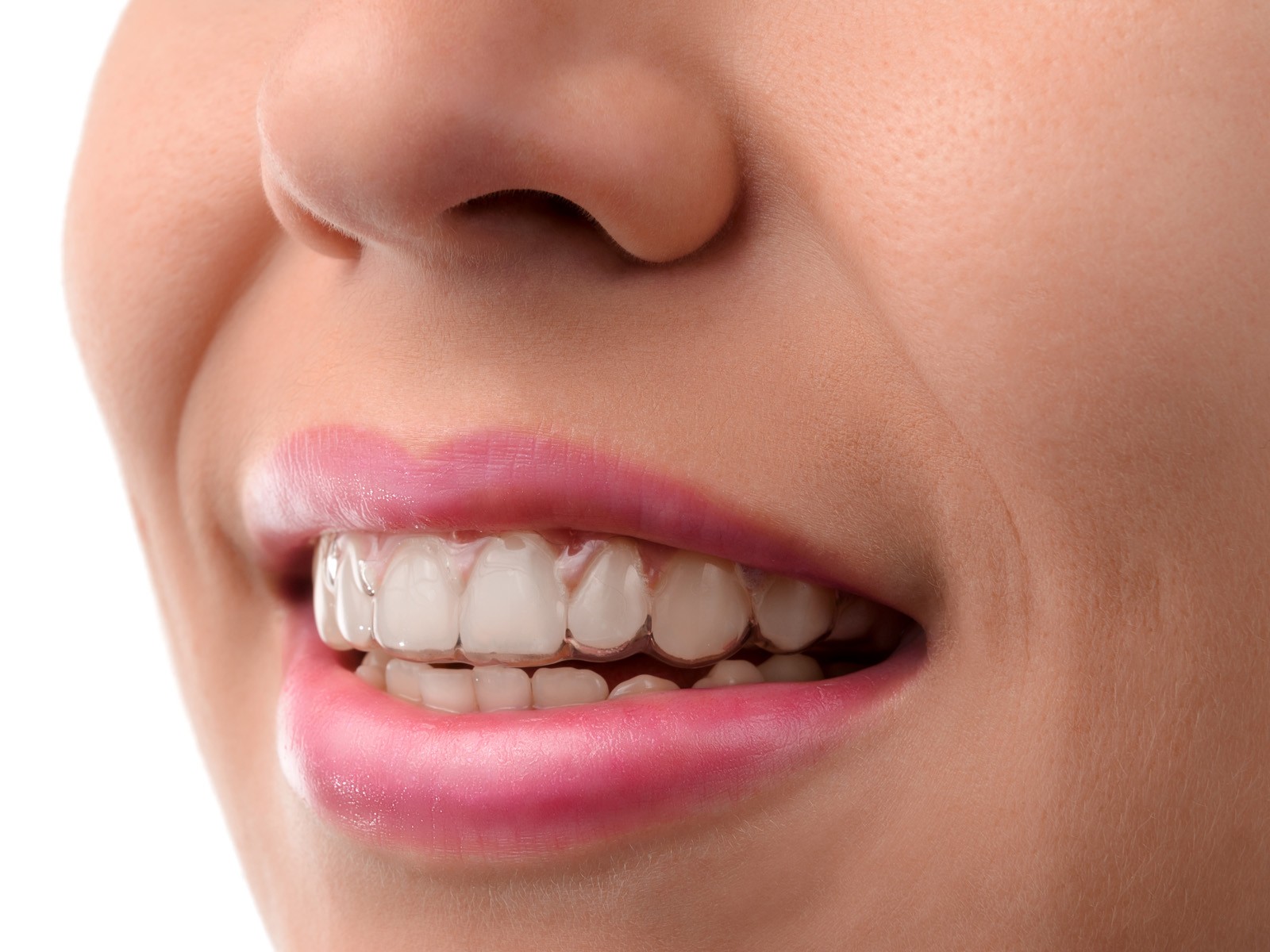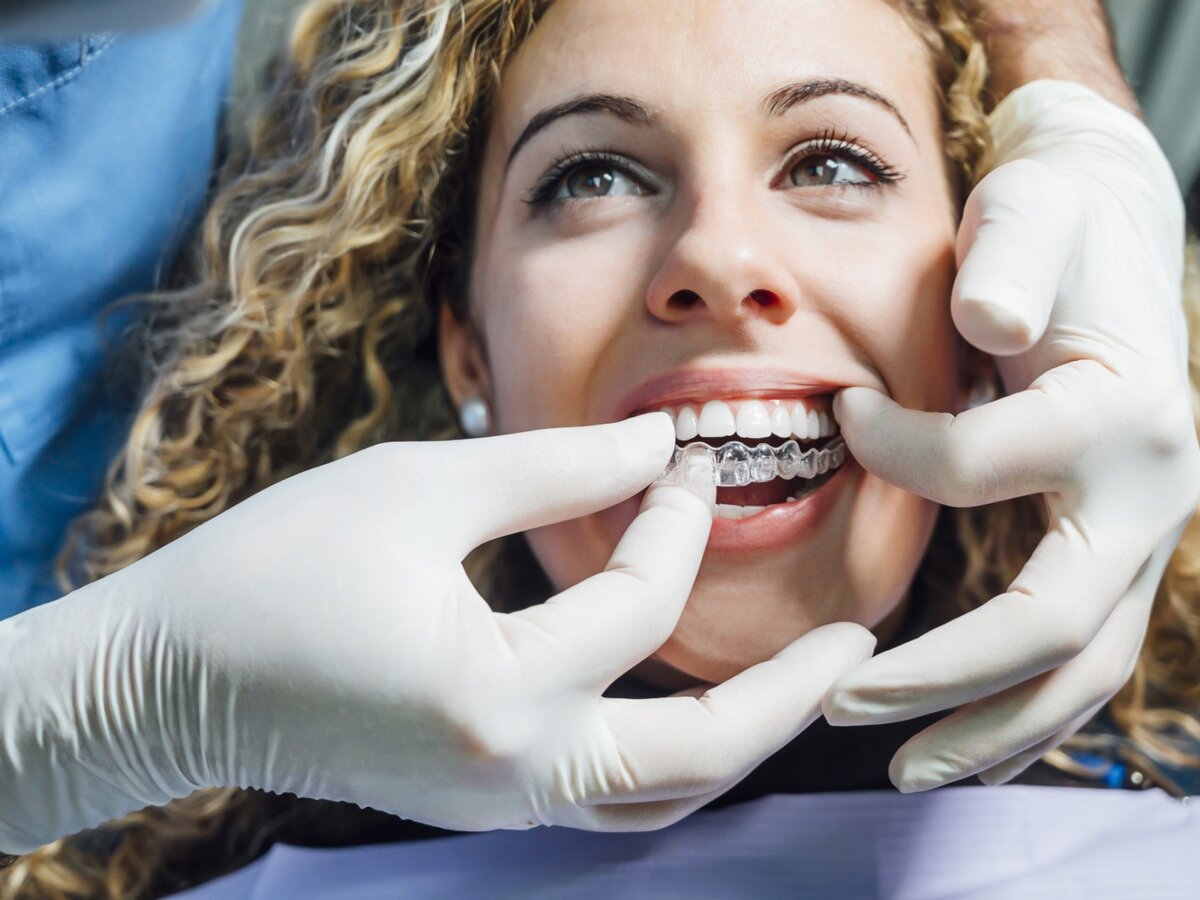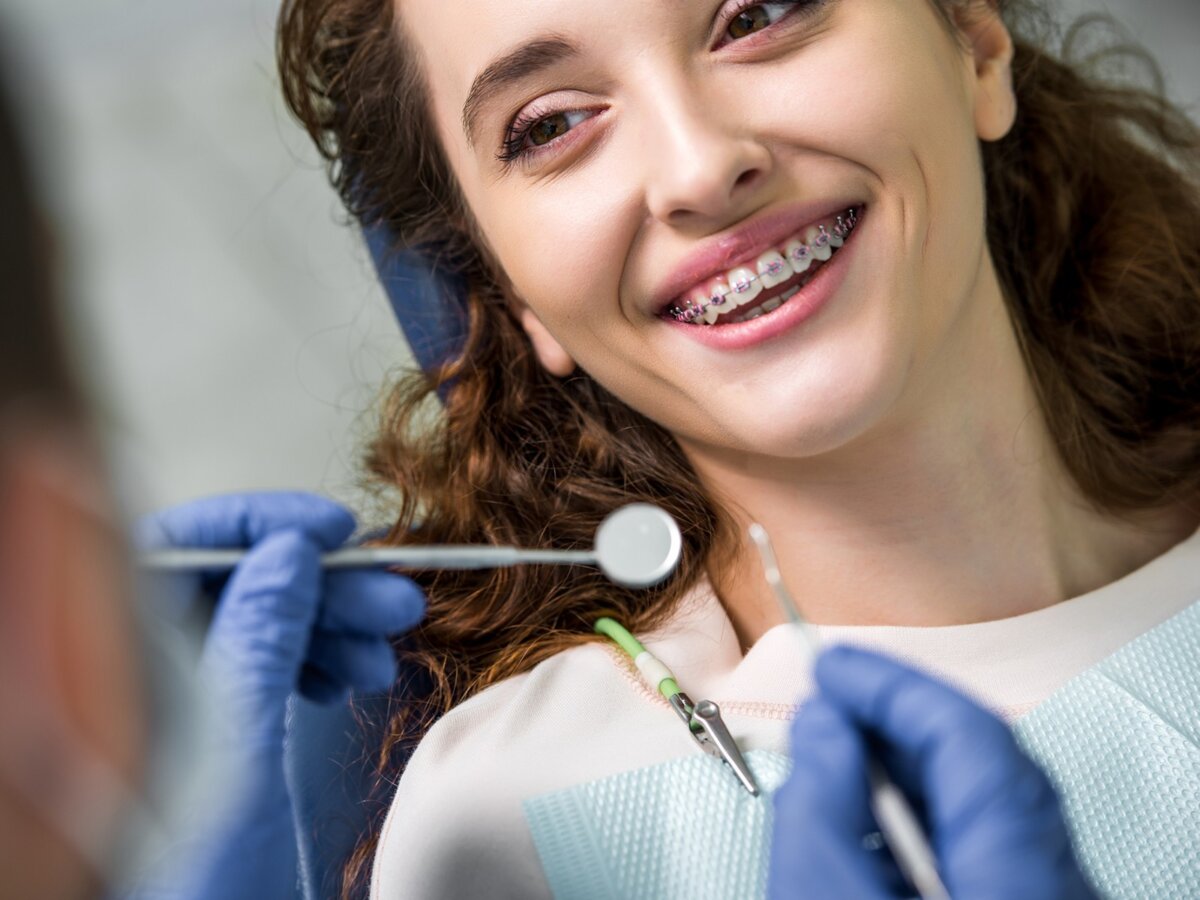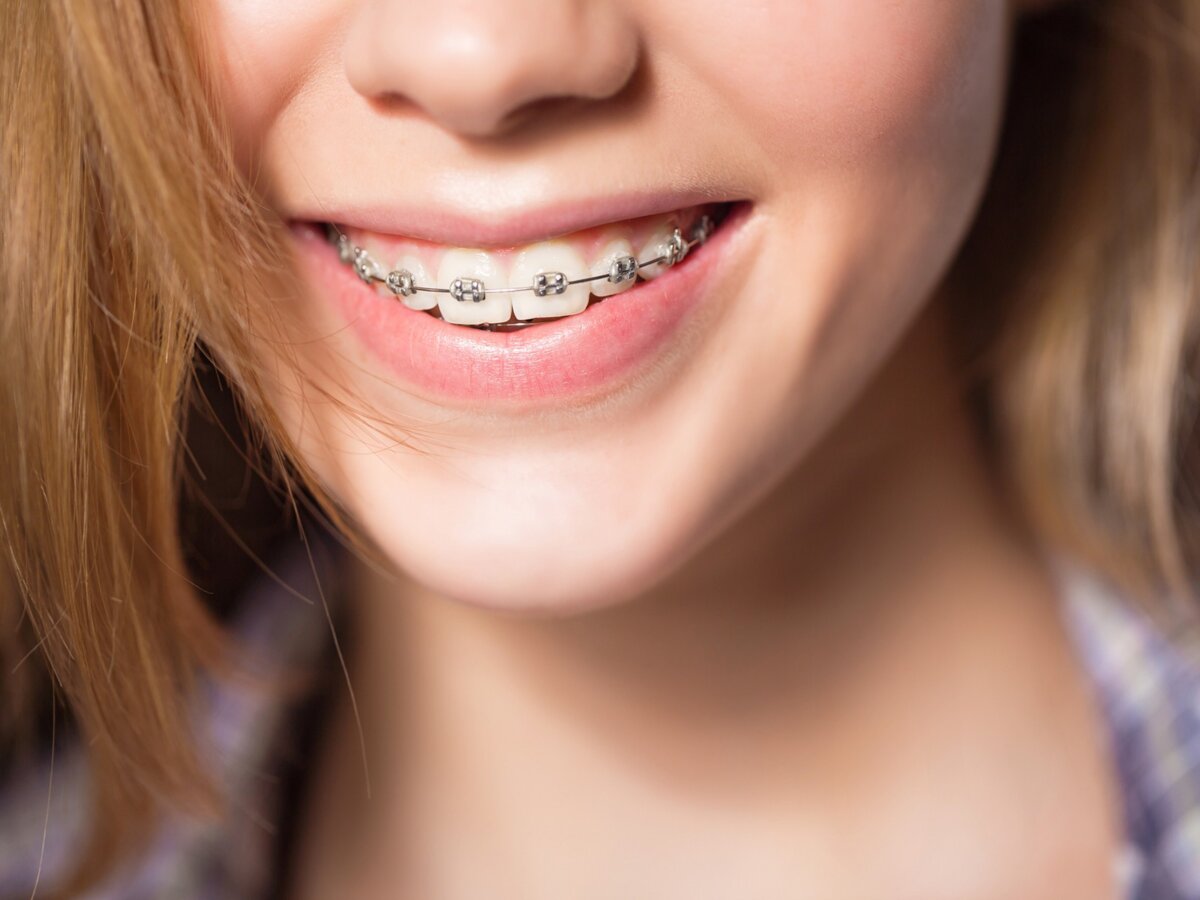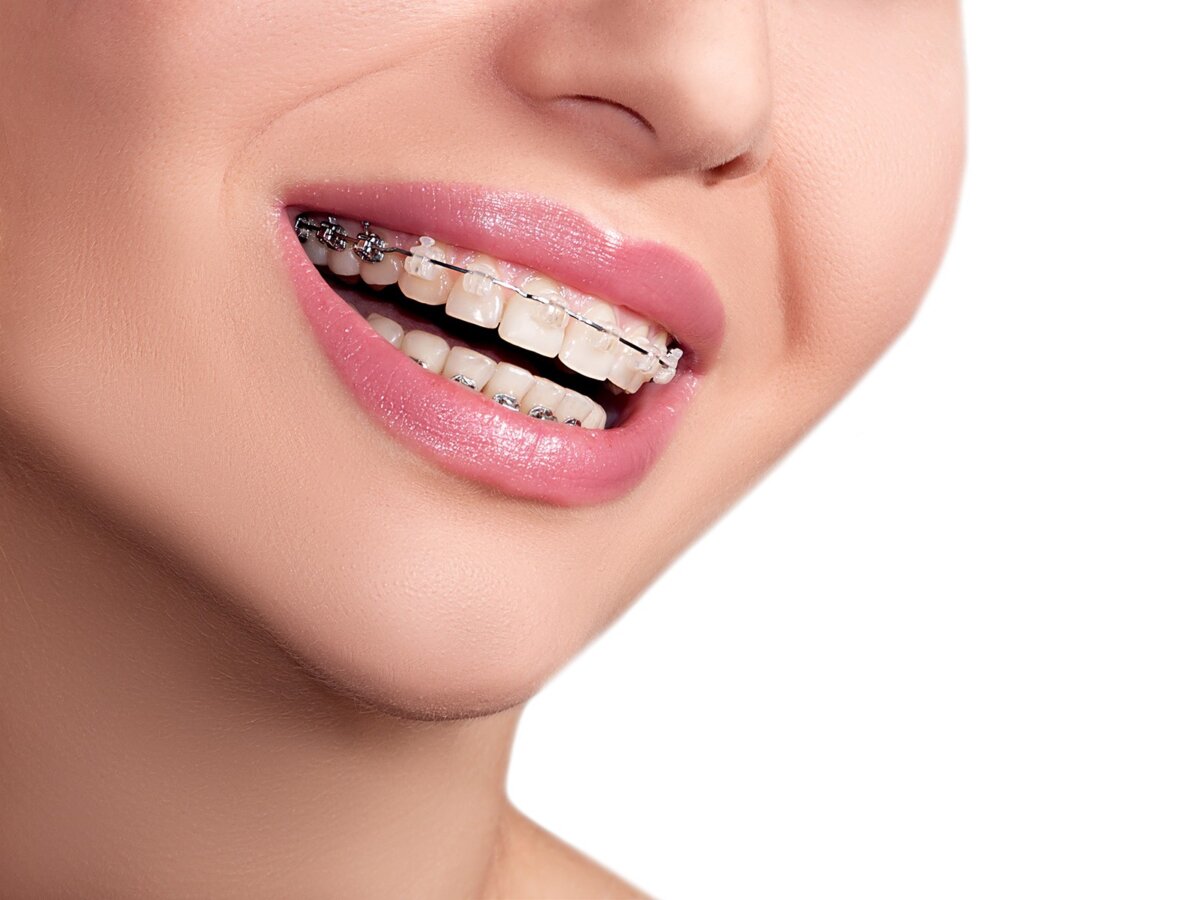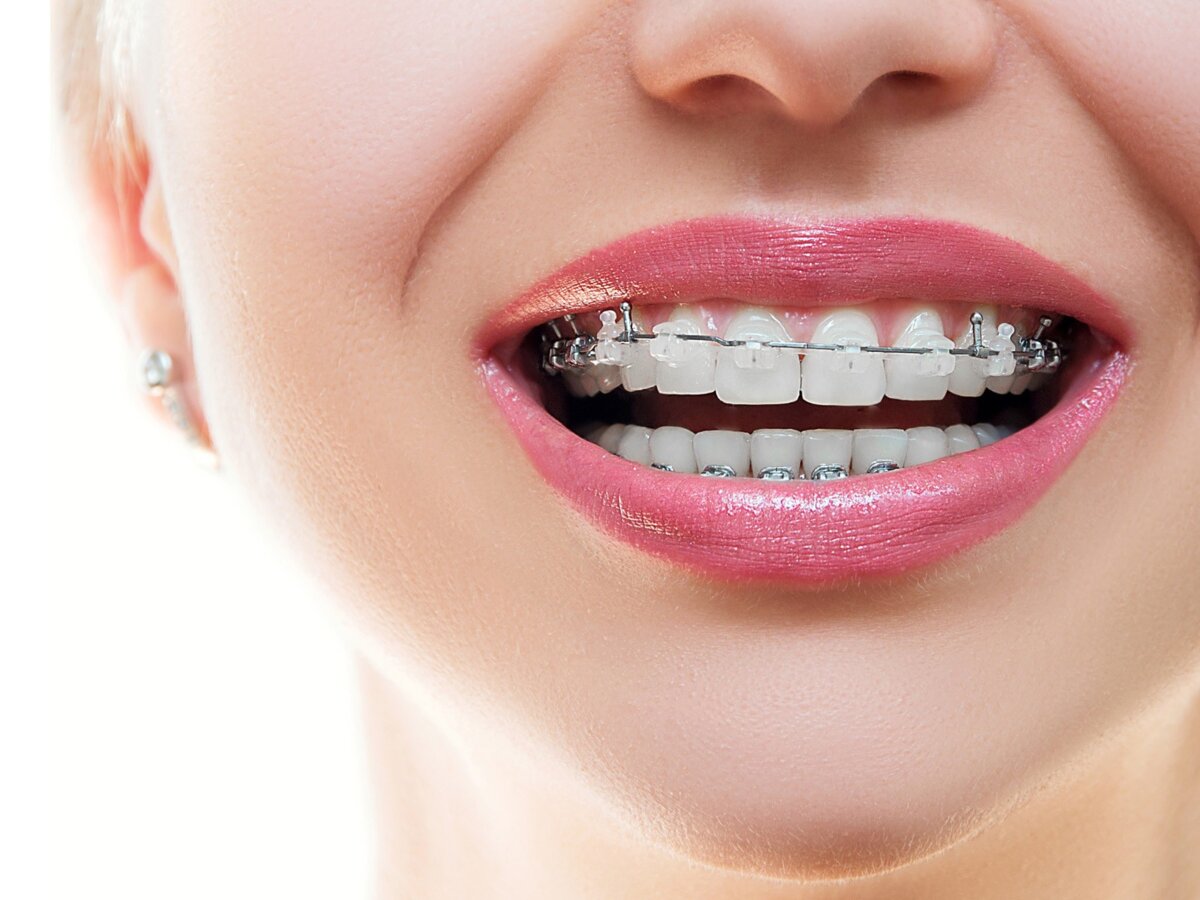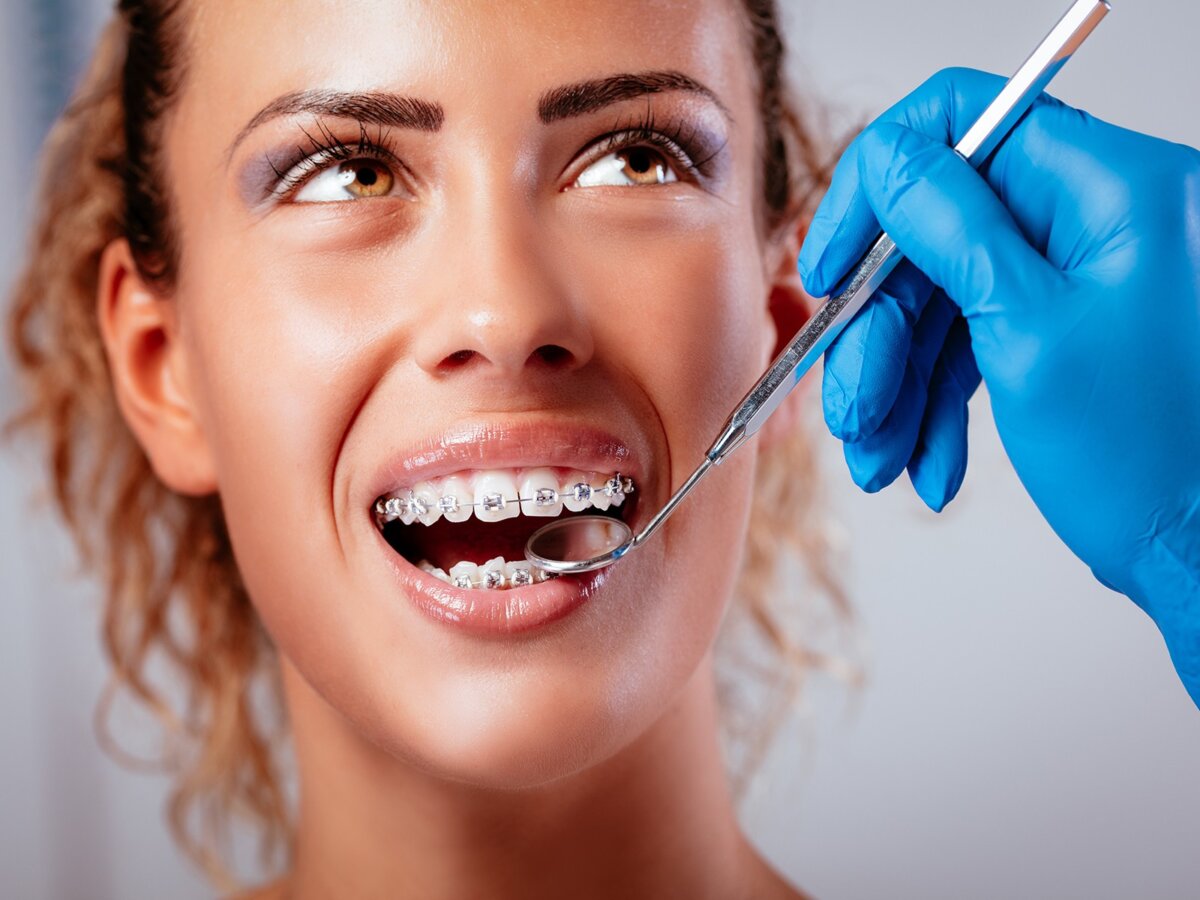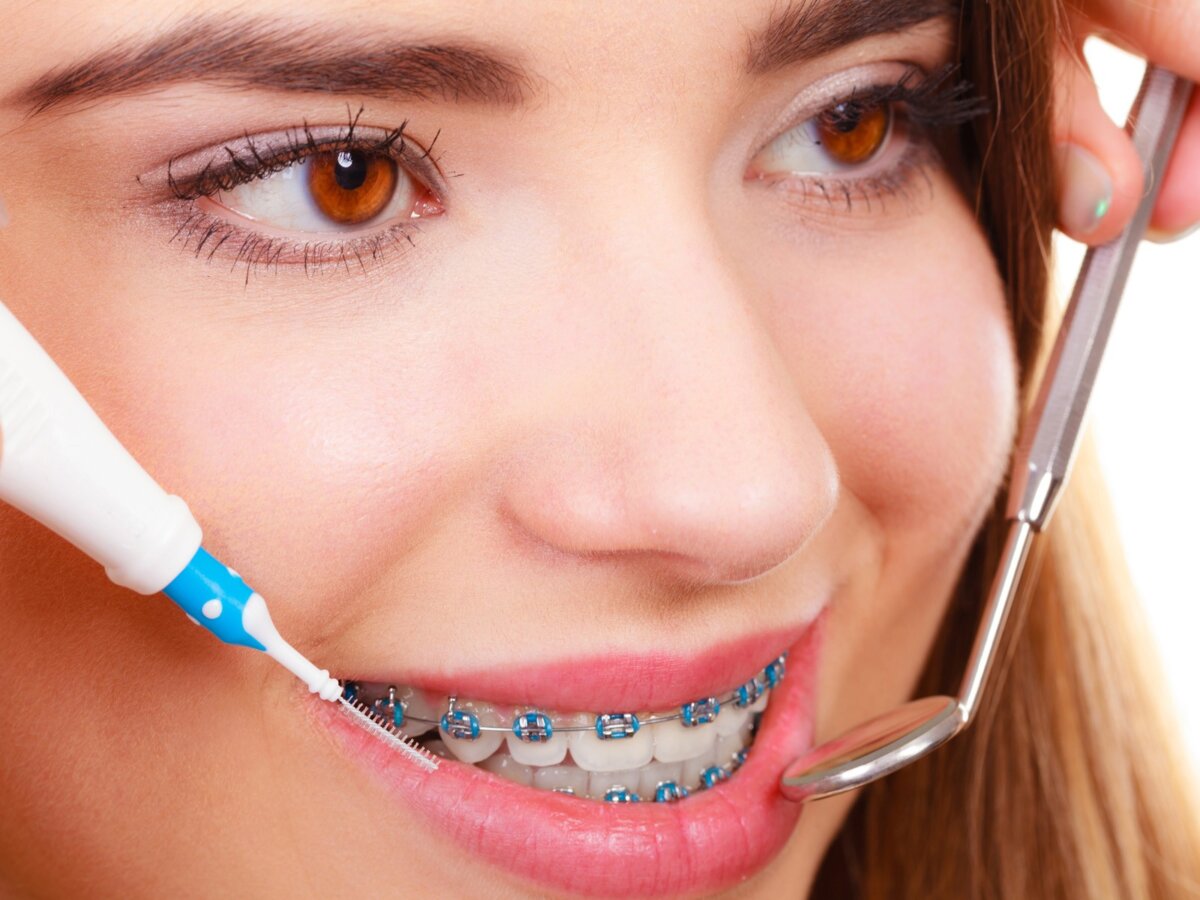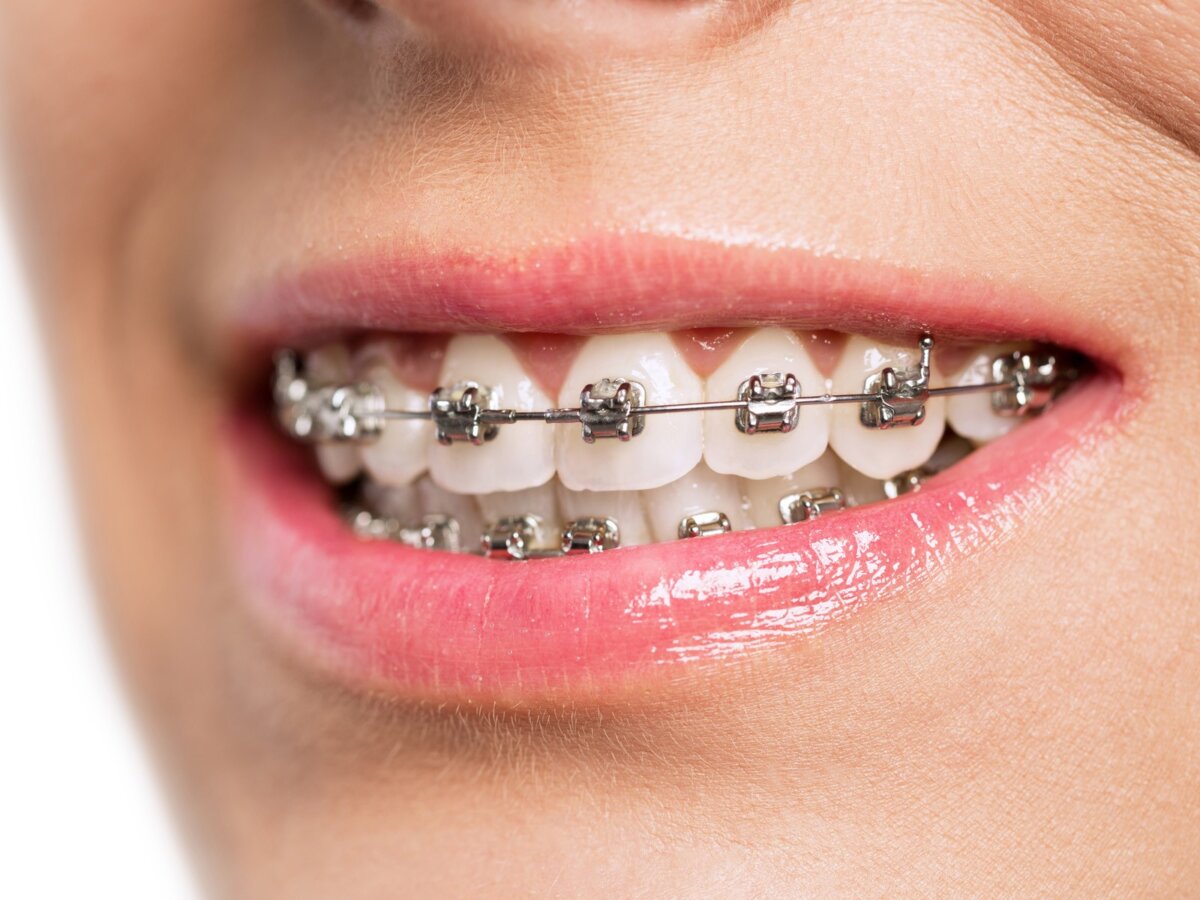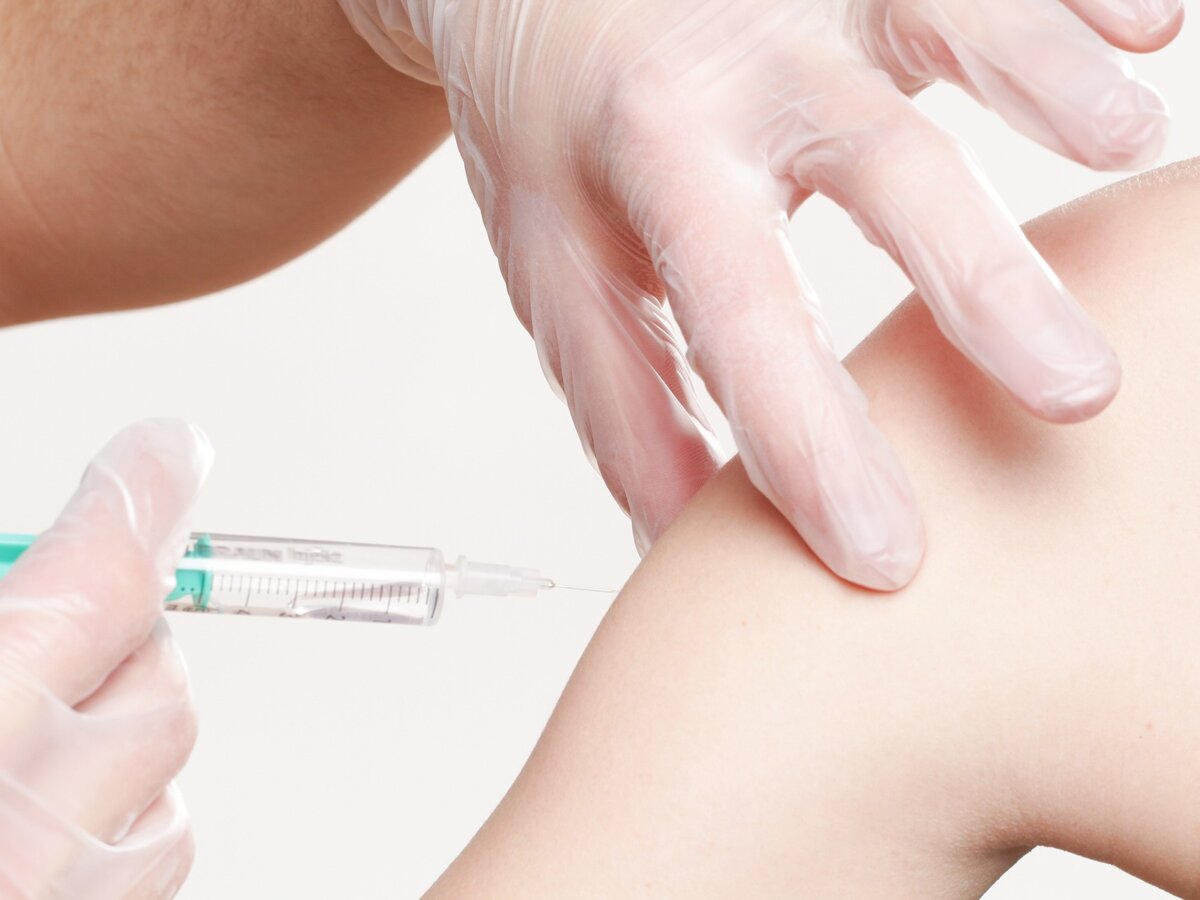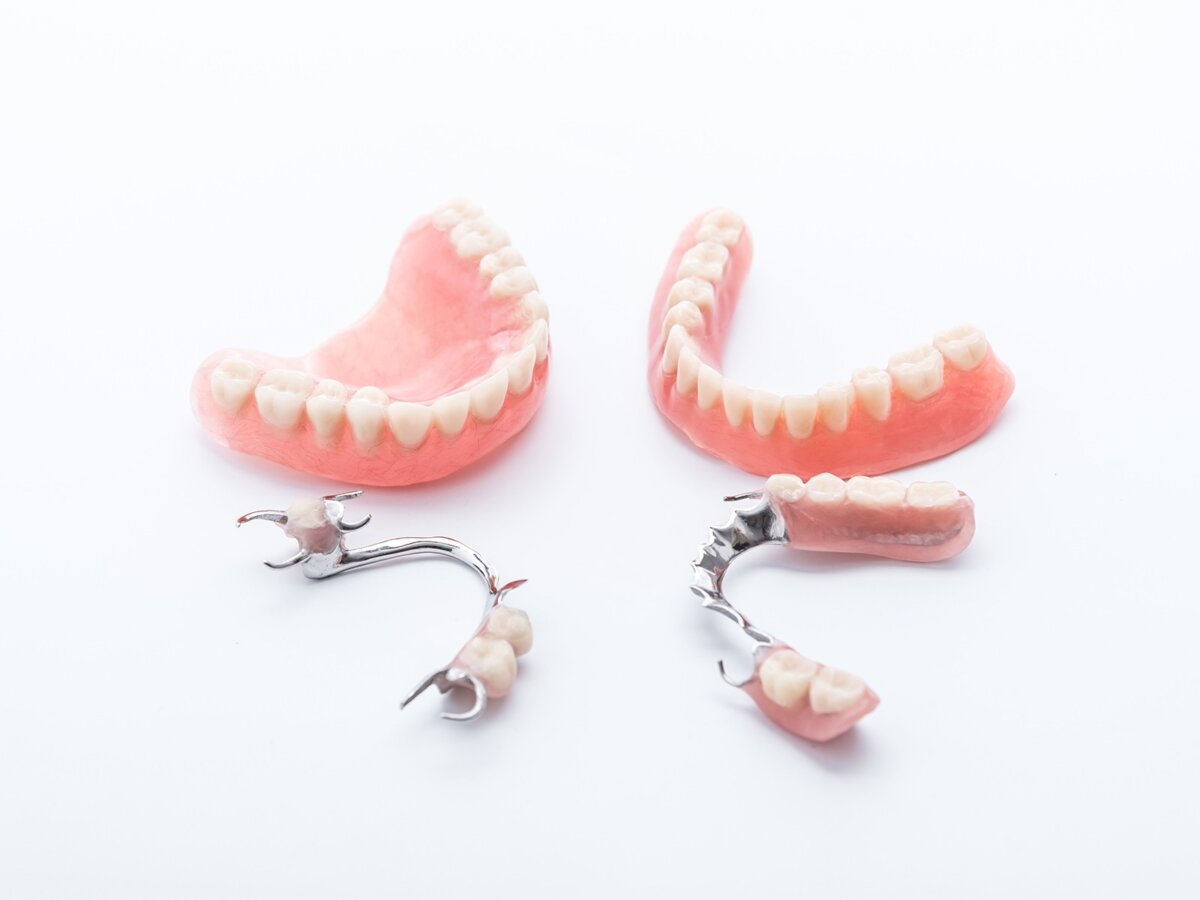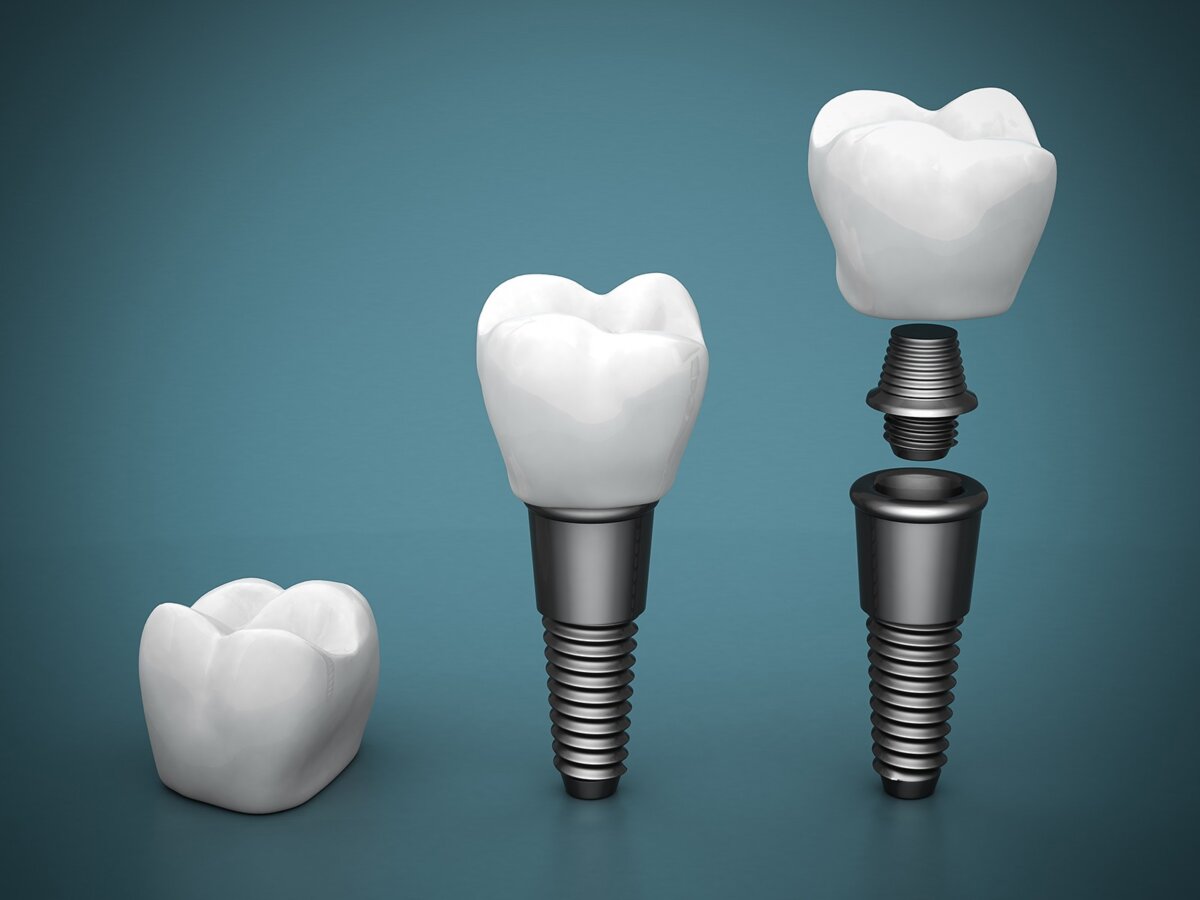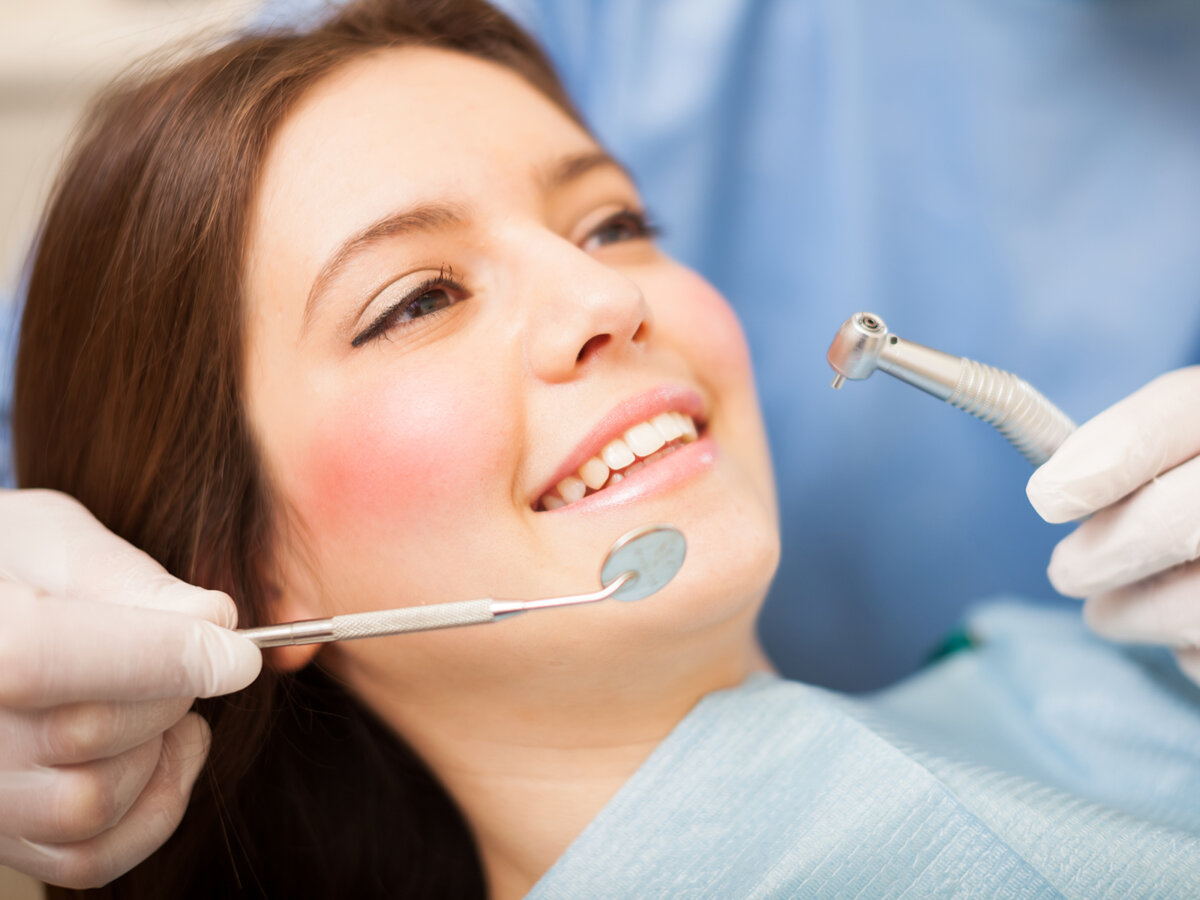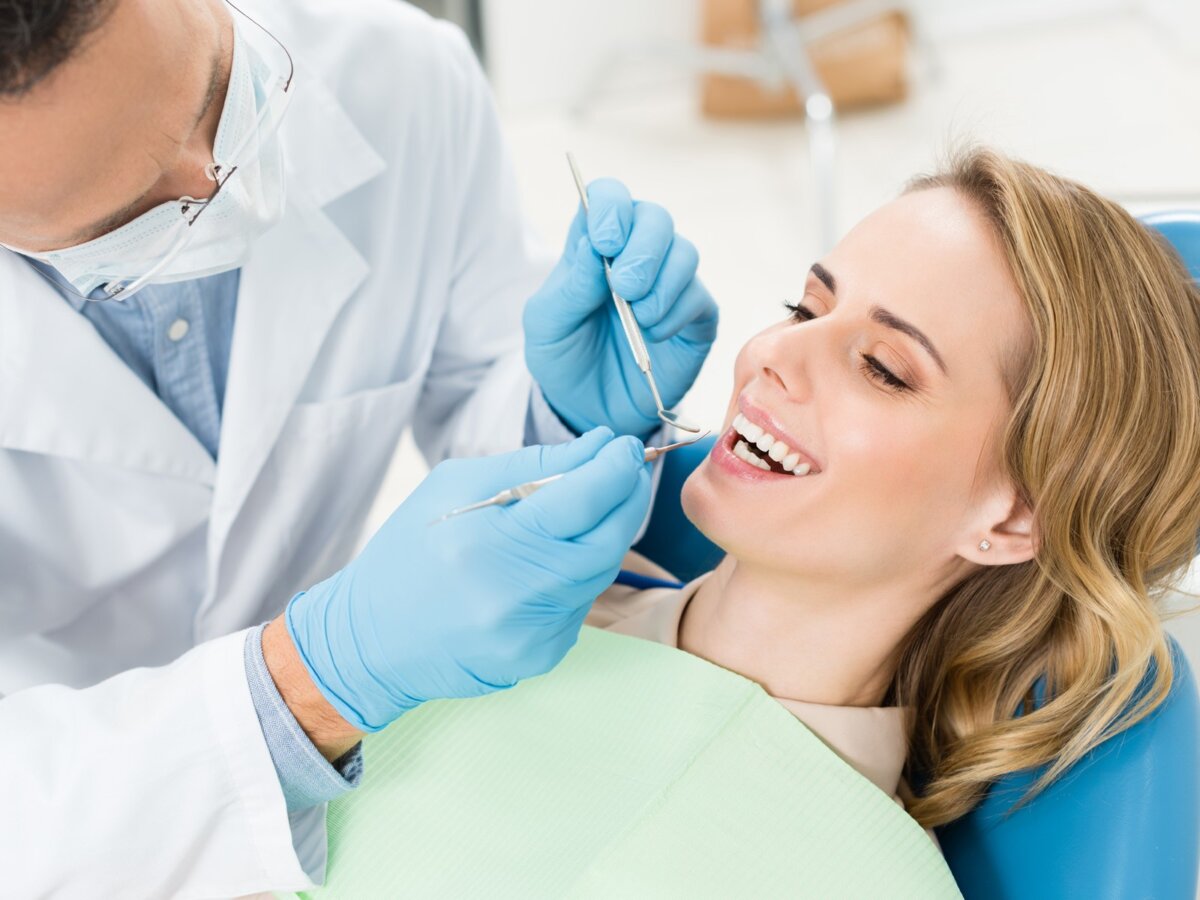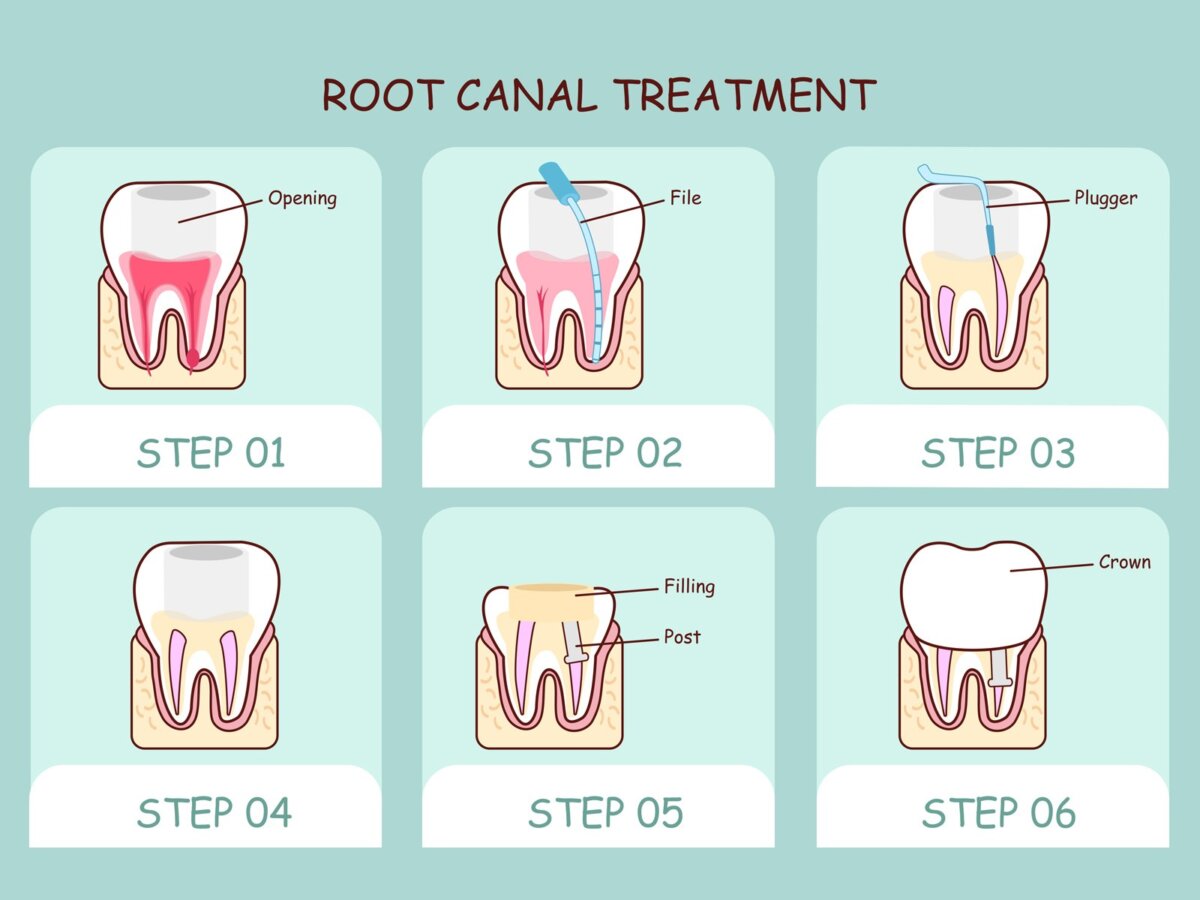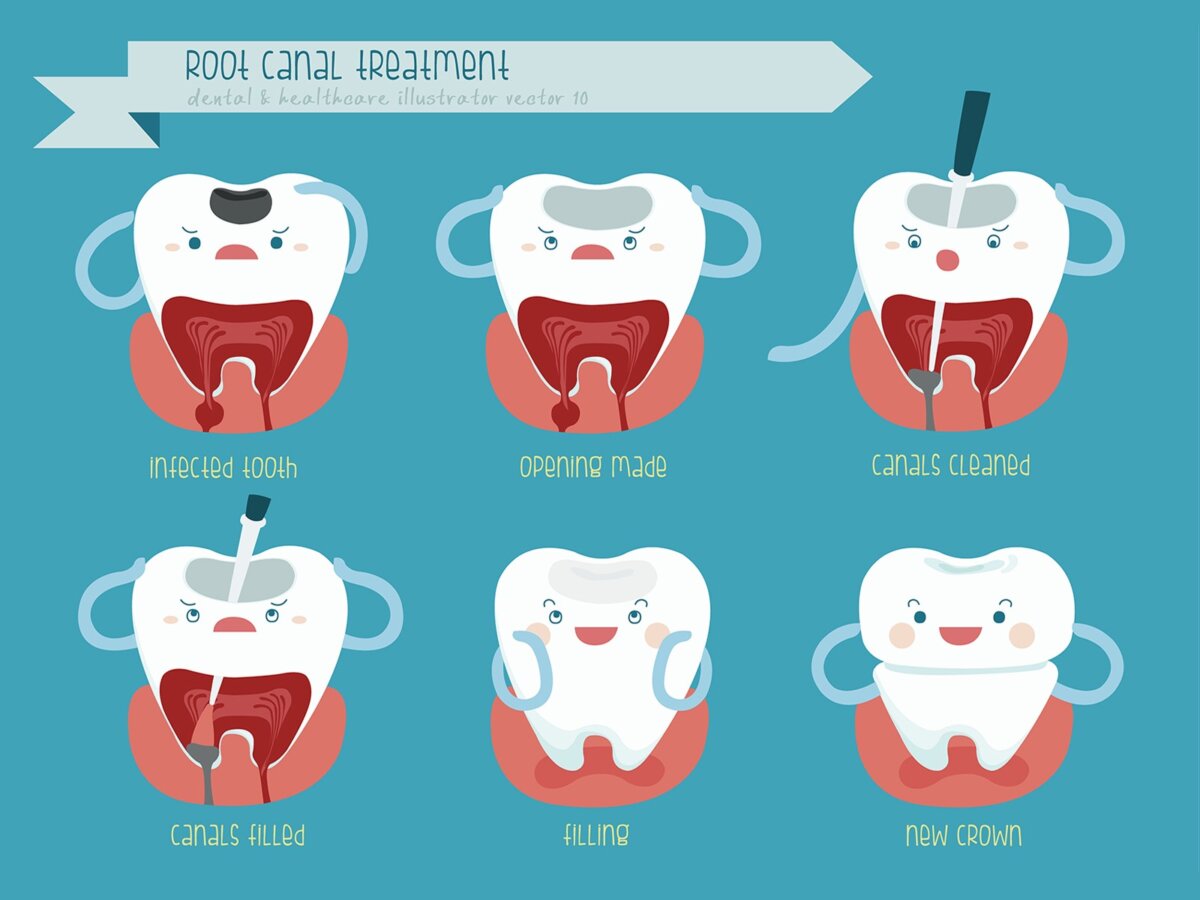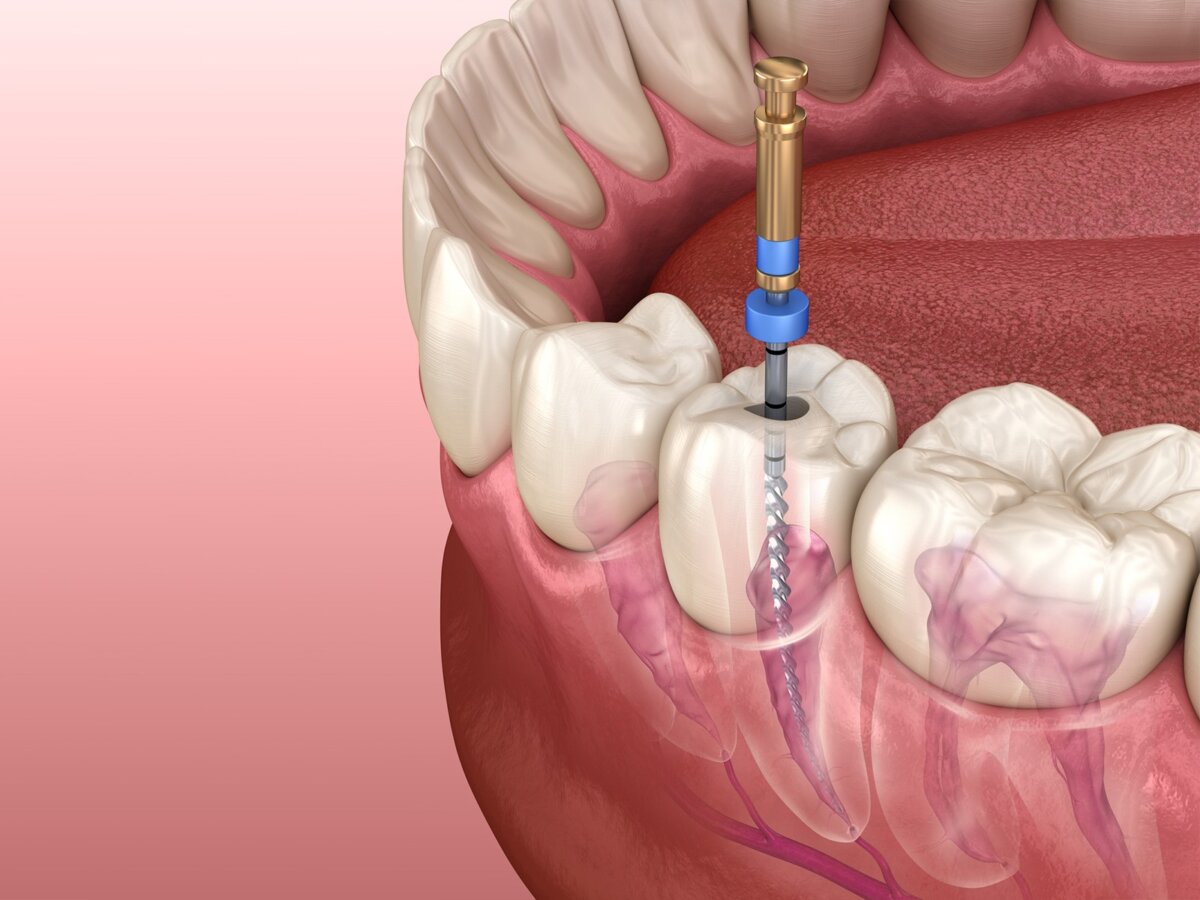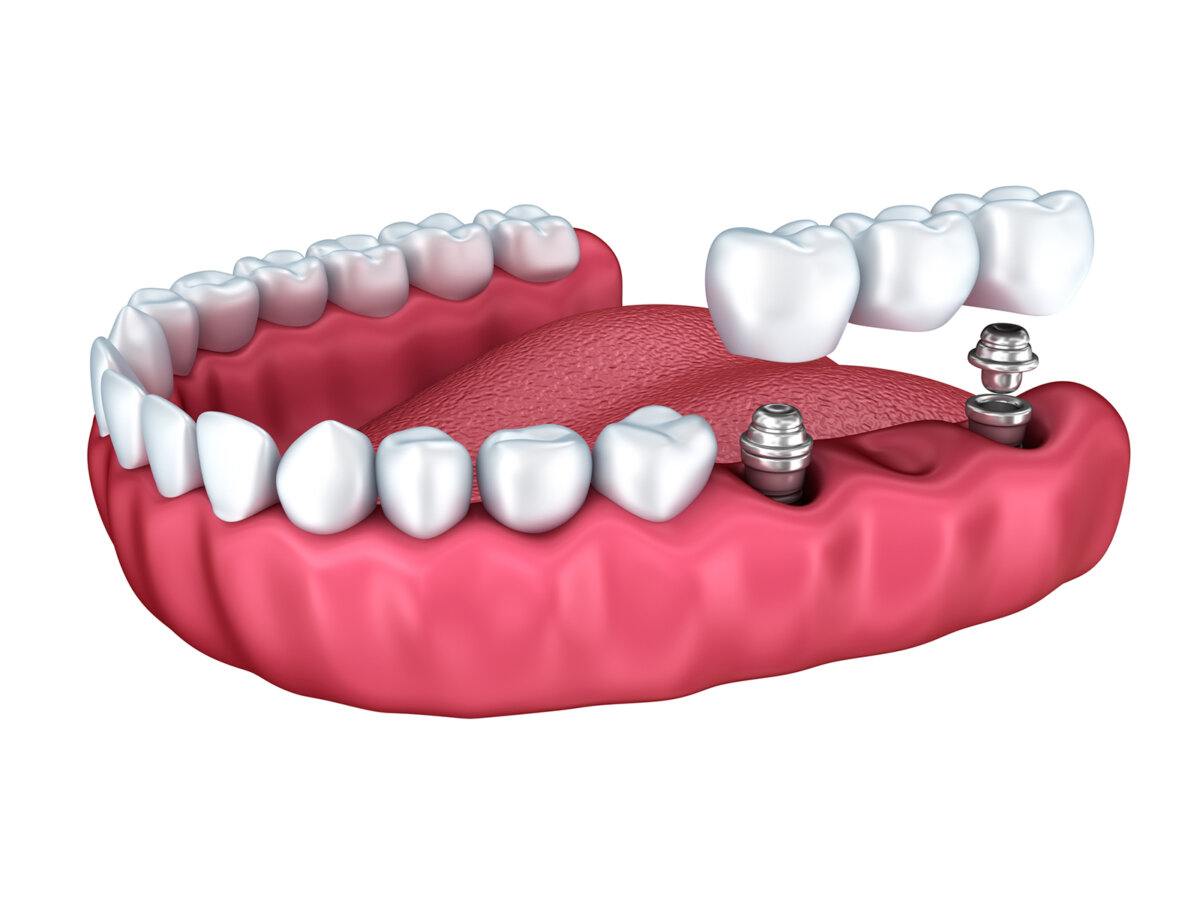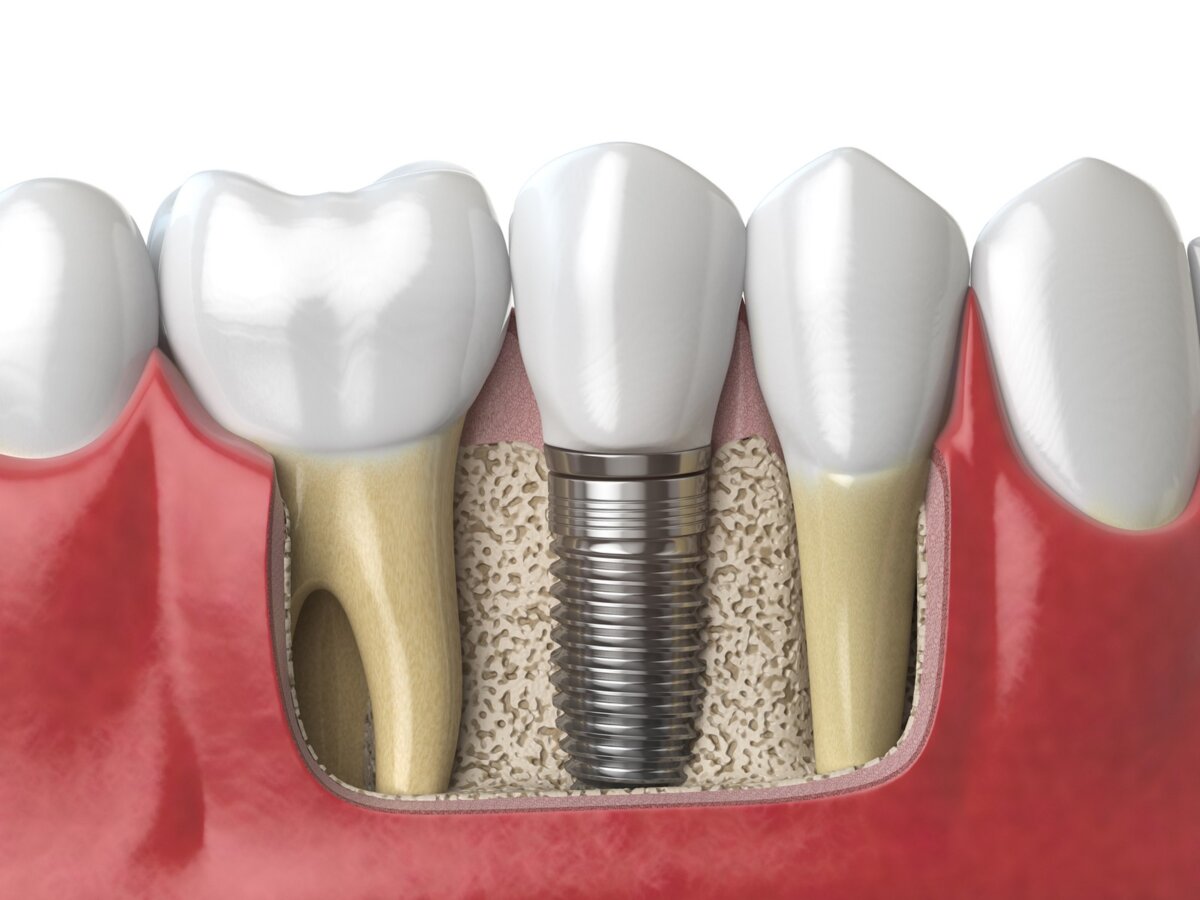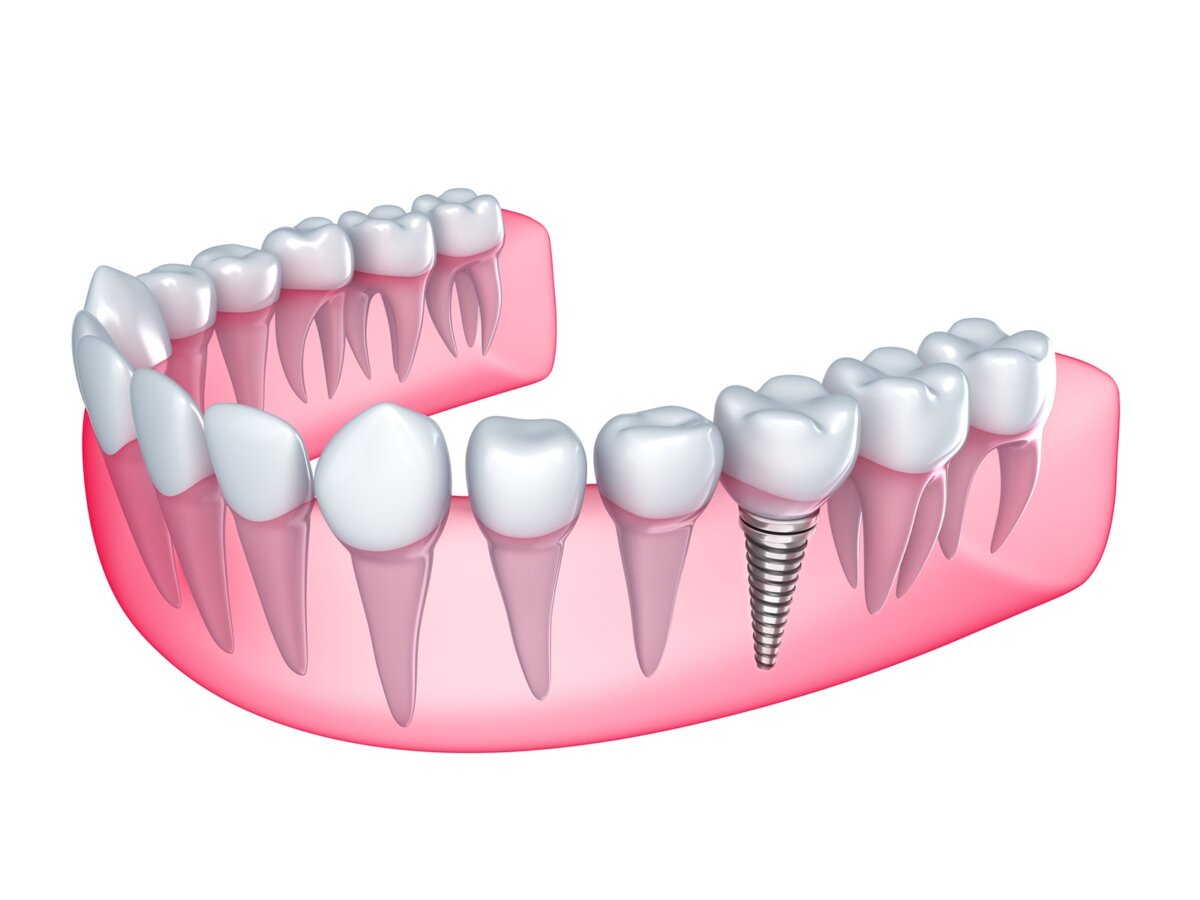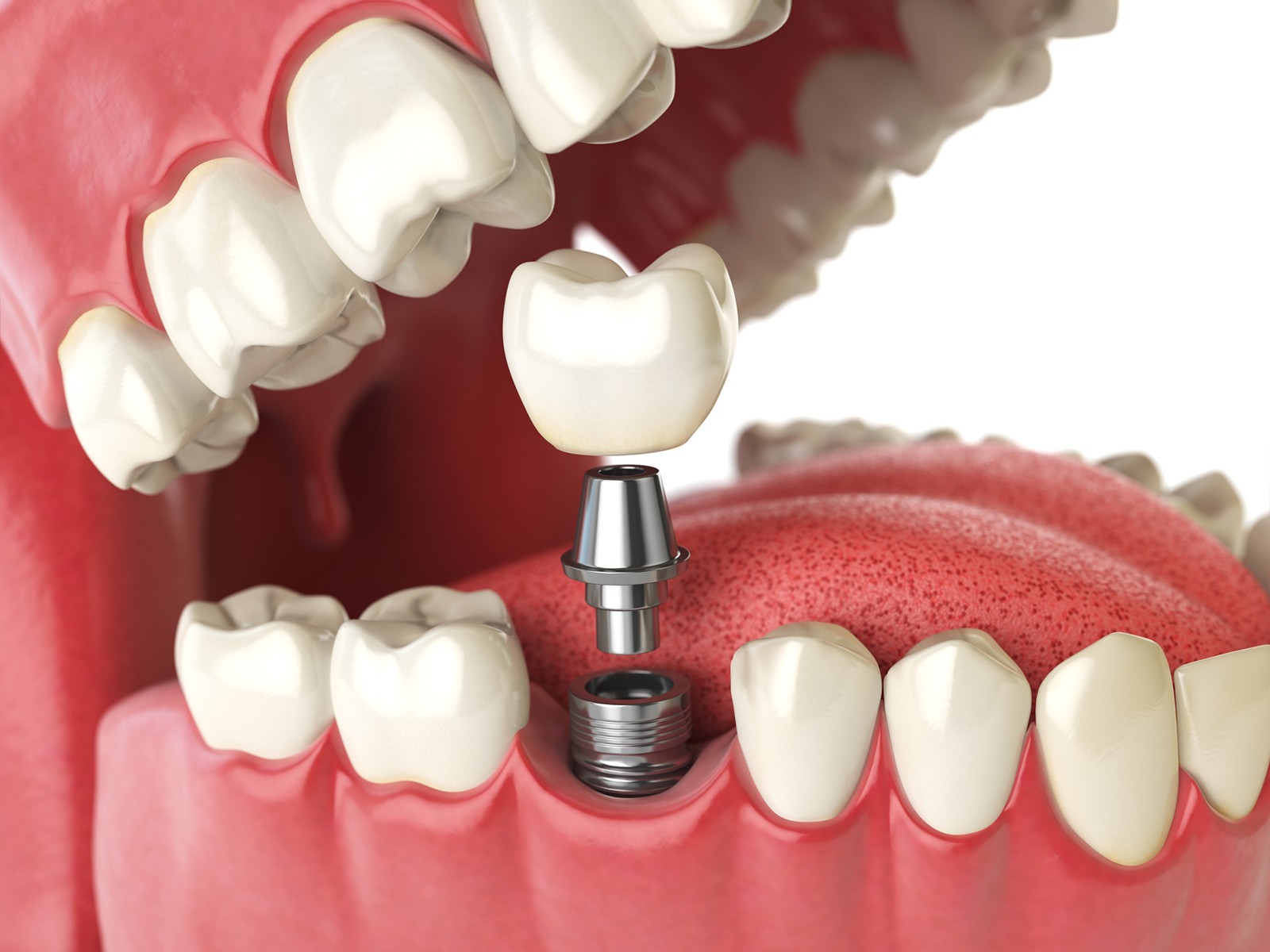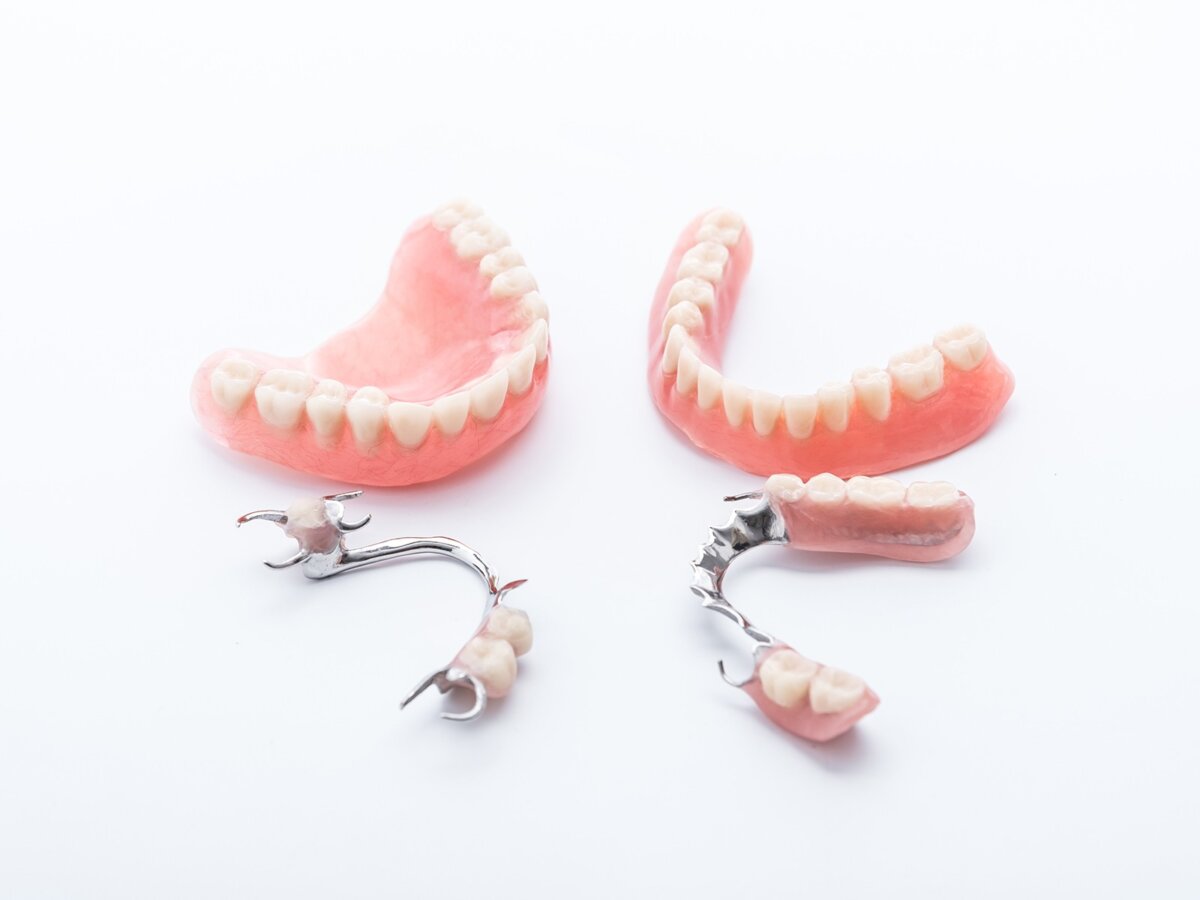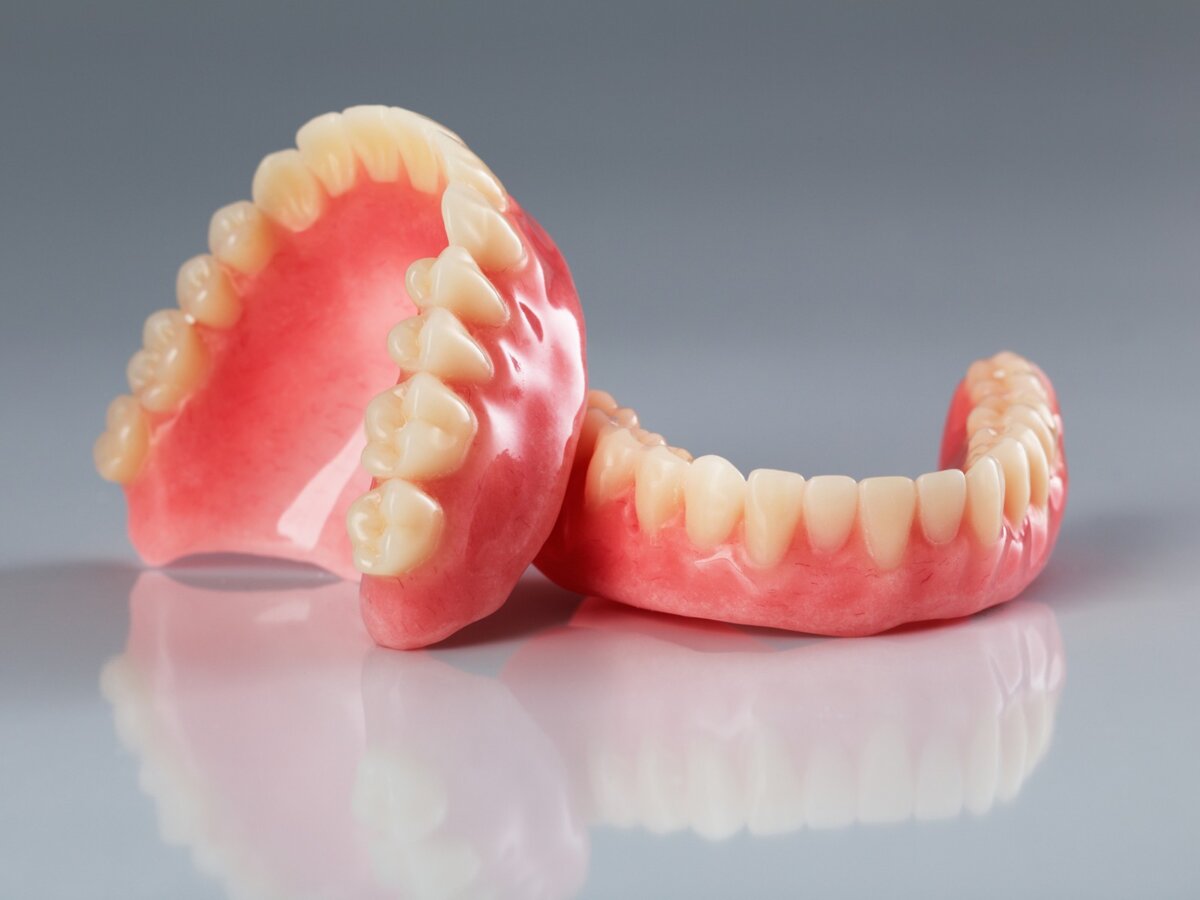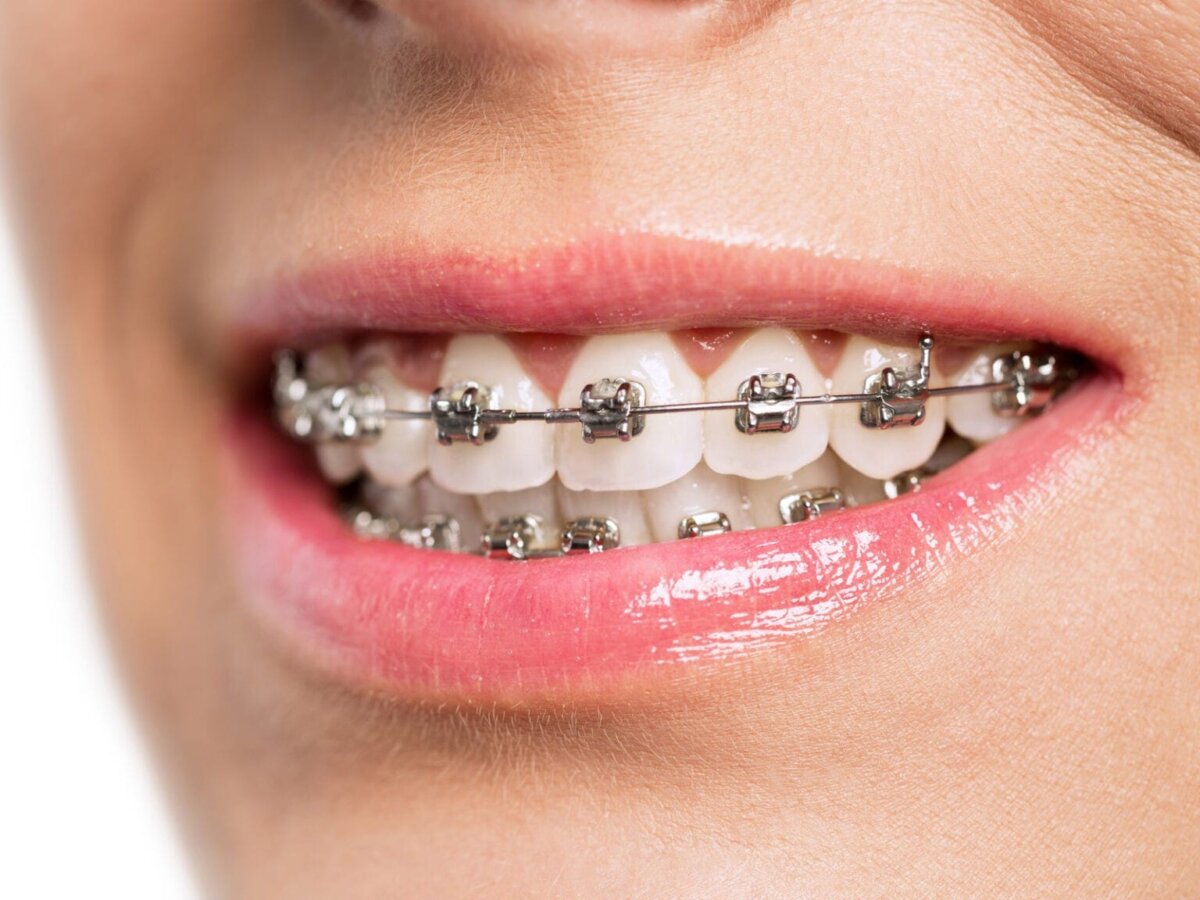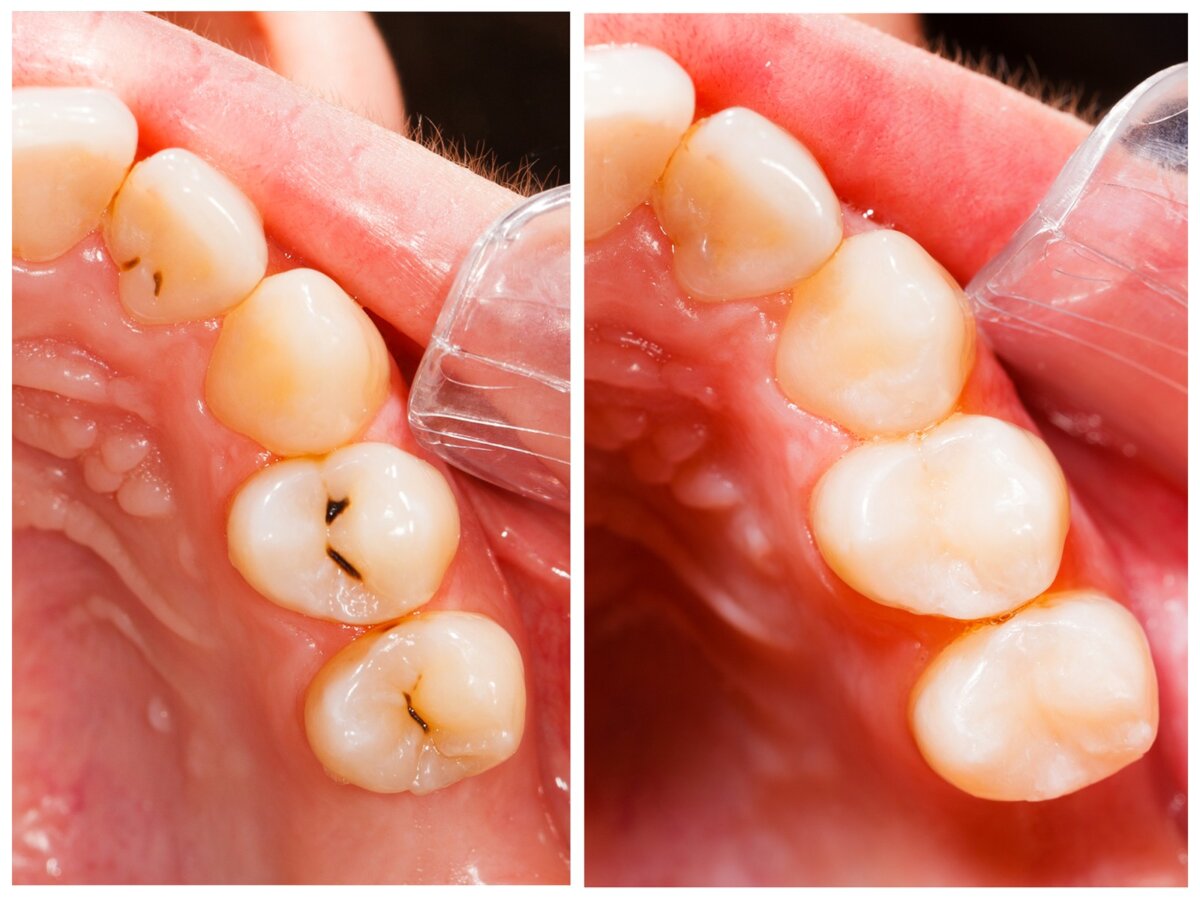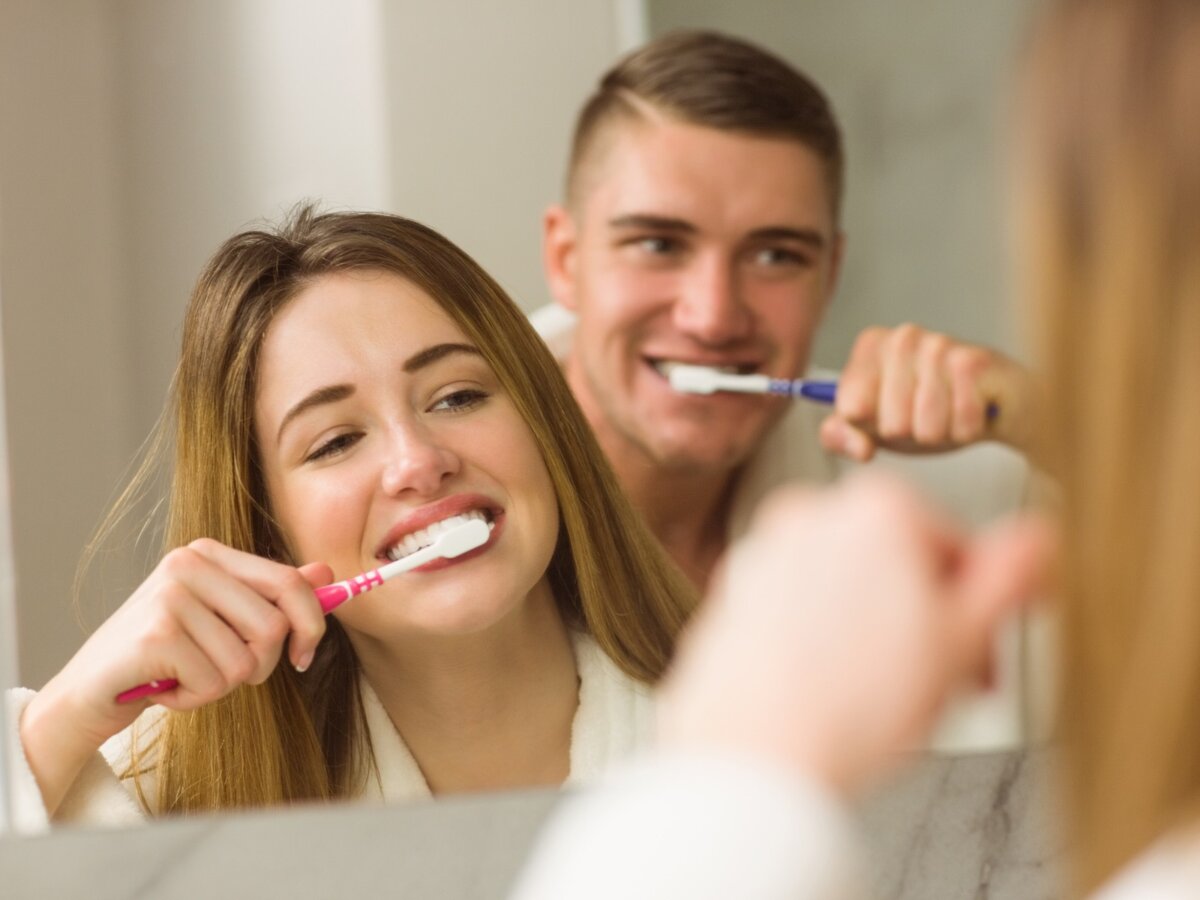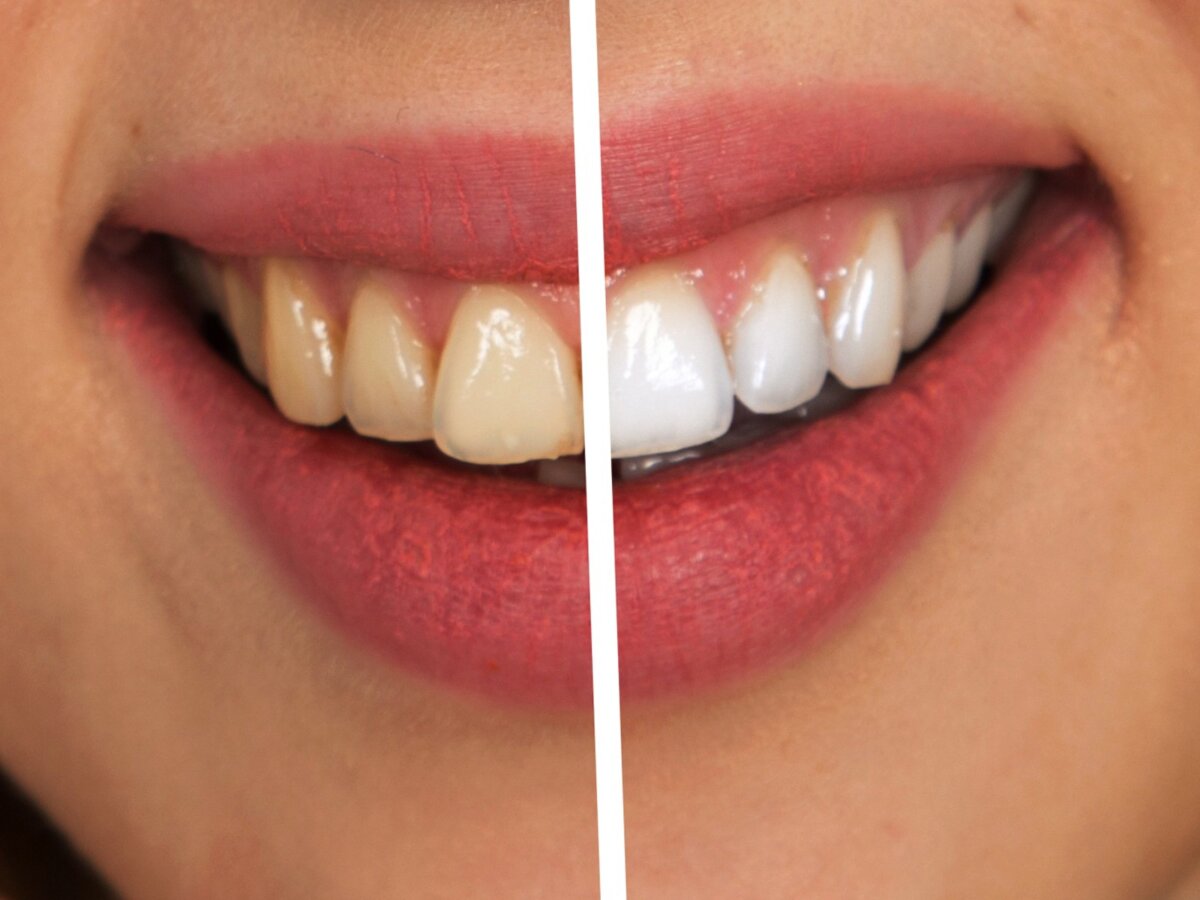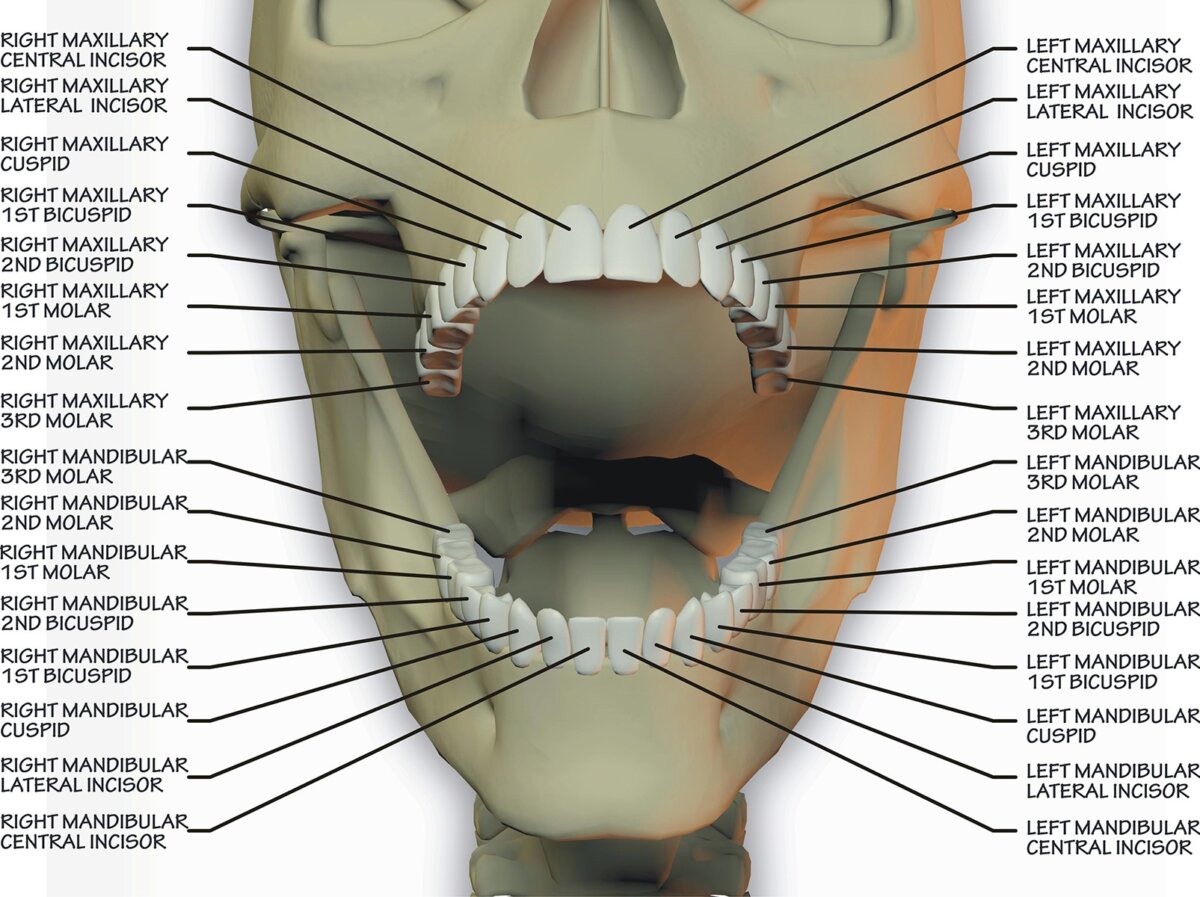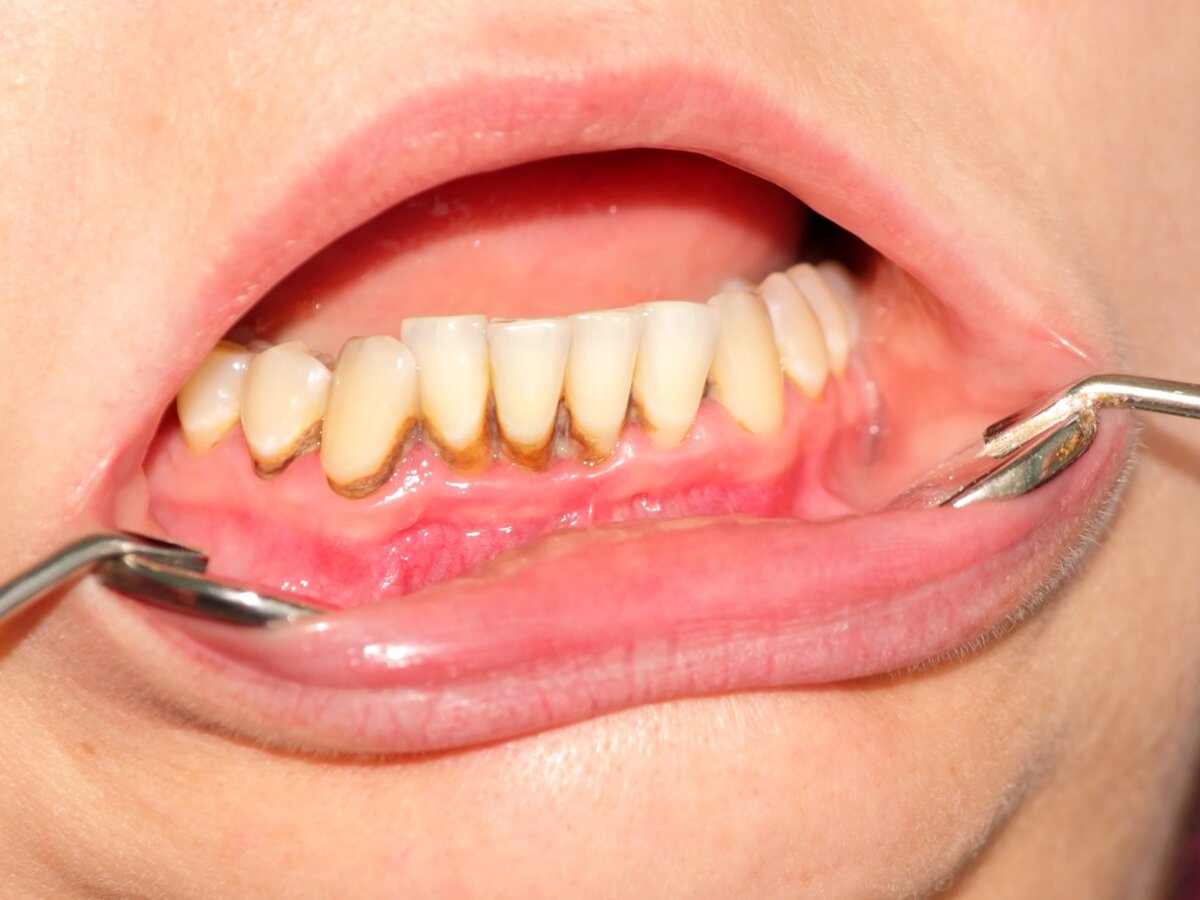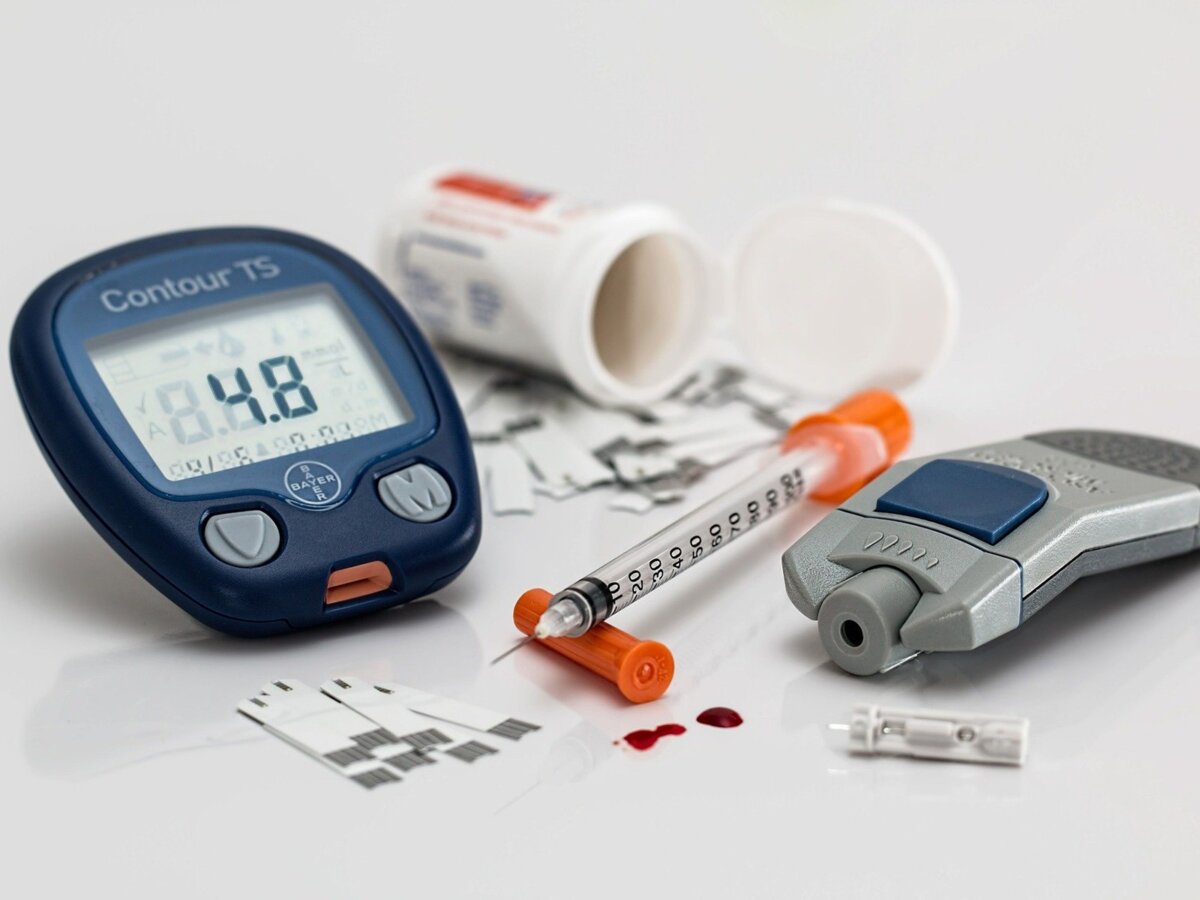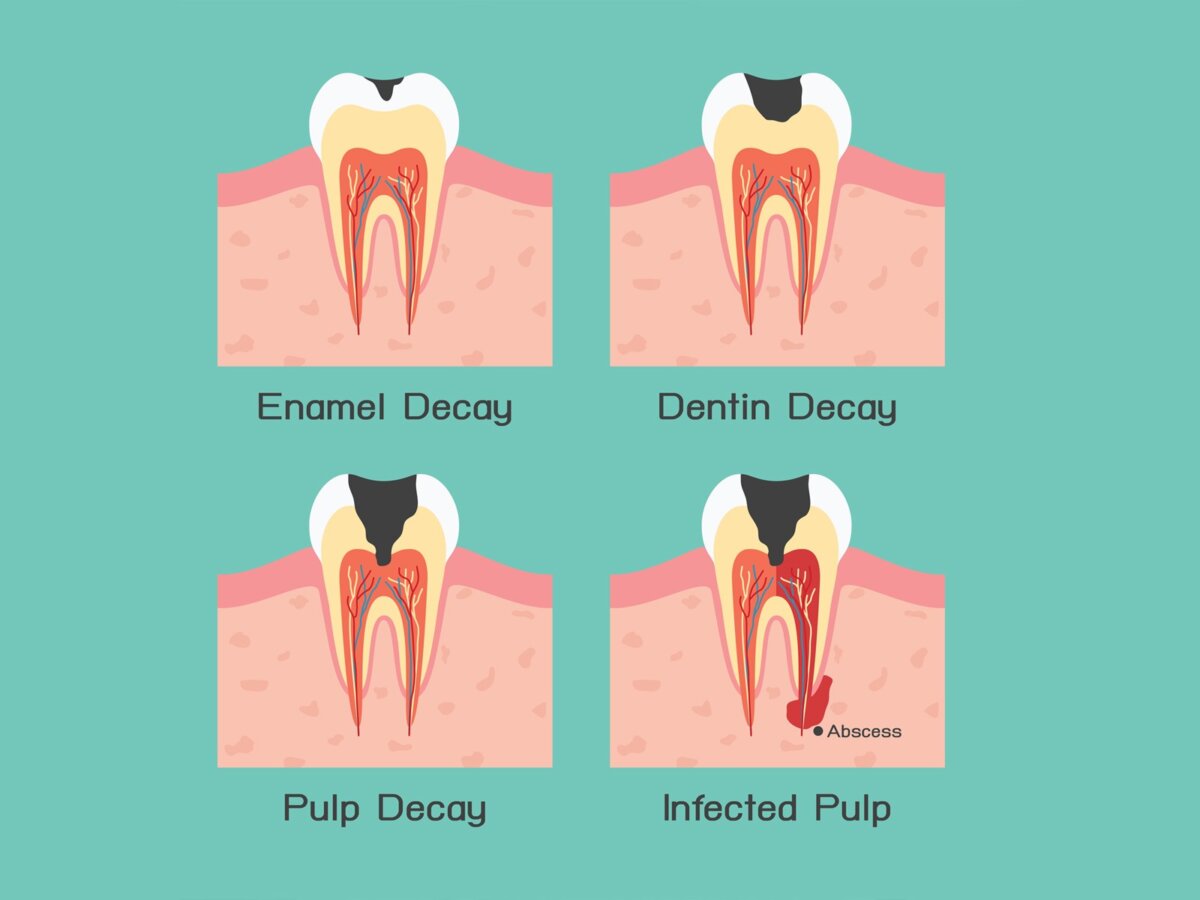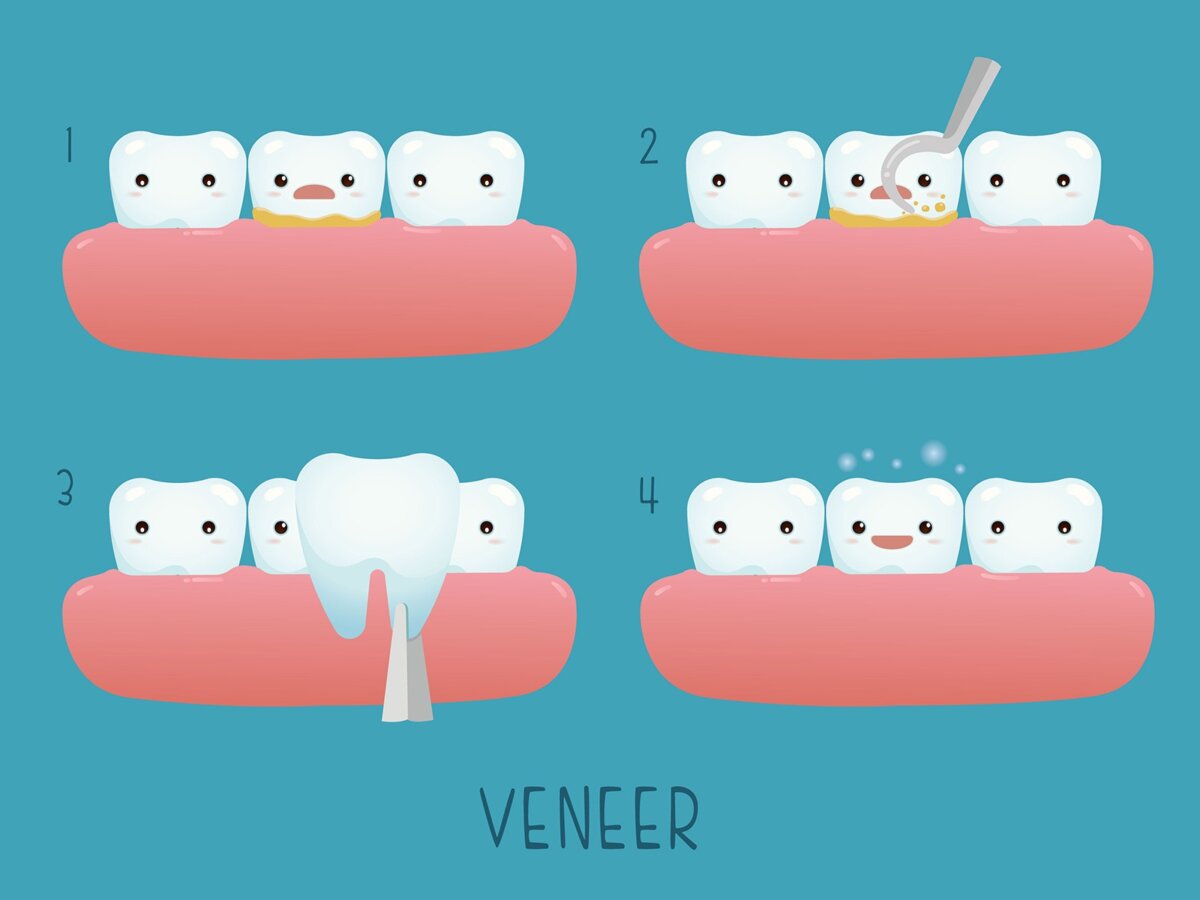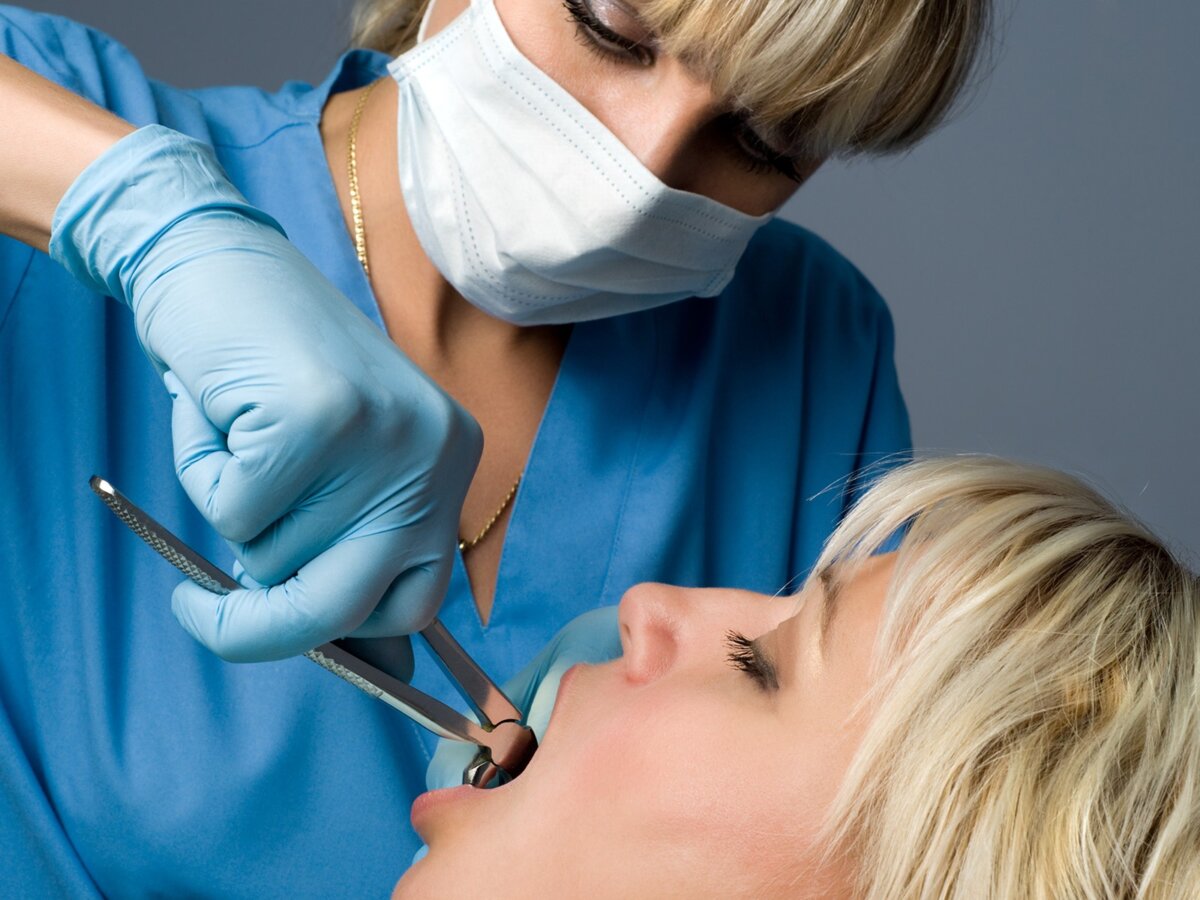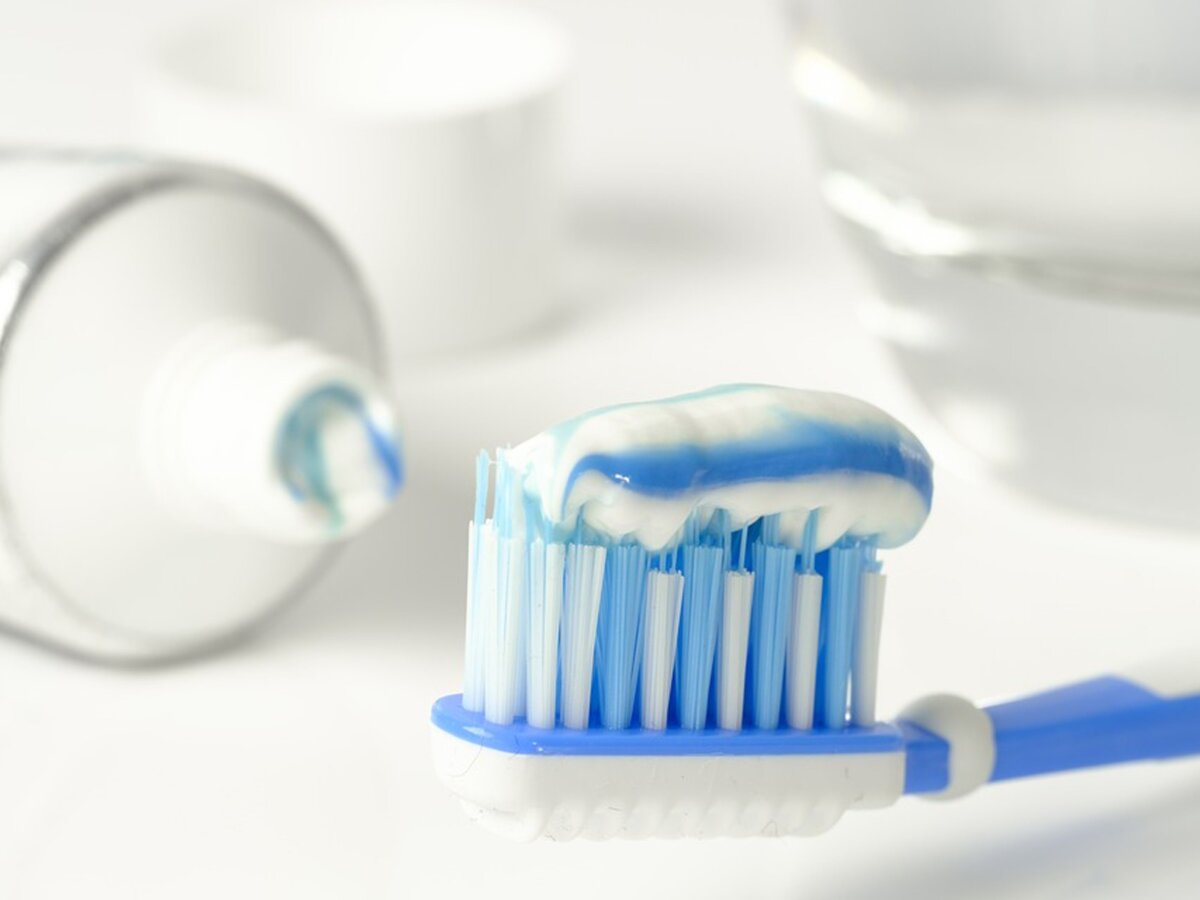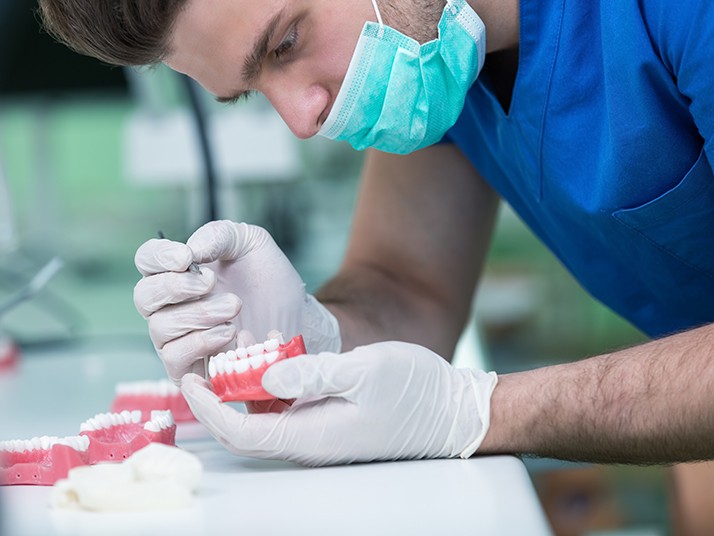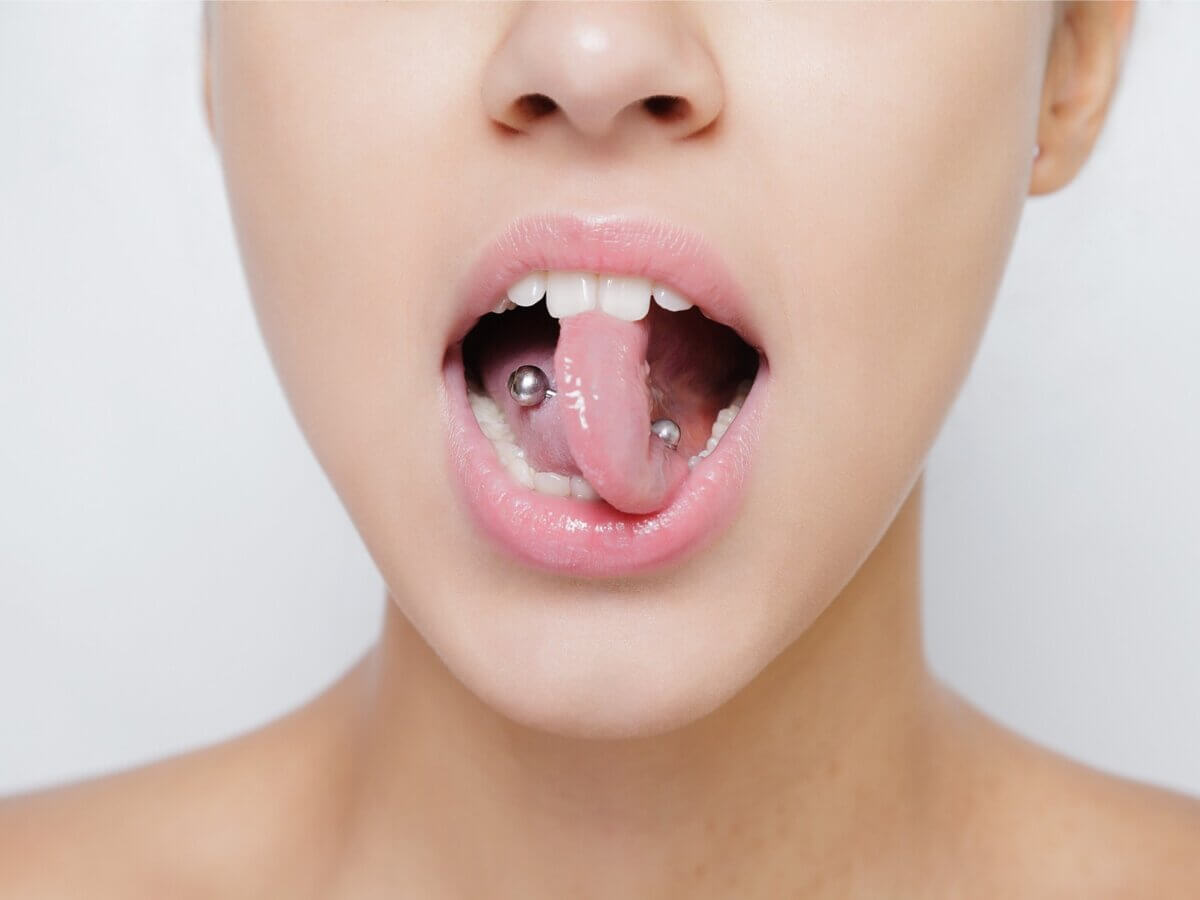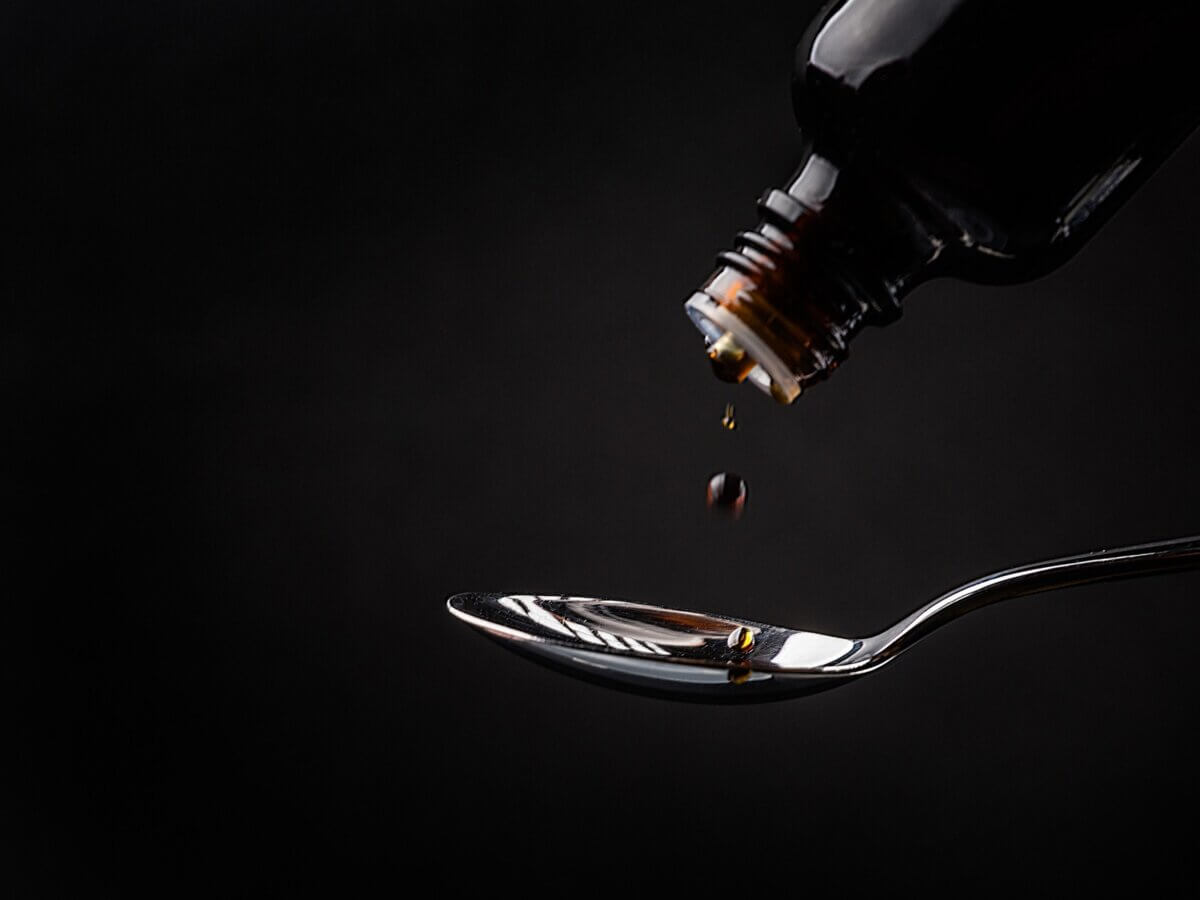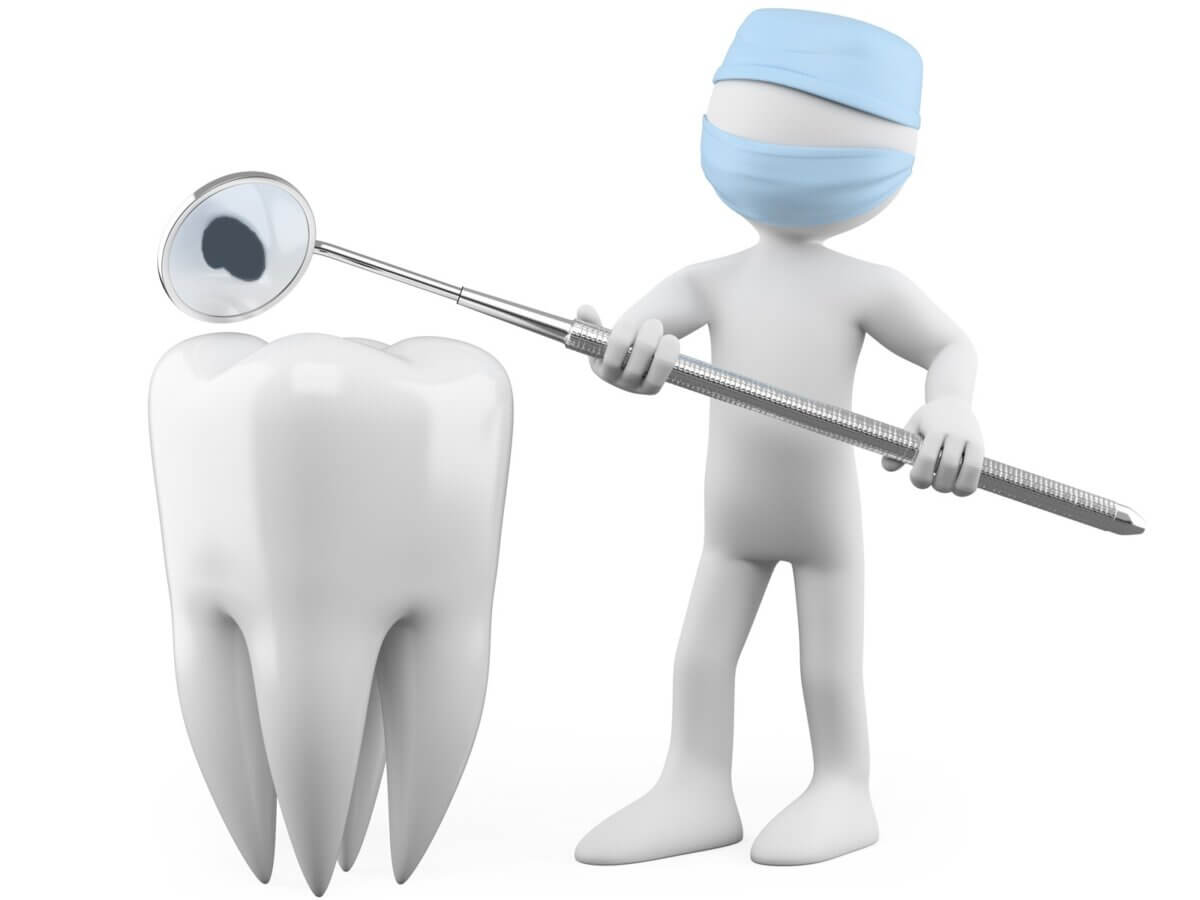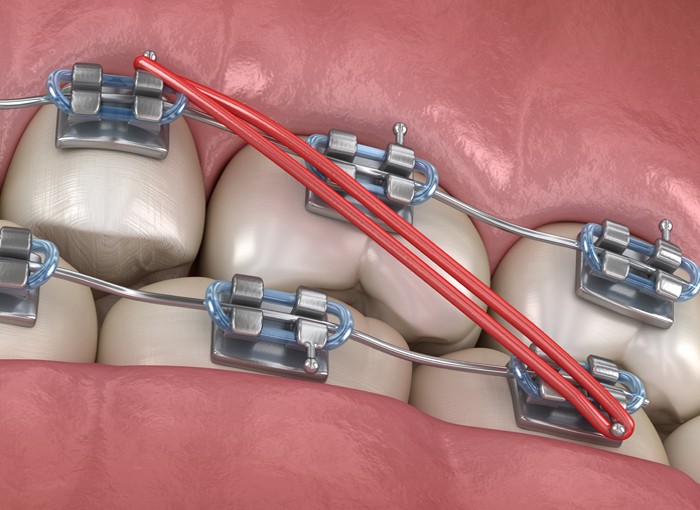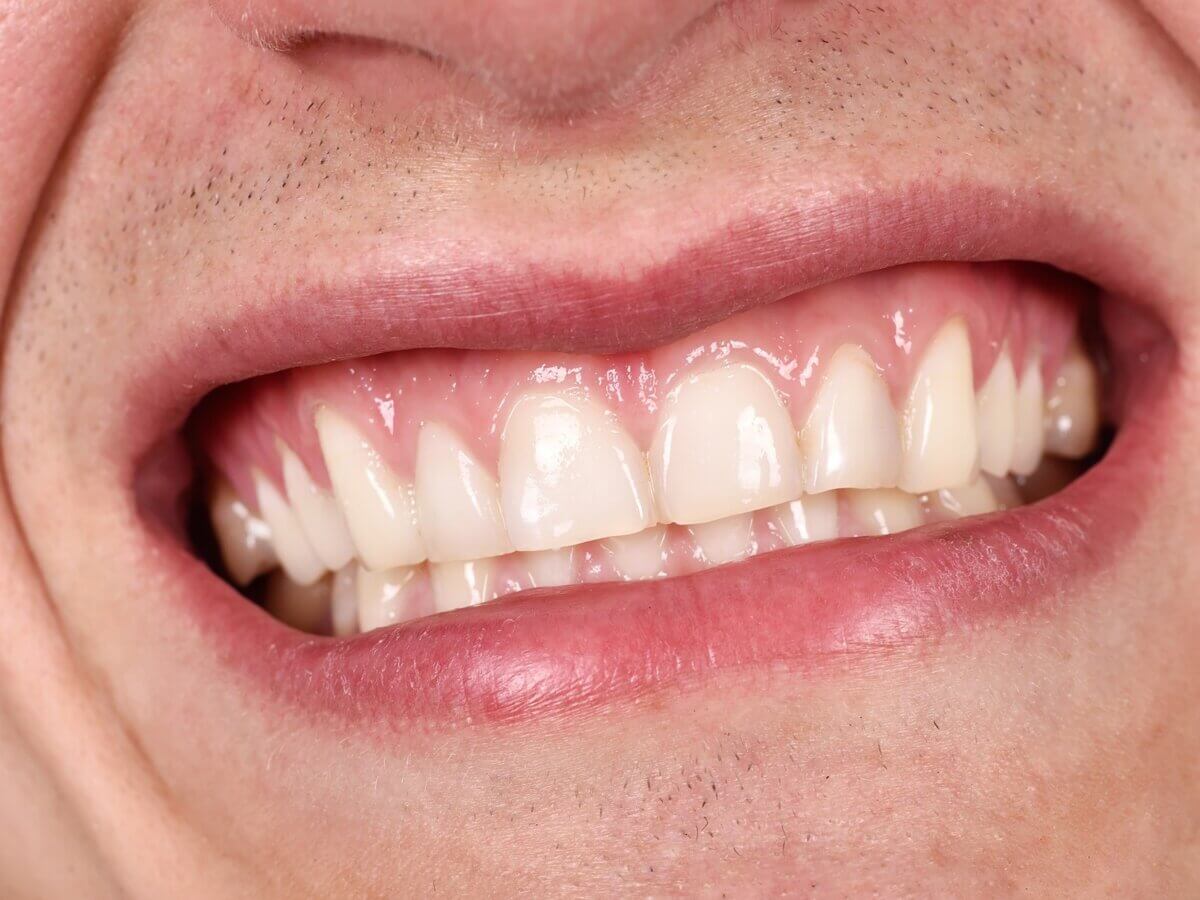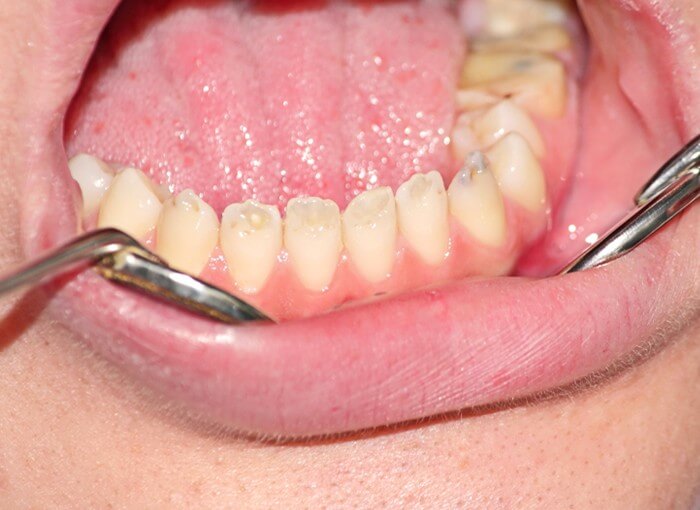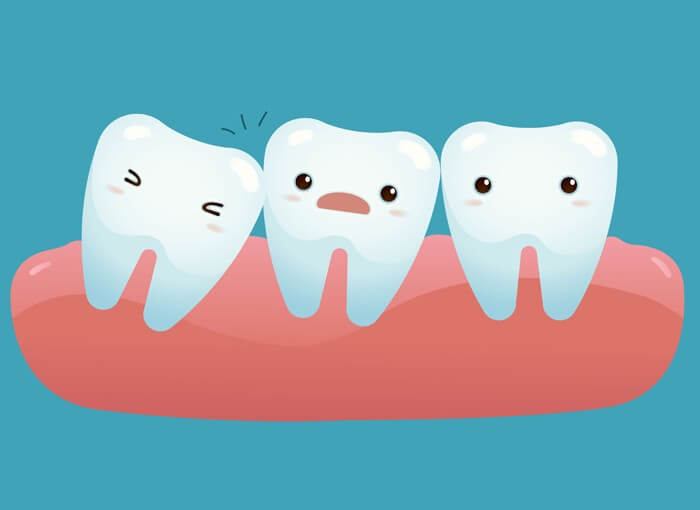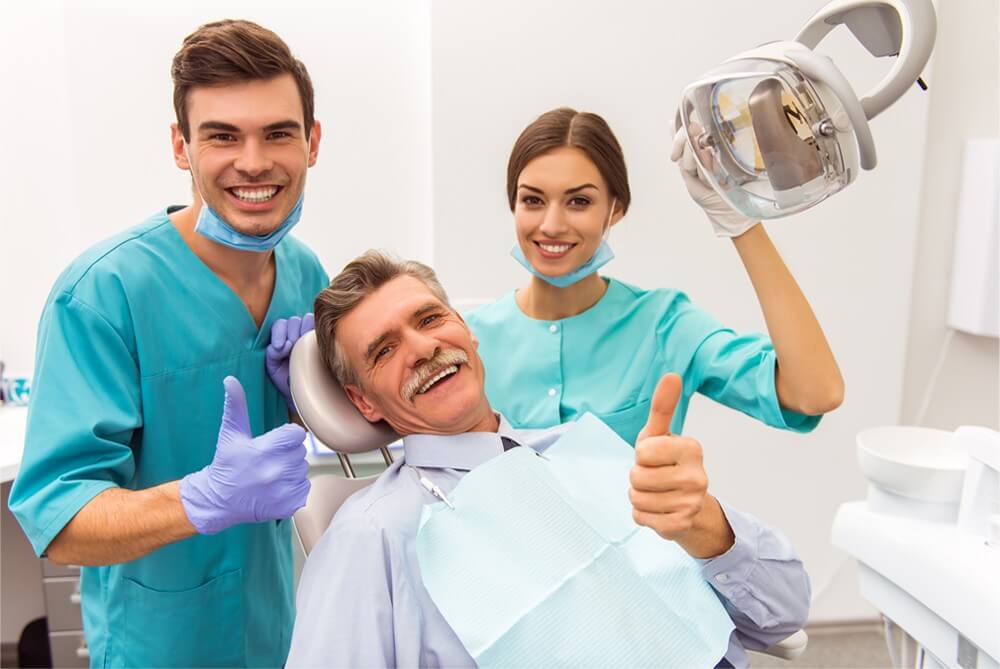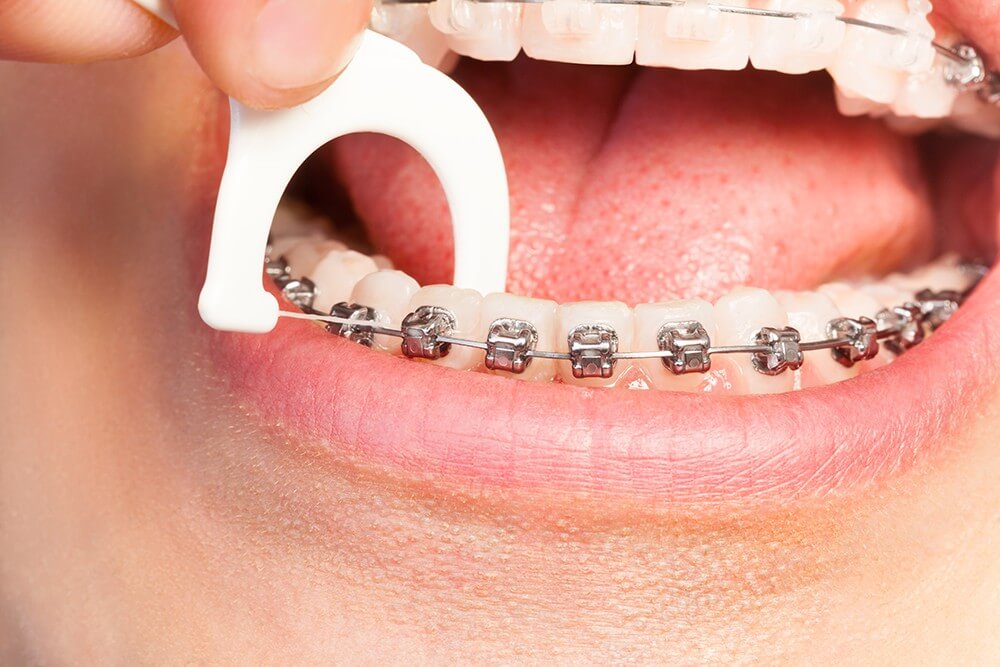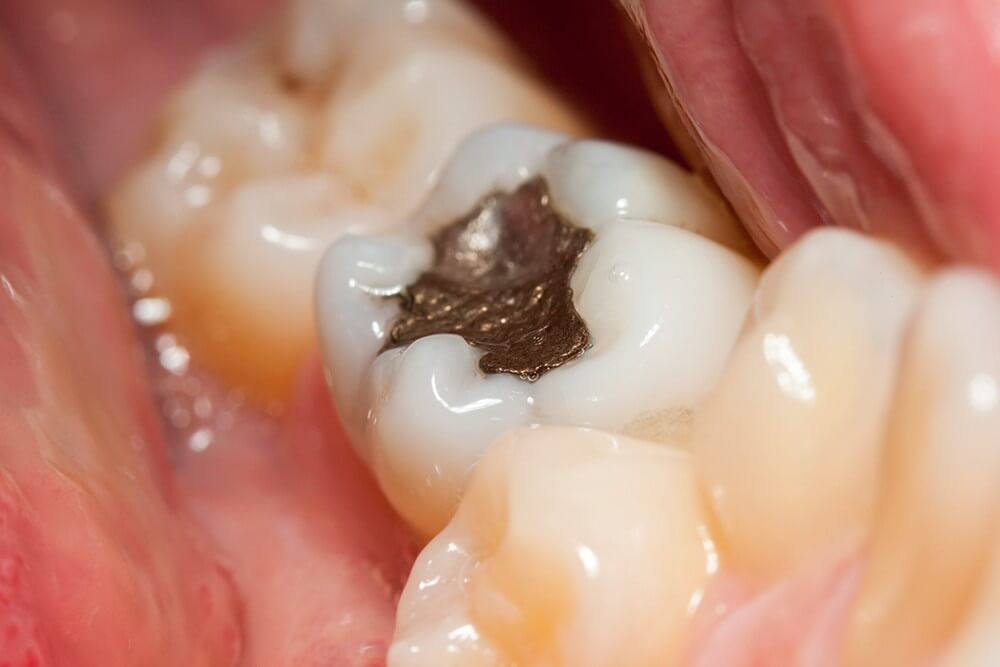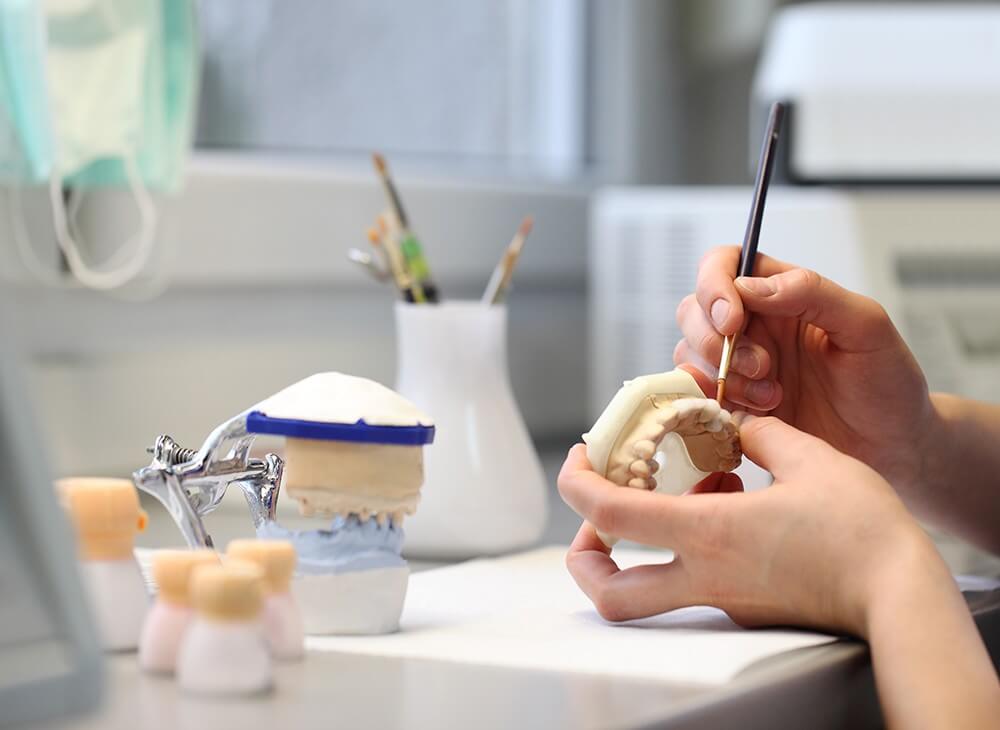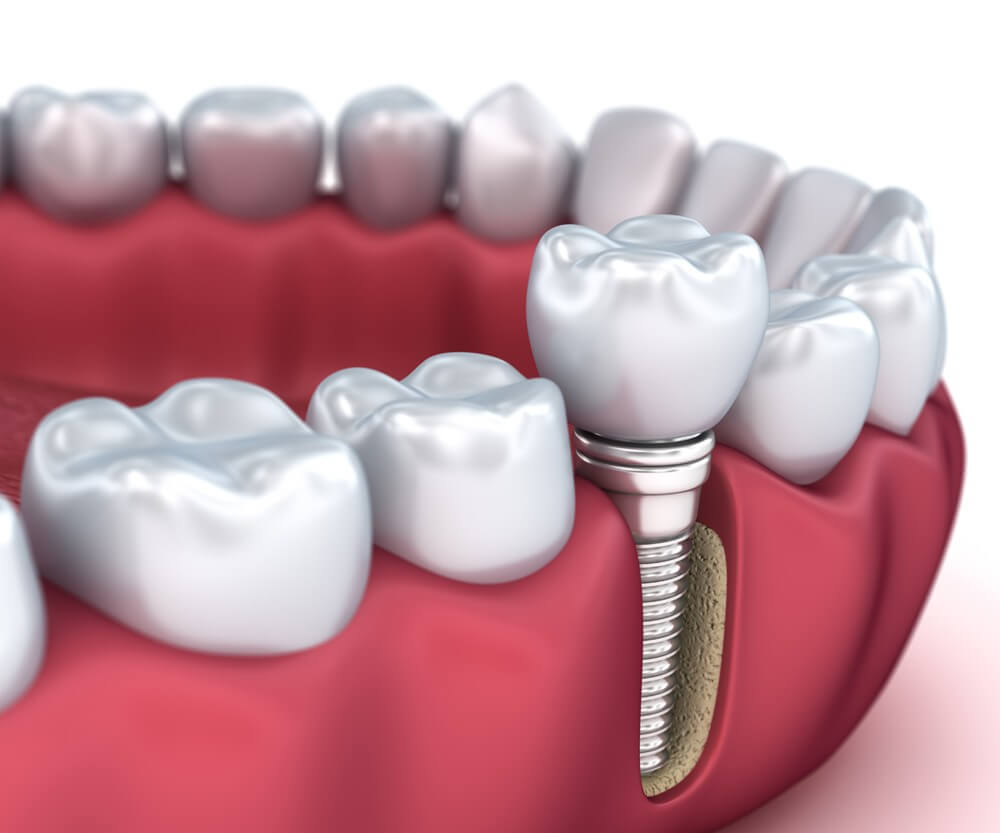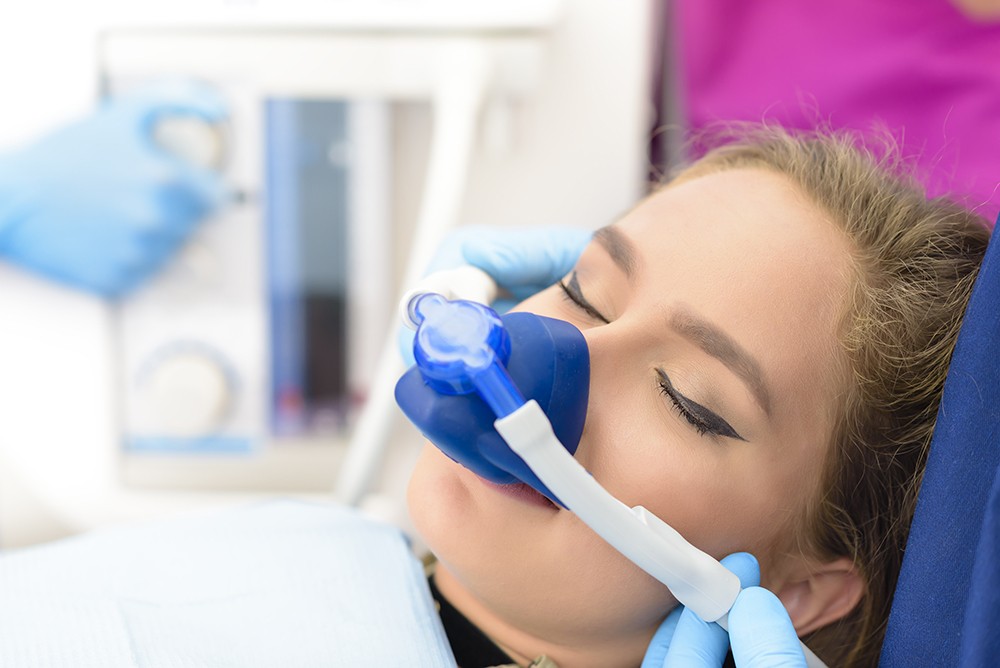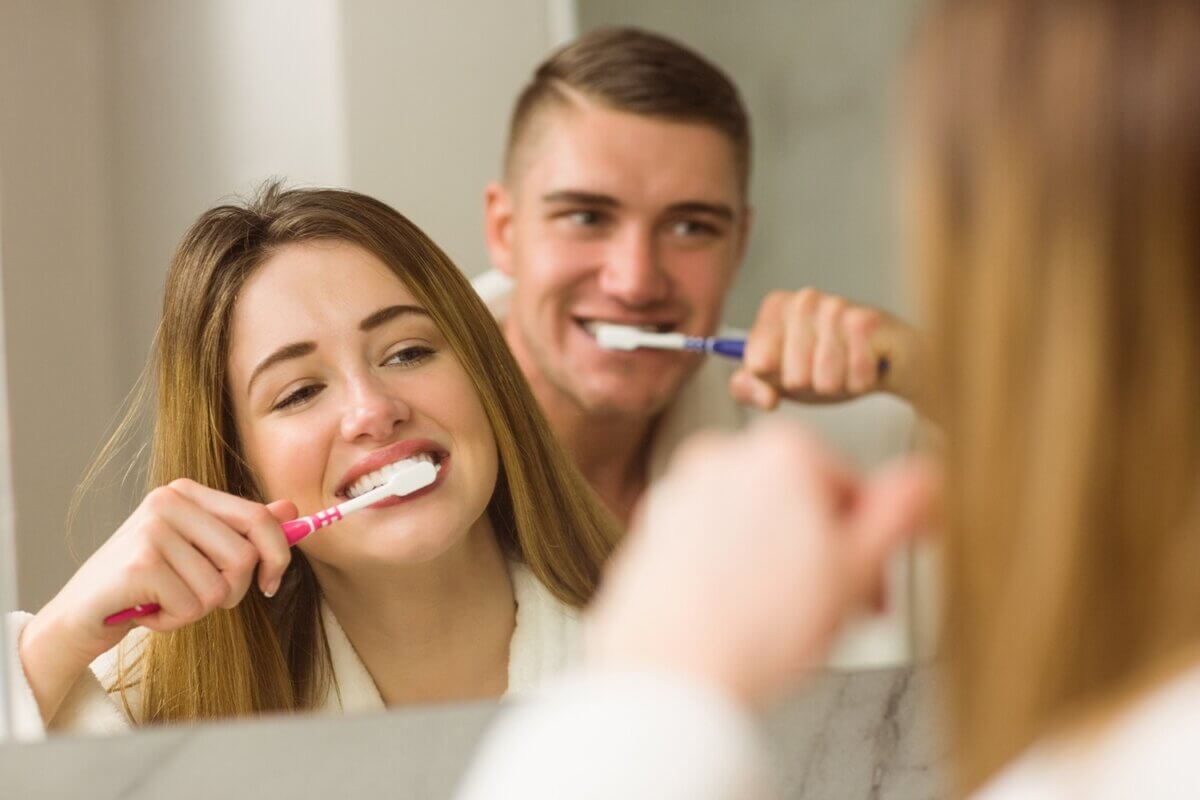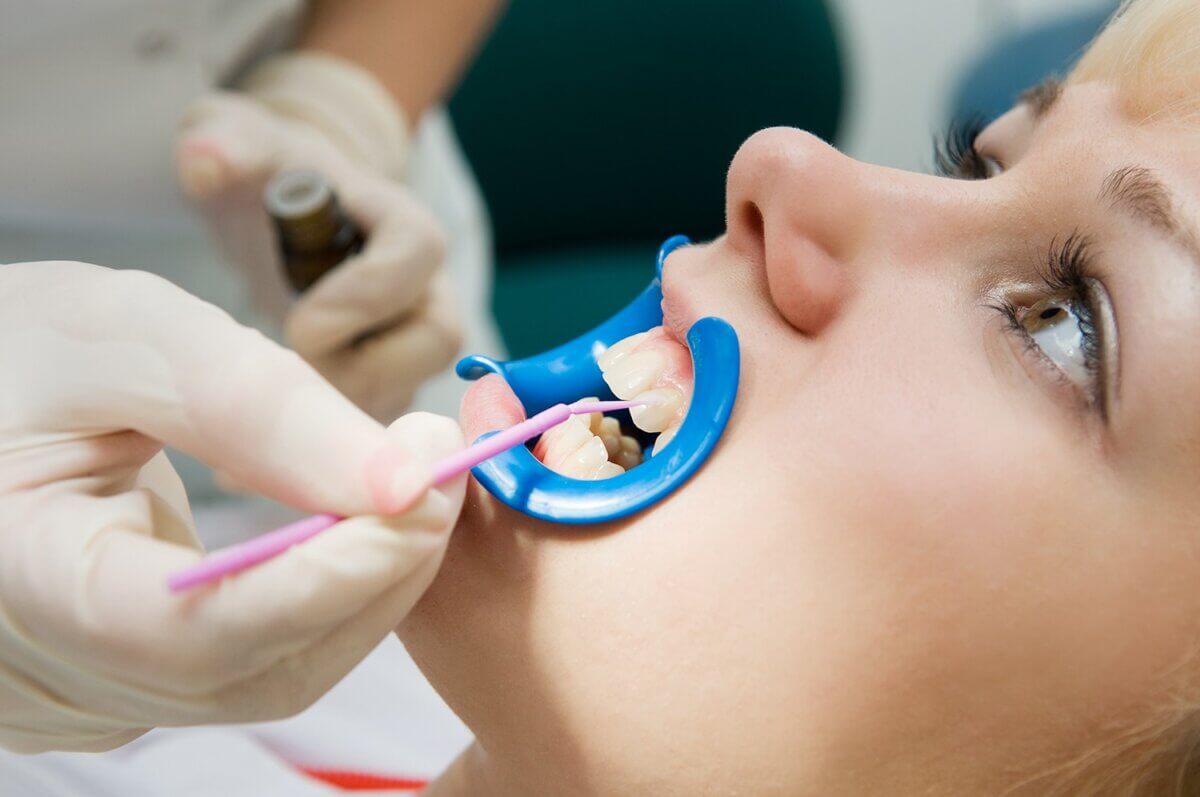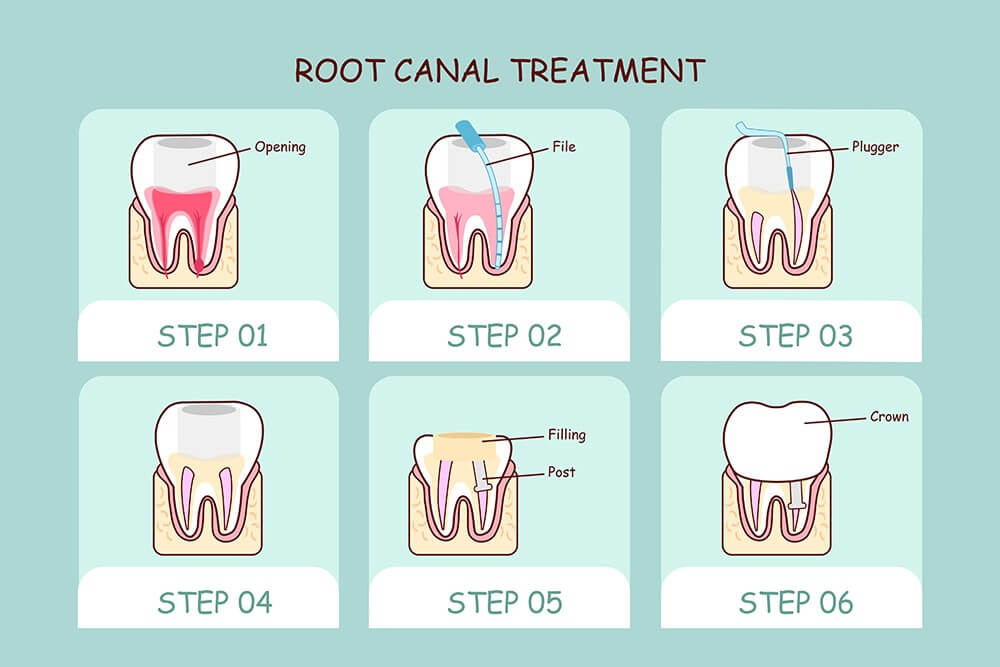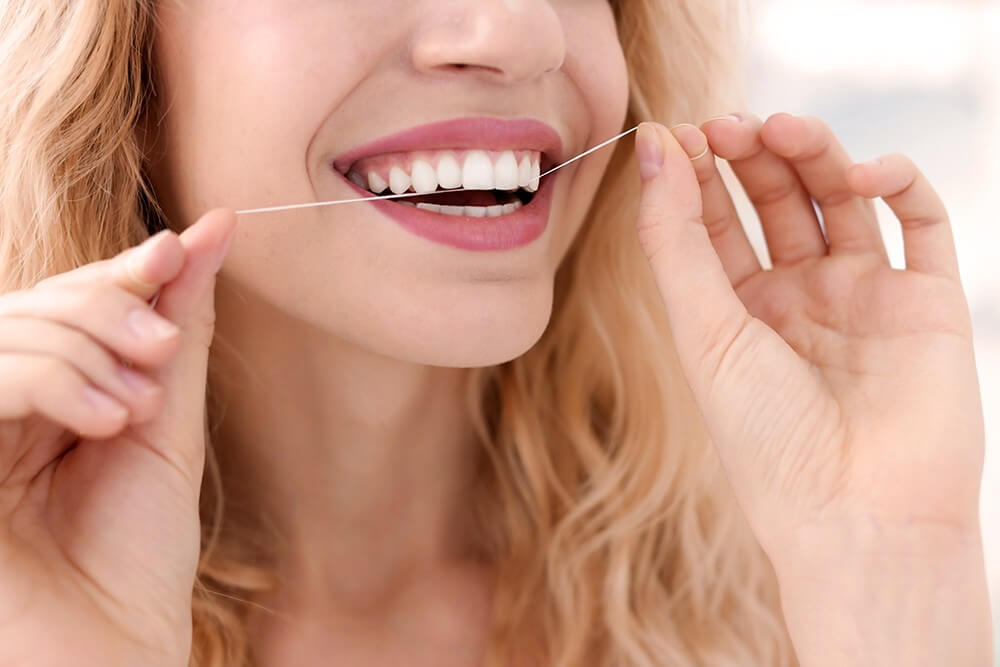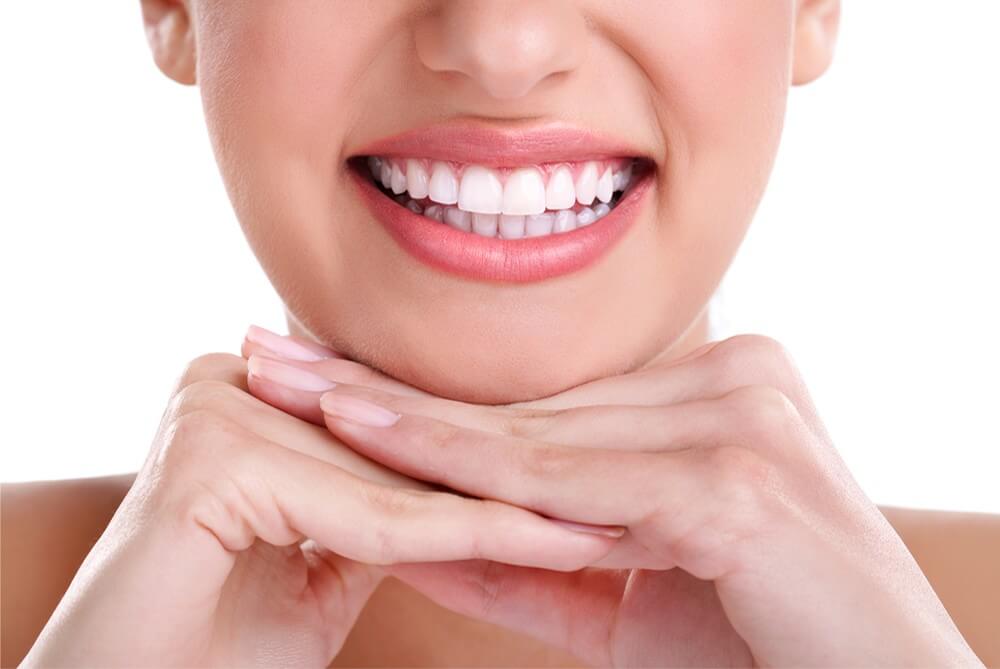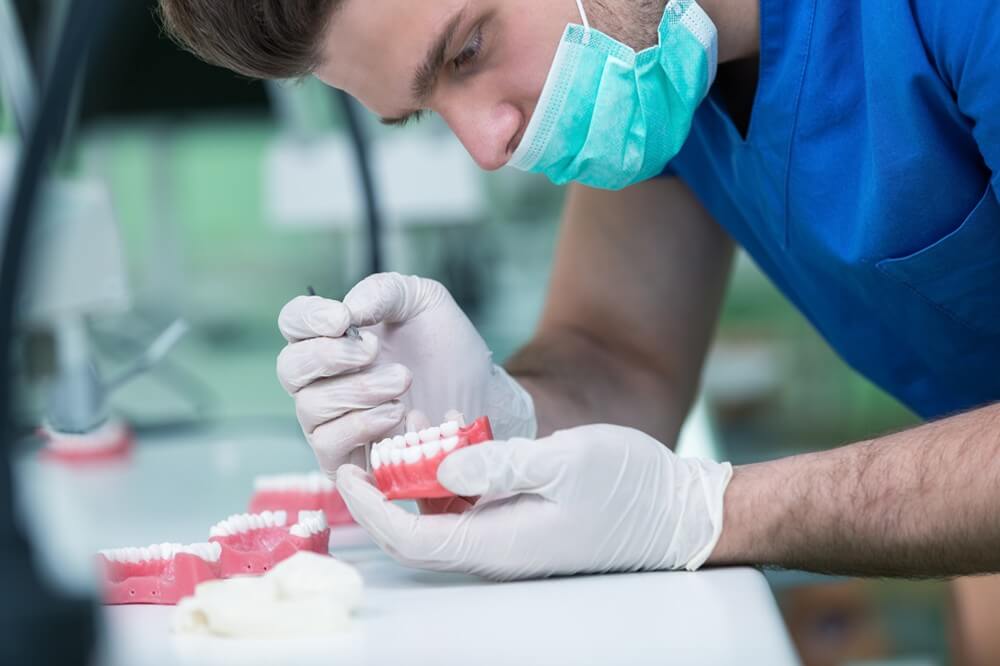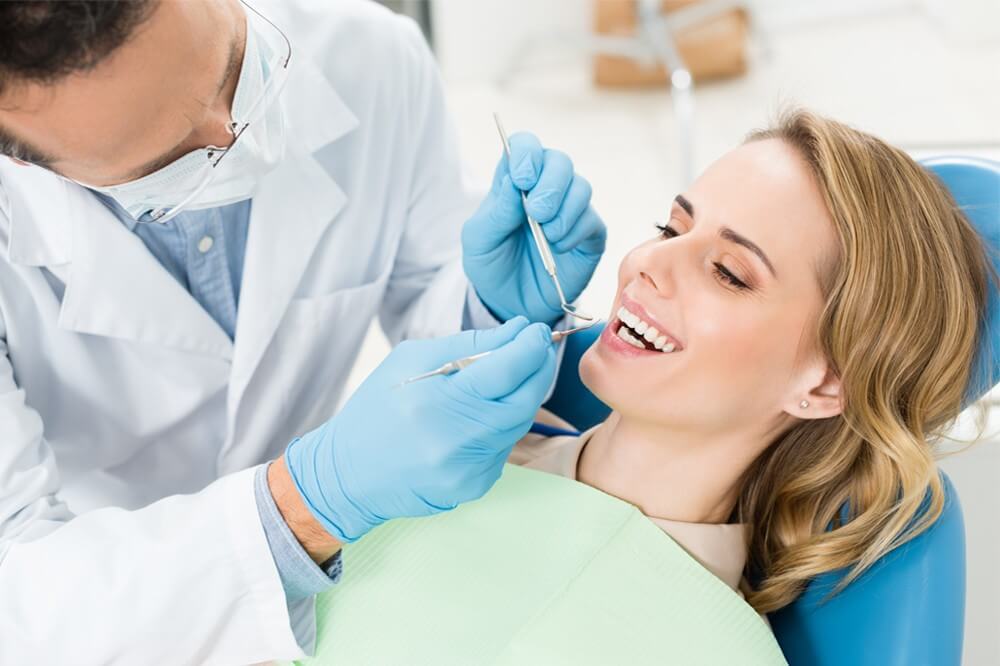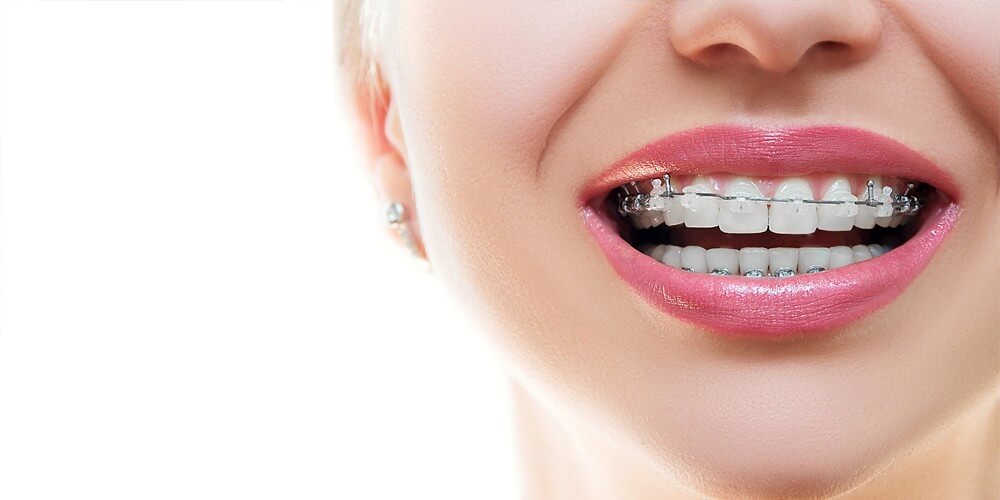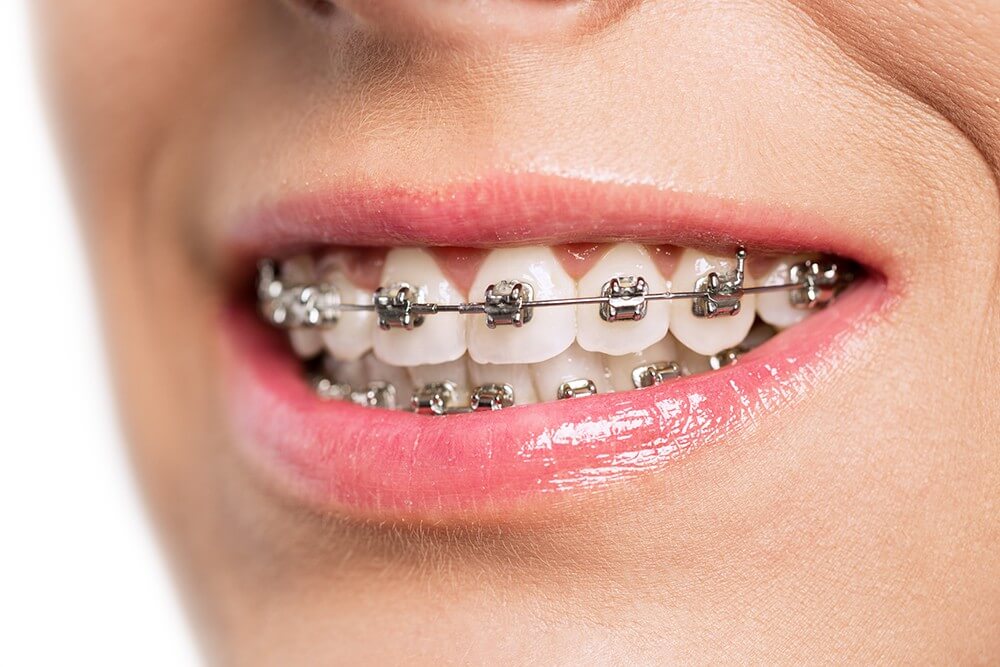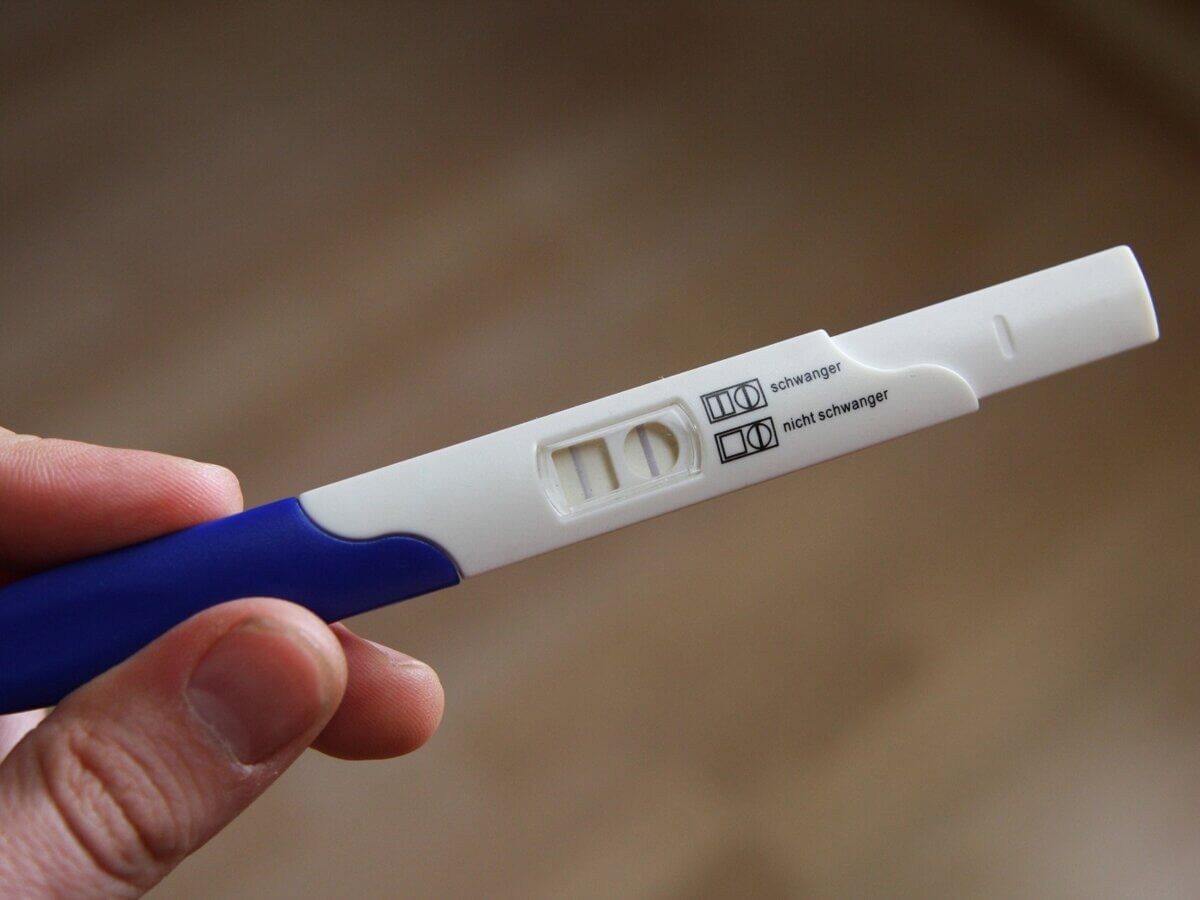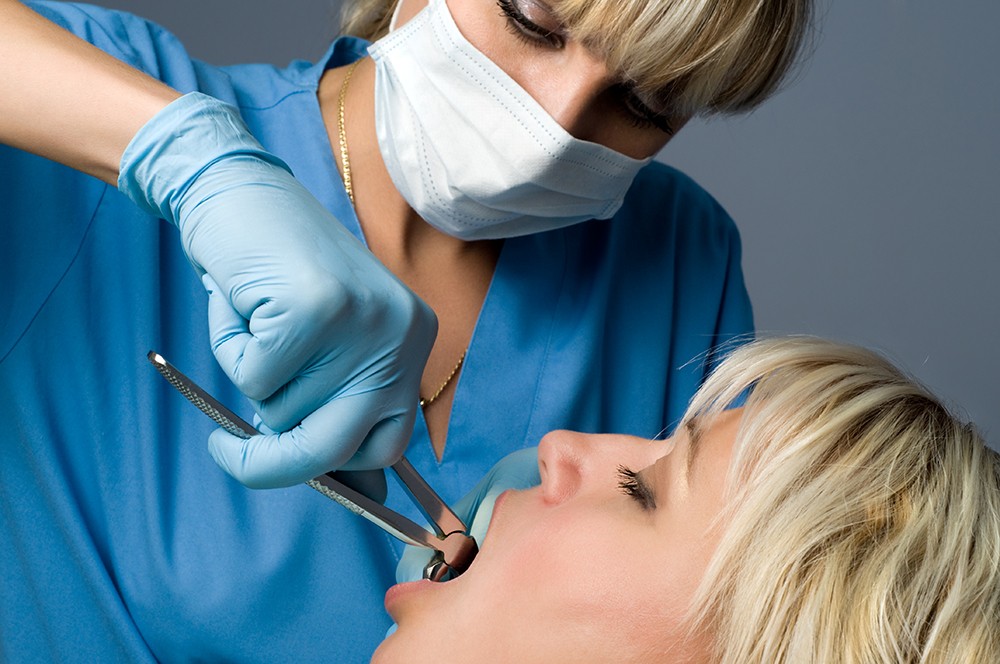How to improve your oral health? This is a question of the hour. Most people who do not take oral hygiene seriously might face many oral problems and even lose teeth. They become hesitant to smile in public. It might not seem like a big problem for most, but it affects one’s personality. This is why you should try to avoid common mistakes. These can damage your oral health.
This article will help you learn more details about oral health mistakes. You can explore ways to avoid these while learning some tips. It will improve your oral health. The right dental tips will ensure your oral health stays long-lasting and better. You can get your oral health better and stop it from further damage with effective measures.
1. Brushing Techniques
The way you brush tells a lot about your oral health. People who brush too fast or too hard might get in trouble. Your gumline is sensitive and can get irritated with the wrong technique. Brushing your teeth too hard can damage your tooth enamel. It will also irritate your gums. In some cases, it can lead to gum recession if ignored.
You must brush your teeth in circular motions using soft hands. It is better to brush softly and calmly, instead of brushing too hard. You cannot remove food particles from teeth grooves even if you try too much. It is better to consult a dentist for professional cleaning if necessary.
2. Using the Wrong Brush
The wrong type of brush can also be a huge mistake. People need a soft-bristled brush. You can also use the brush for sensitive types if you have sensitive gums. However, if you are using a hard bristle brush, your enamel might vanish. You can also damage and irritate your teeth and gums.
You cannot get better results if you have too many food deposits using a hard-bristled brush. A slow and thorough brushing often removes the most residue from your teeth.
3. Forgetting about Floss
While you can remove food deposits from your teeth with brushing, you forget about the gaps between teeth.
Flossing teeth ensures the gaps between teeth are free of food deposits. It also helps you avoid foul breath and improves oral health. This process hardly takes a few minutes of your morning routine. And it can transform your oral health for the better.
4. Skipping Dental Visits
Dental appointments are essential even if you do not have any issues. People often seek medical intervention only when they have a problem. While that approach might work for other scenarios, oral health needs regular check-ups. You can avoid a number of diseases with just regular dental visits. Moreover, by staying proactive with your oral care, you reduce the chances of needing an Emergency Dental Visit, which often arises from untreated issues that could have been caught early.
Your dentist can check your mouth and diagnose diseases, you might not be aware of. You can get early treatment started for potential oral problems. This will not only make treatments affordable but also ensure your oral health is well-maintained.
5. Dietary Restrictions
Your food also plays a vital role in your oral health journey. People need to consume fluoride in small amounts to improve their enamel strength. One also needs to regulate their sugar consumption to avoid decay or cavities.
You must ensure that your oral health is managed. You must avoid beverages, or food options with too sugar content. If possible, you must also avoid smoking as it affects your oral health as well. With a fibrous diet and limited sugar consumption, you can improve your overall oral health.
6. Neglecting Toothbrush Care
While maintaining oral health is vital, it is also essential to keep your toothbrush well-maintained. Yet this is also the most overlooked one. But when to replace your old toothbrush?
You must ensure you switch to a new toothbrush after every few months. You must avoid using the same toothbrush for too long. Toothbrush bristles become old with time and are not as effective as before. It might damage your gums. They also grow bacteria if you do not cover them with a toothbrush cap.
7. Ignoring Oral Problems
People also need to pay close attention to their oral problems. You must check signs of oral problems and get immediate medical attention if required. This way you can avoid many oral problems from advancing. You can also save money and get treatment before the disease advances and affects overall oral health.
If you underestimate oral problems, the disease might overgrow and damage the neighboring teeth as well. You must follow certain guidelines to ensure your oral health improves.
Improve Oral Health With Tips
You need guidelines for proper care and an oral hygiene routine. You must follow some guidelines to manage your oral health better. Here are some tips you can follow:
- Floss once a day to remove plaque and food
- Use a water flosser or pre-threaded flossers to clean your teeth properly
- Use a soft-bristled brush
- You must brush gently in small circles. Use short back-and-forth strokes for proper cleaning.
- Brushing your tongue and gumline for in-depth cleaning
- You must replace your toothbrush every 3–4 months
- Smoking can also stain your teeth and tongue. It can cause bad breath
- Visit your dentist at least once a year for checkups and cleanings
- Don’t put objects in your mouth to clean your teeth
Conclusion
Your oral routine is something that you follow every day. It does not need to be complex or complicated. You must follow a simple and effective oral hygiene routine to maintain your oral health. At the same time, there are many suggestions regarding the tips to add. You must evaluate these based on your choices.
You can consult experts regarding which tips to follow at Beamount Dentist TX. You can determine the right strategy for yourself with effective advice and professional opinion on oral health. With these strategies, you can ensure your oral health lasts longer and your smile remains healthy.

